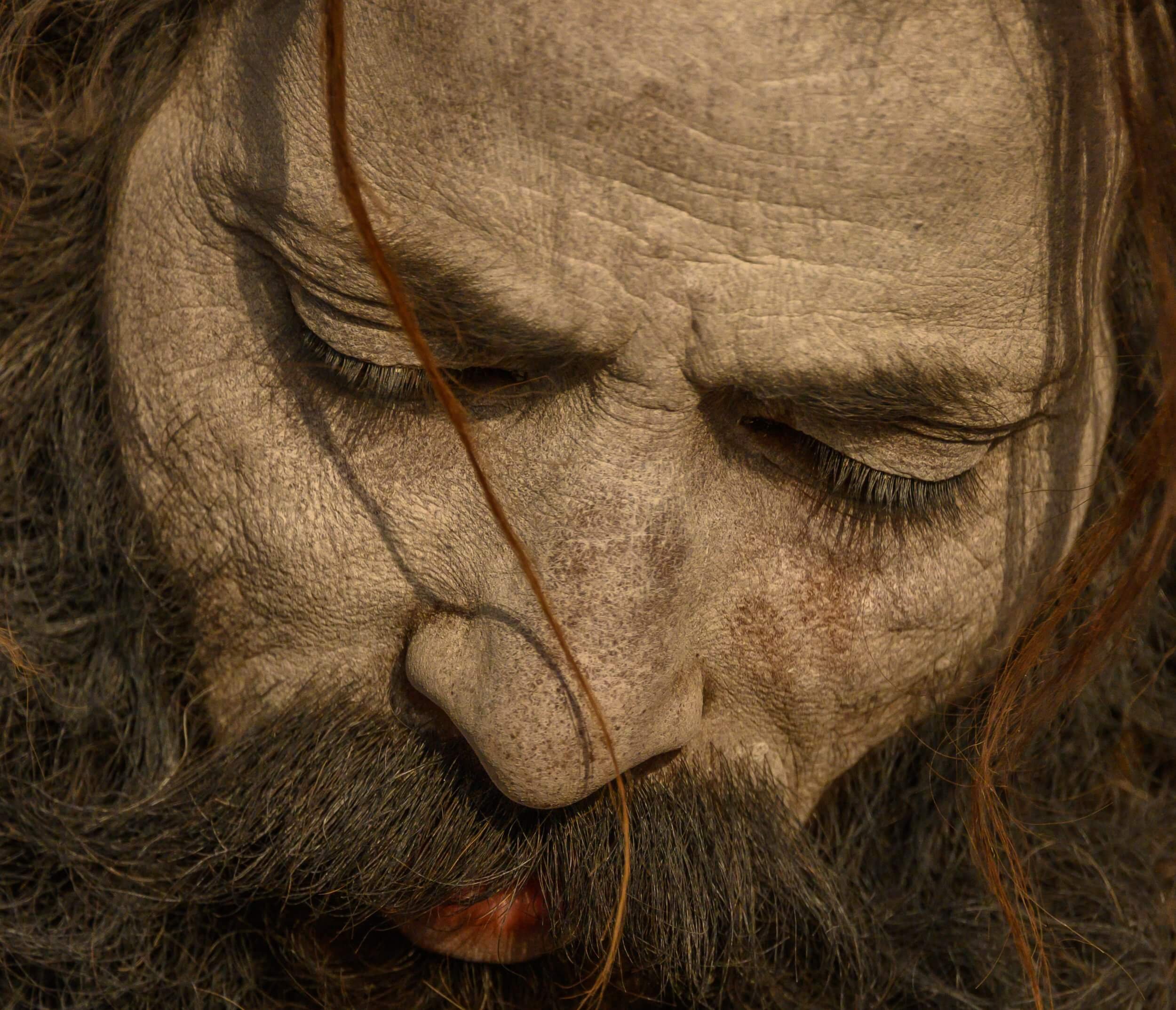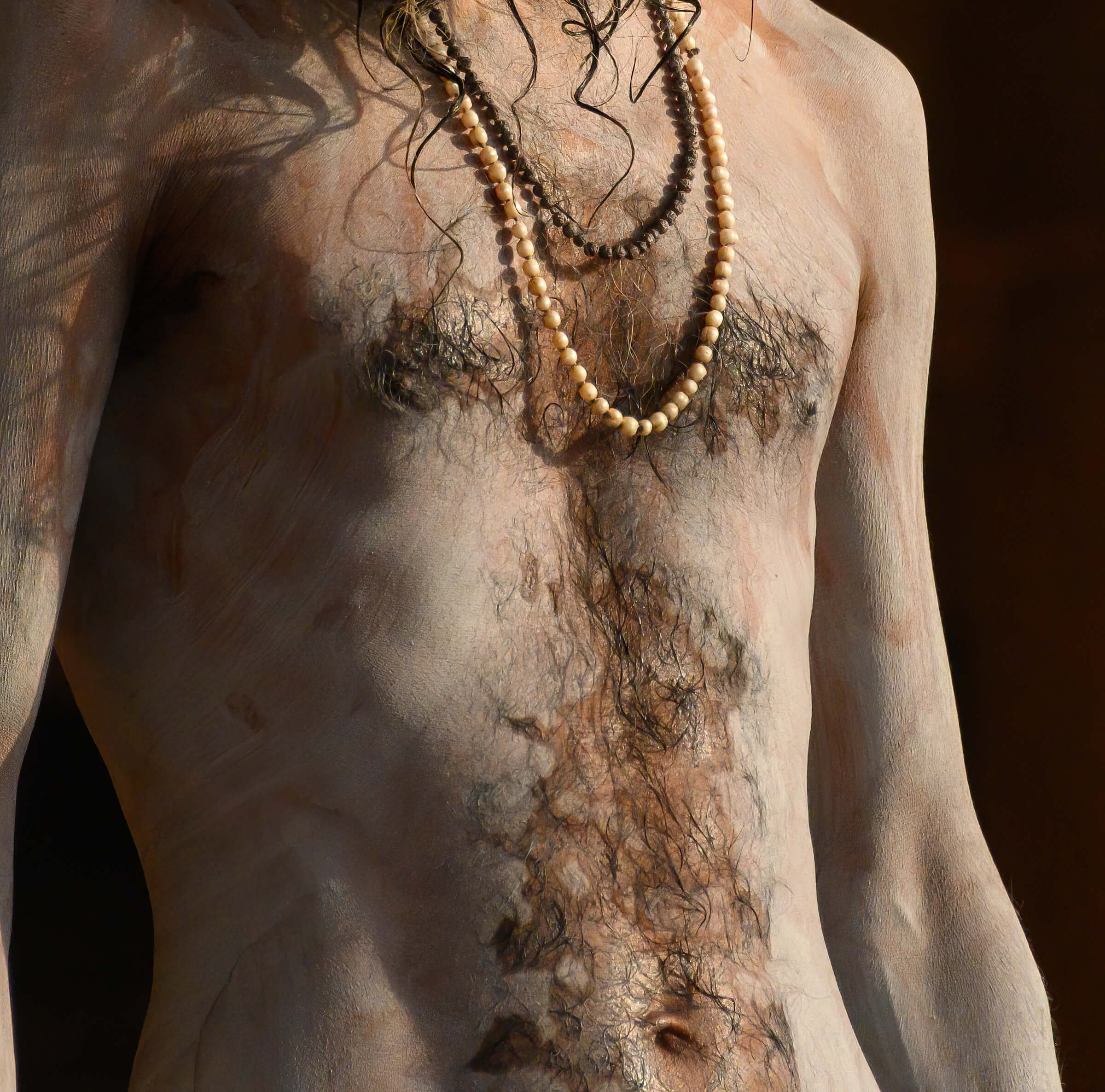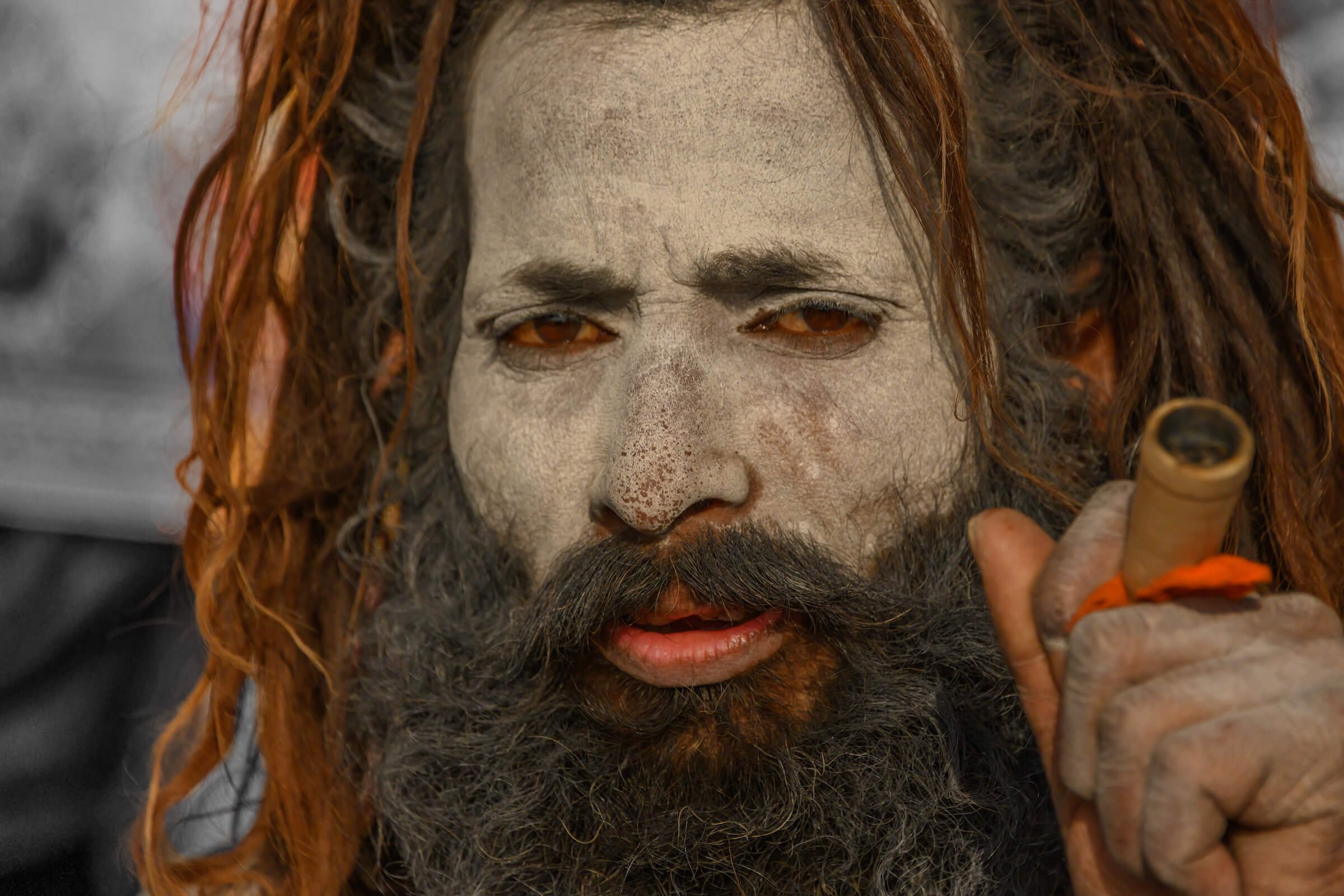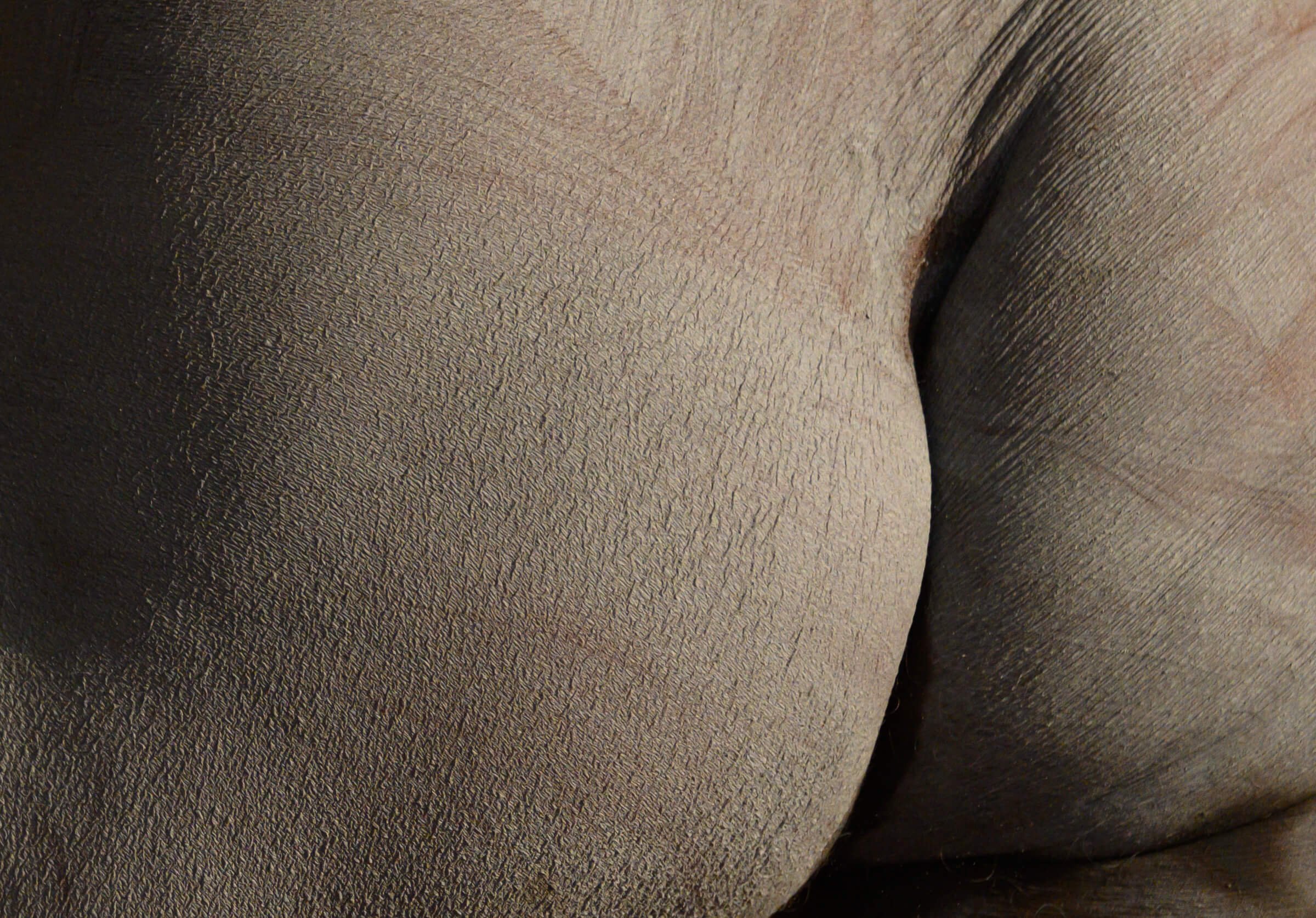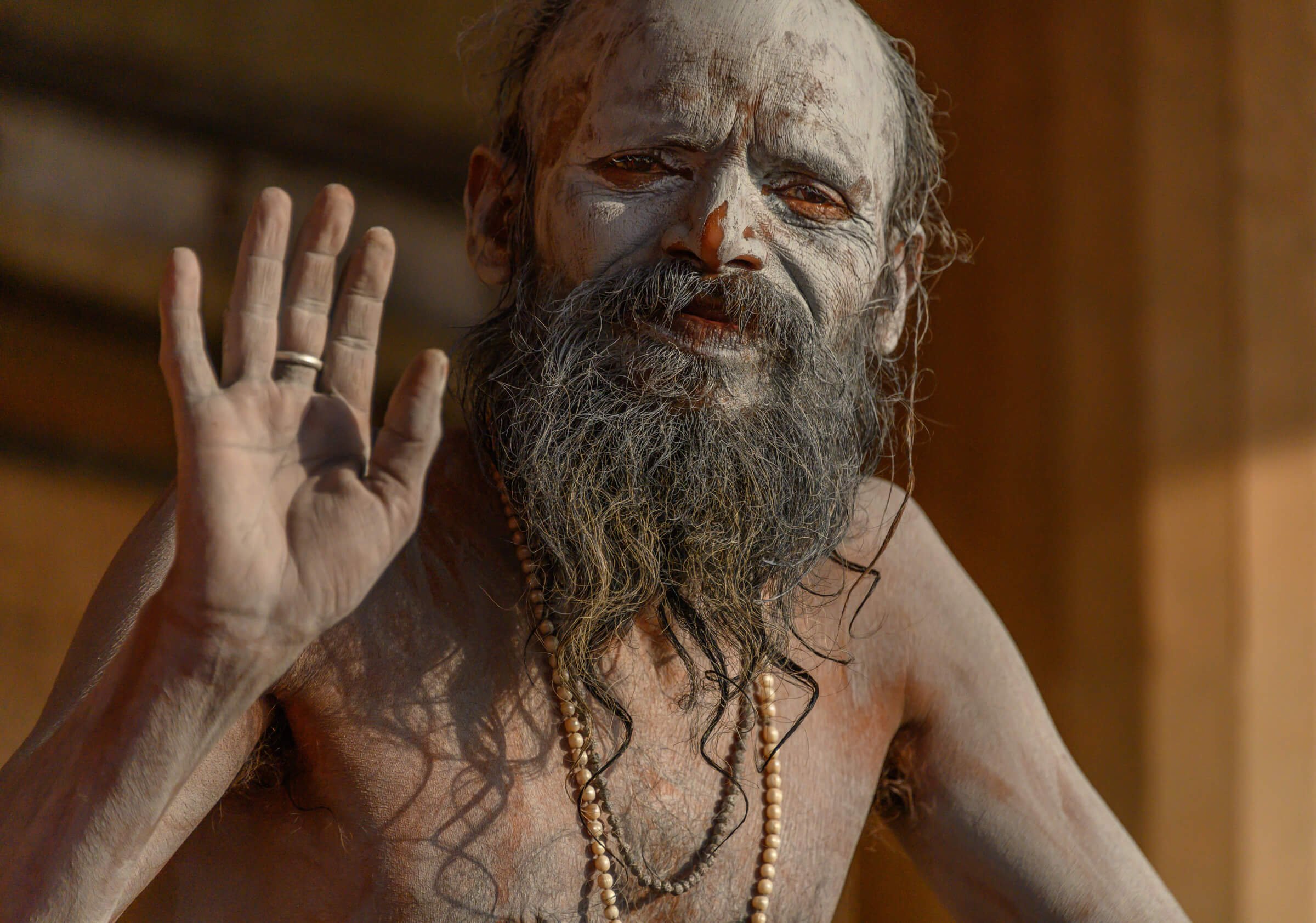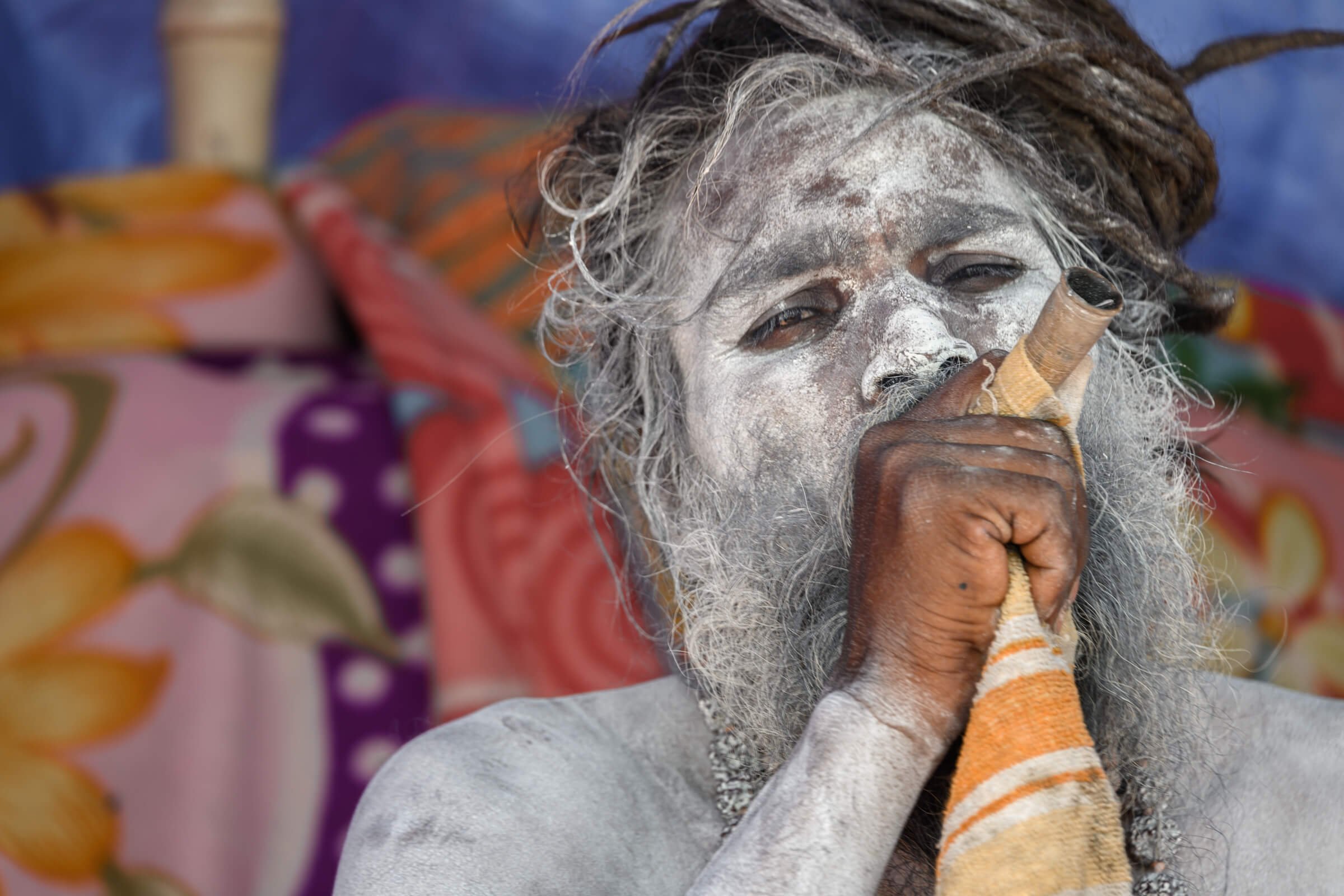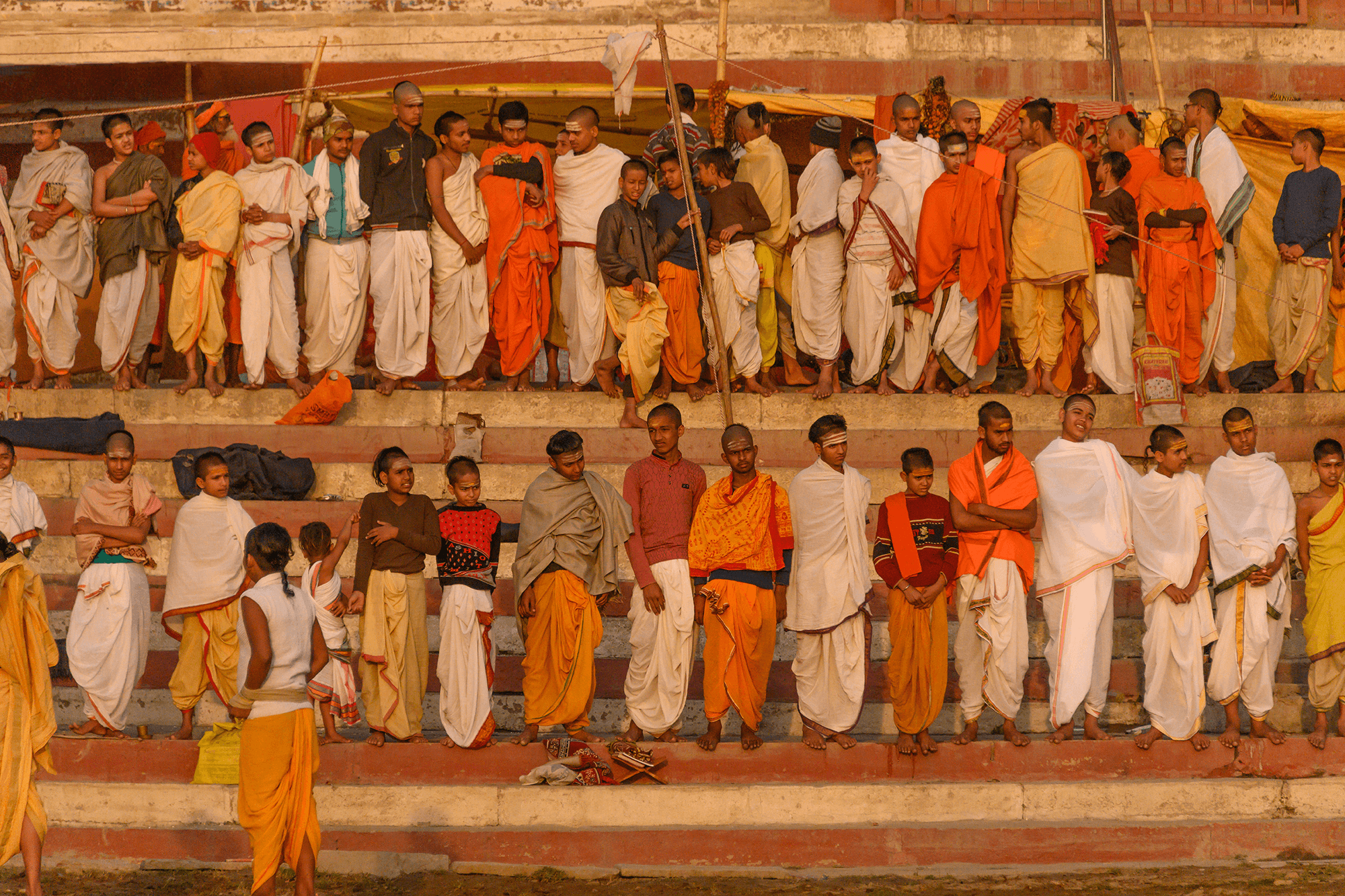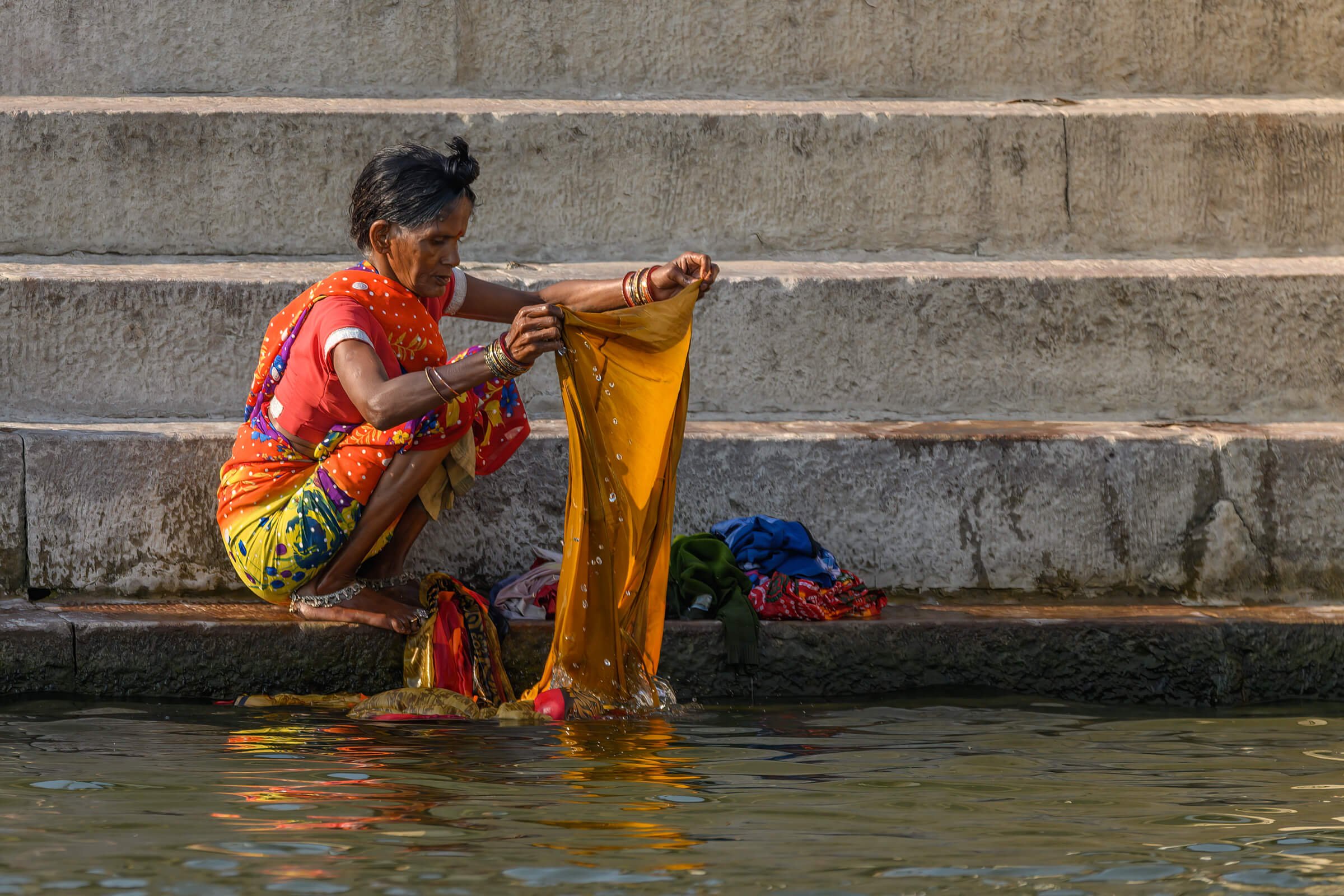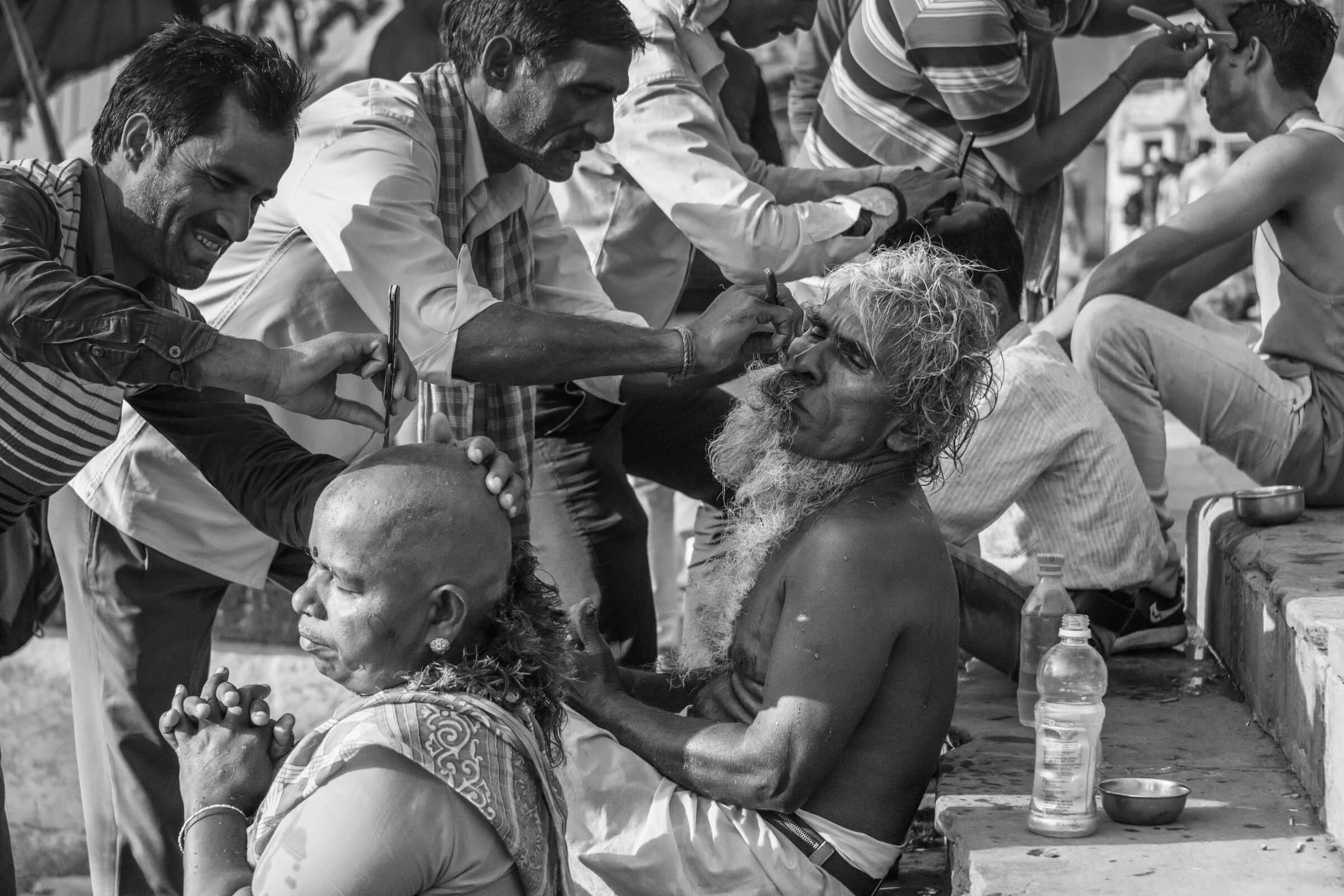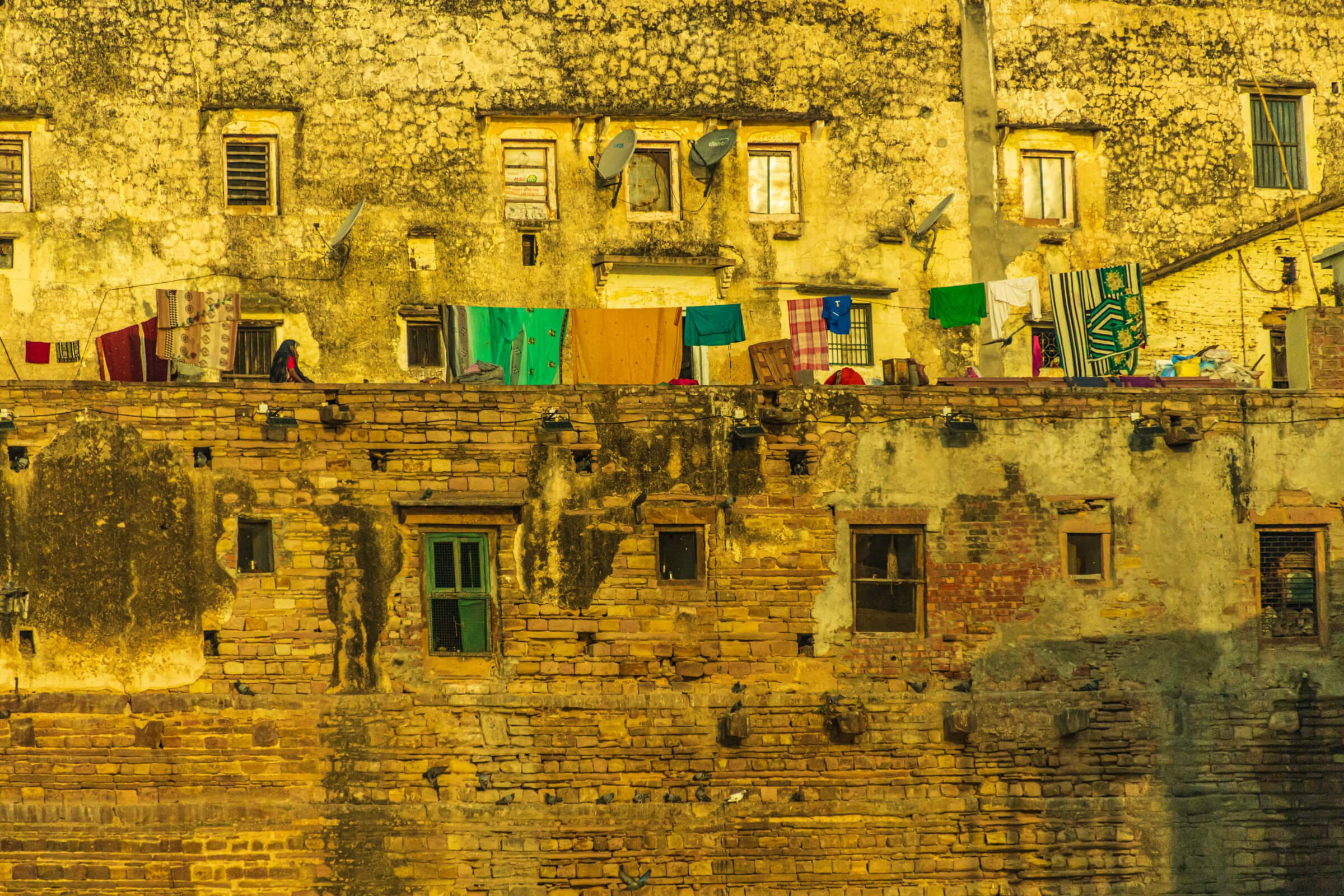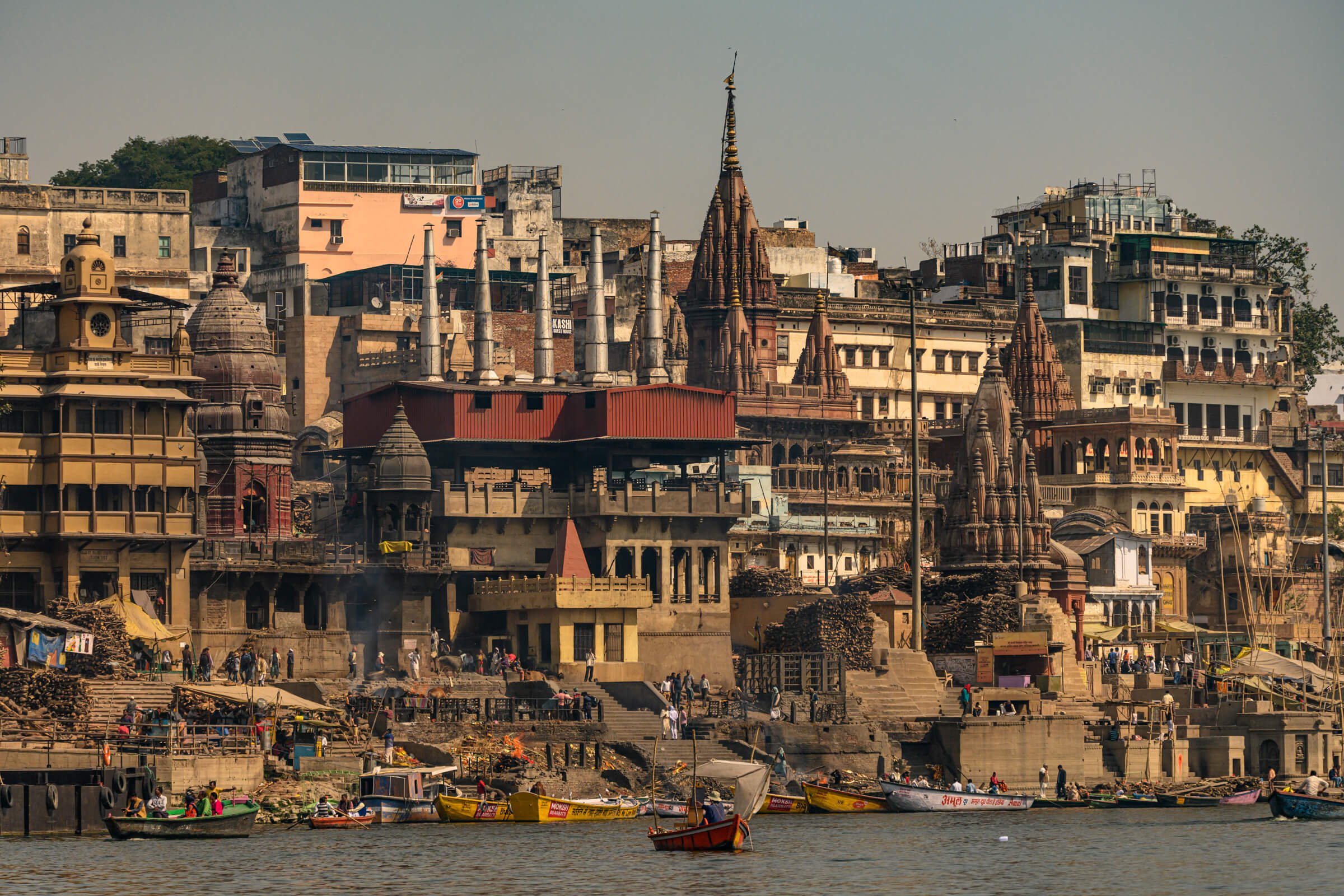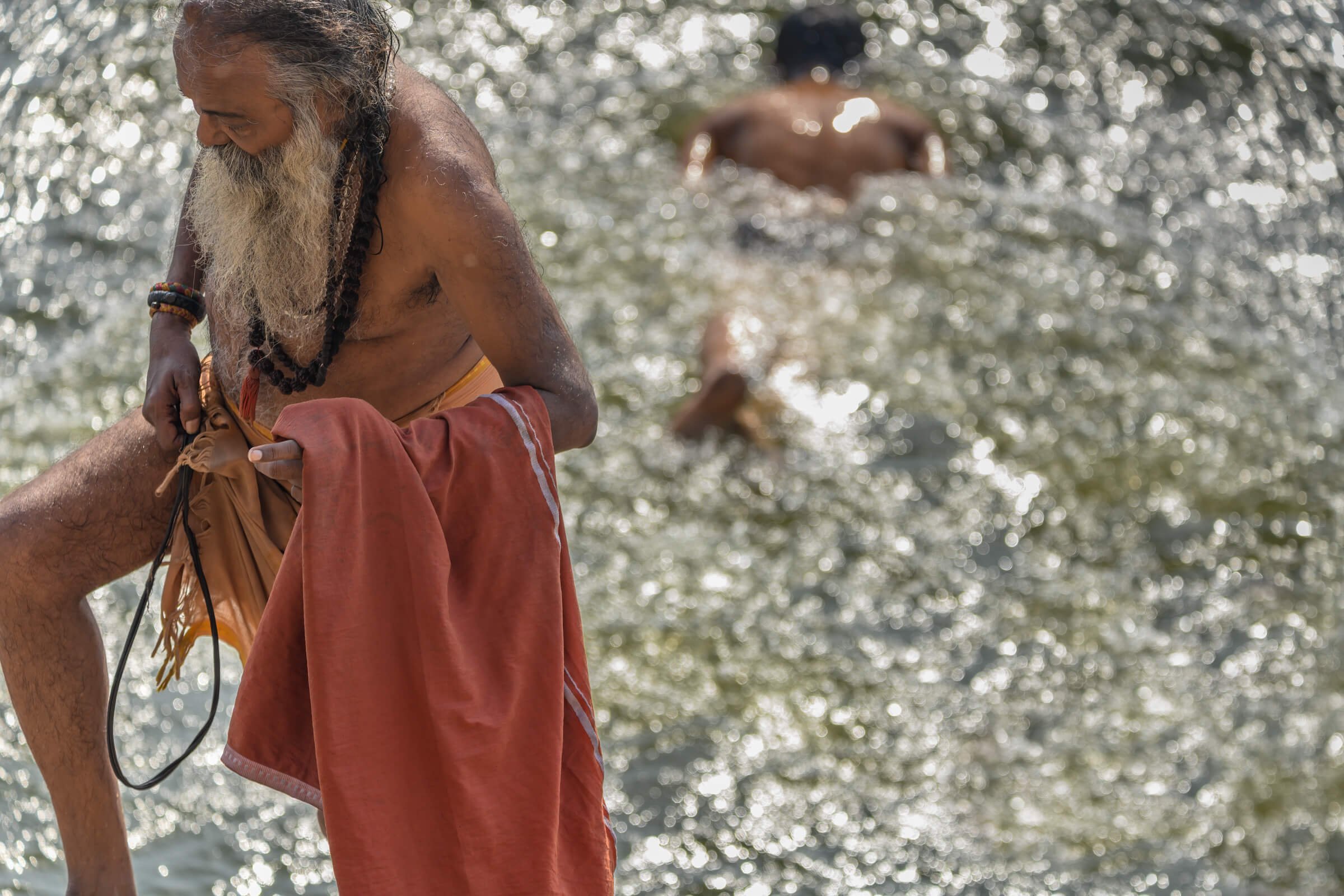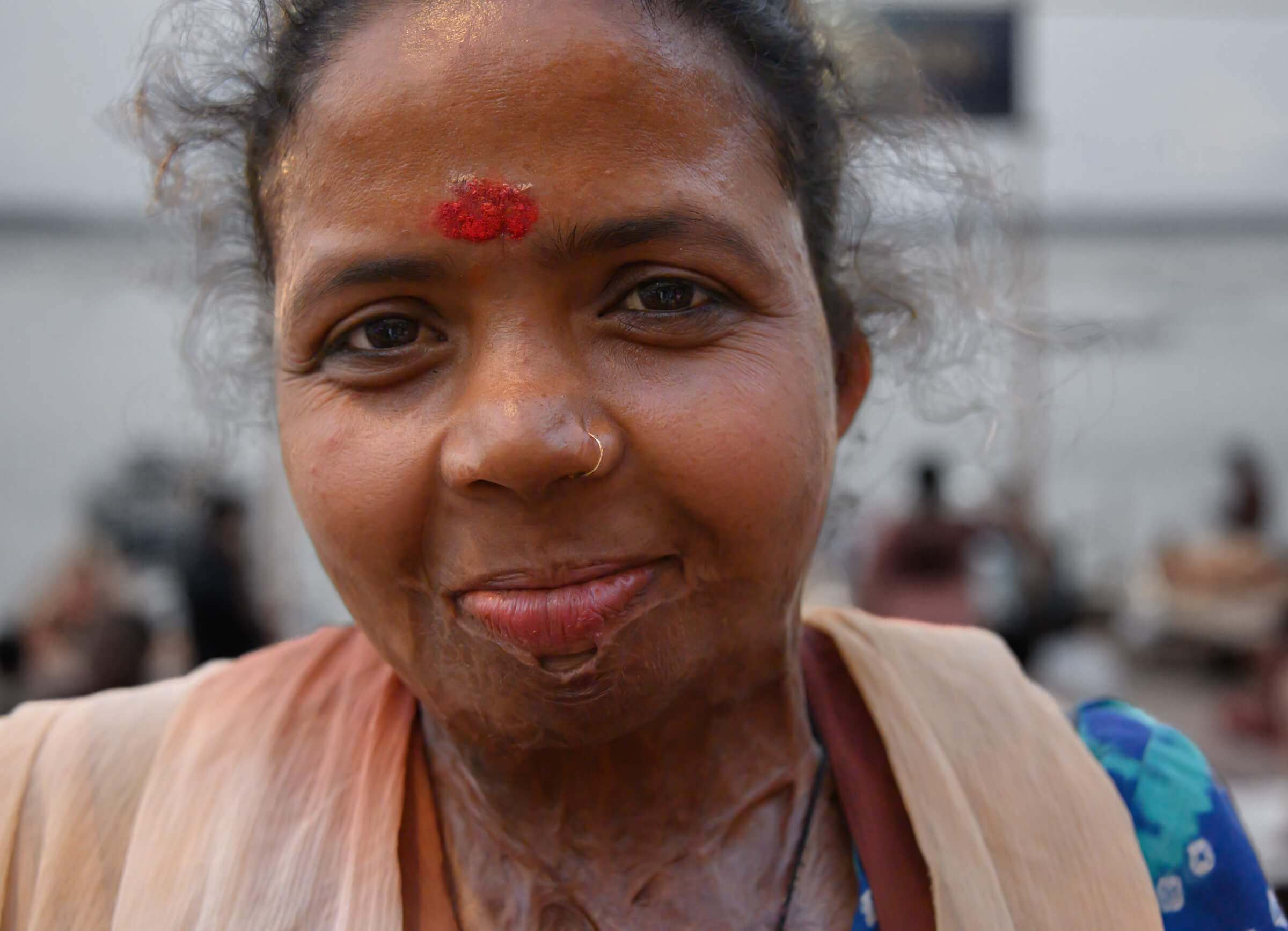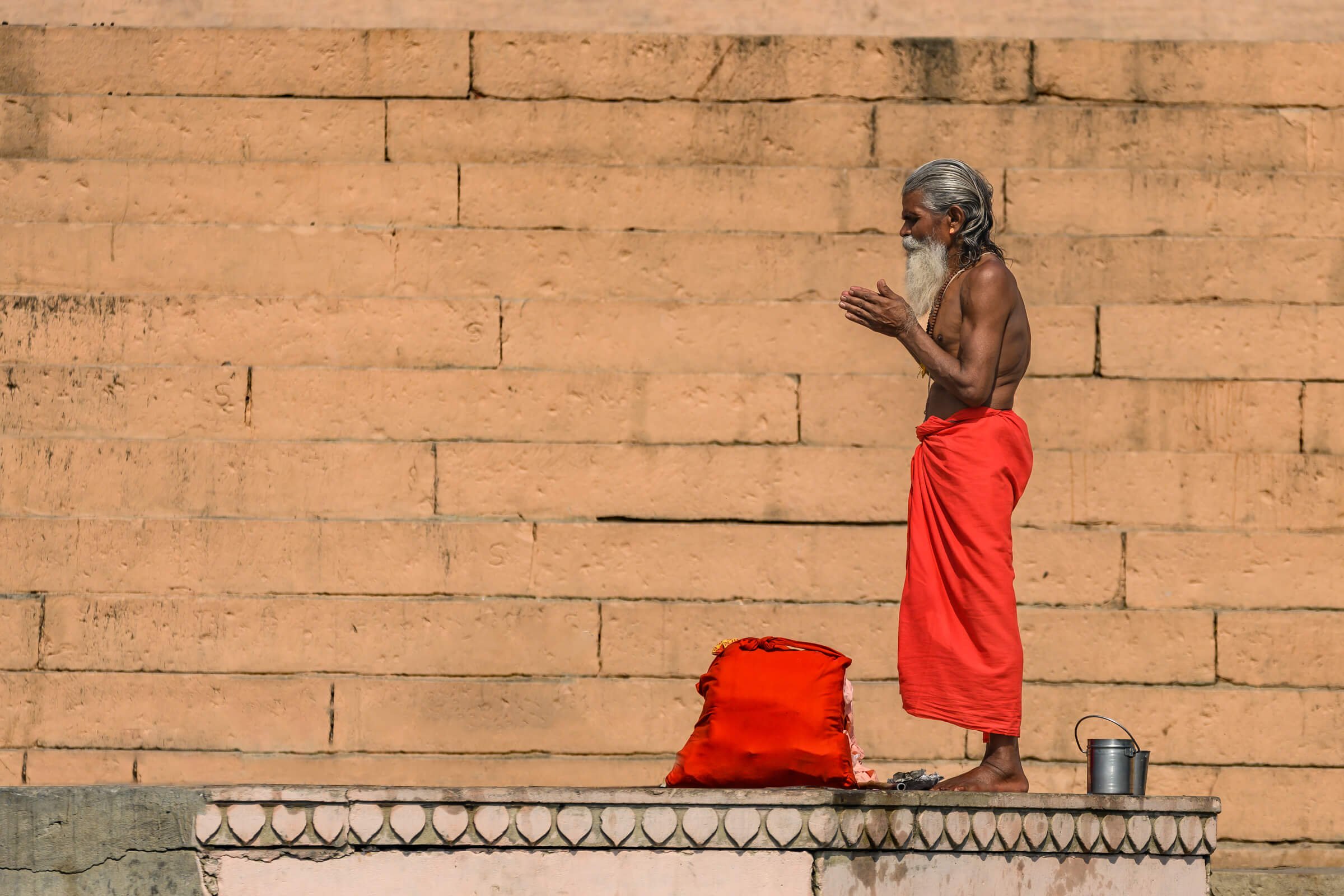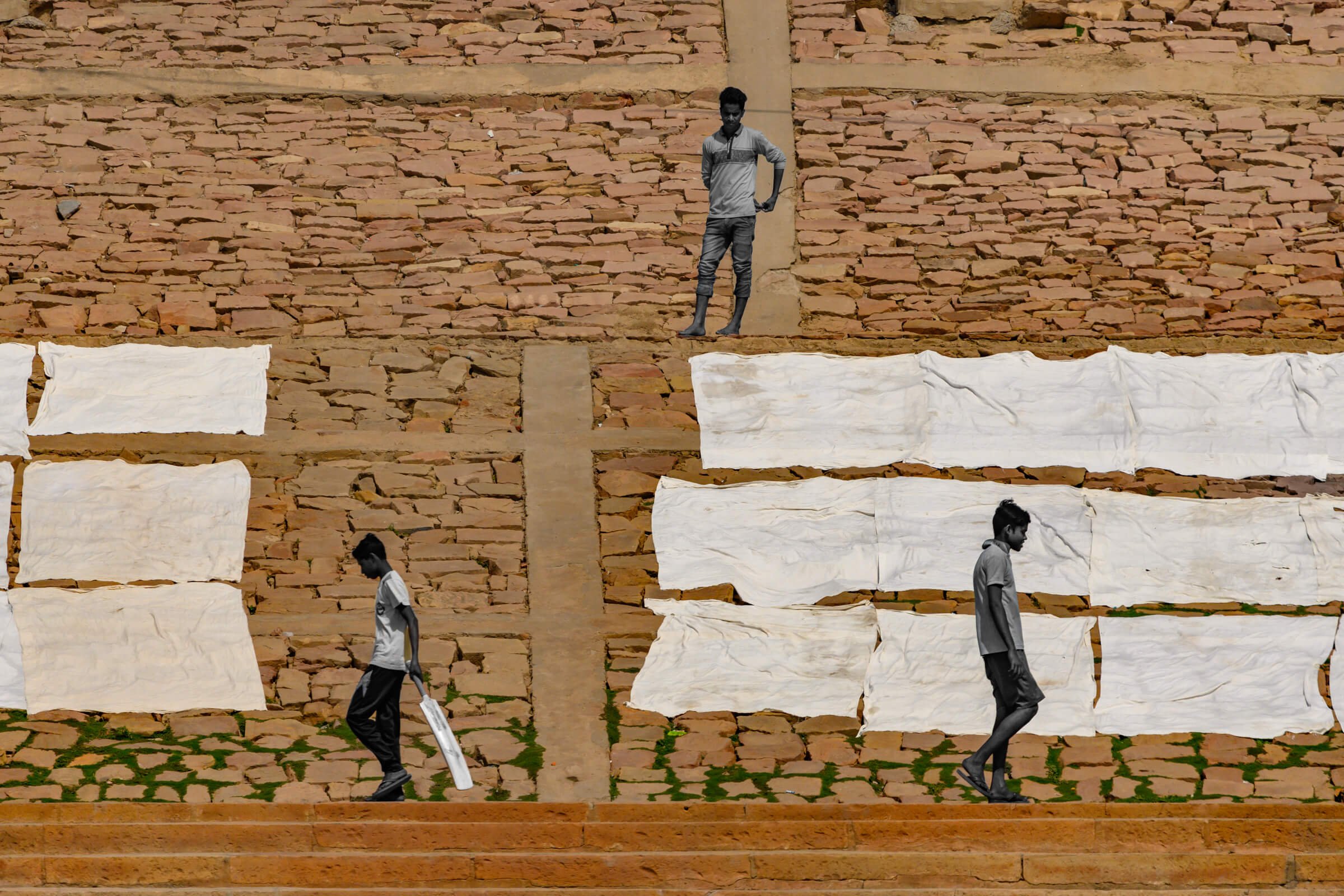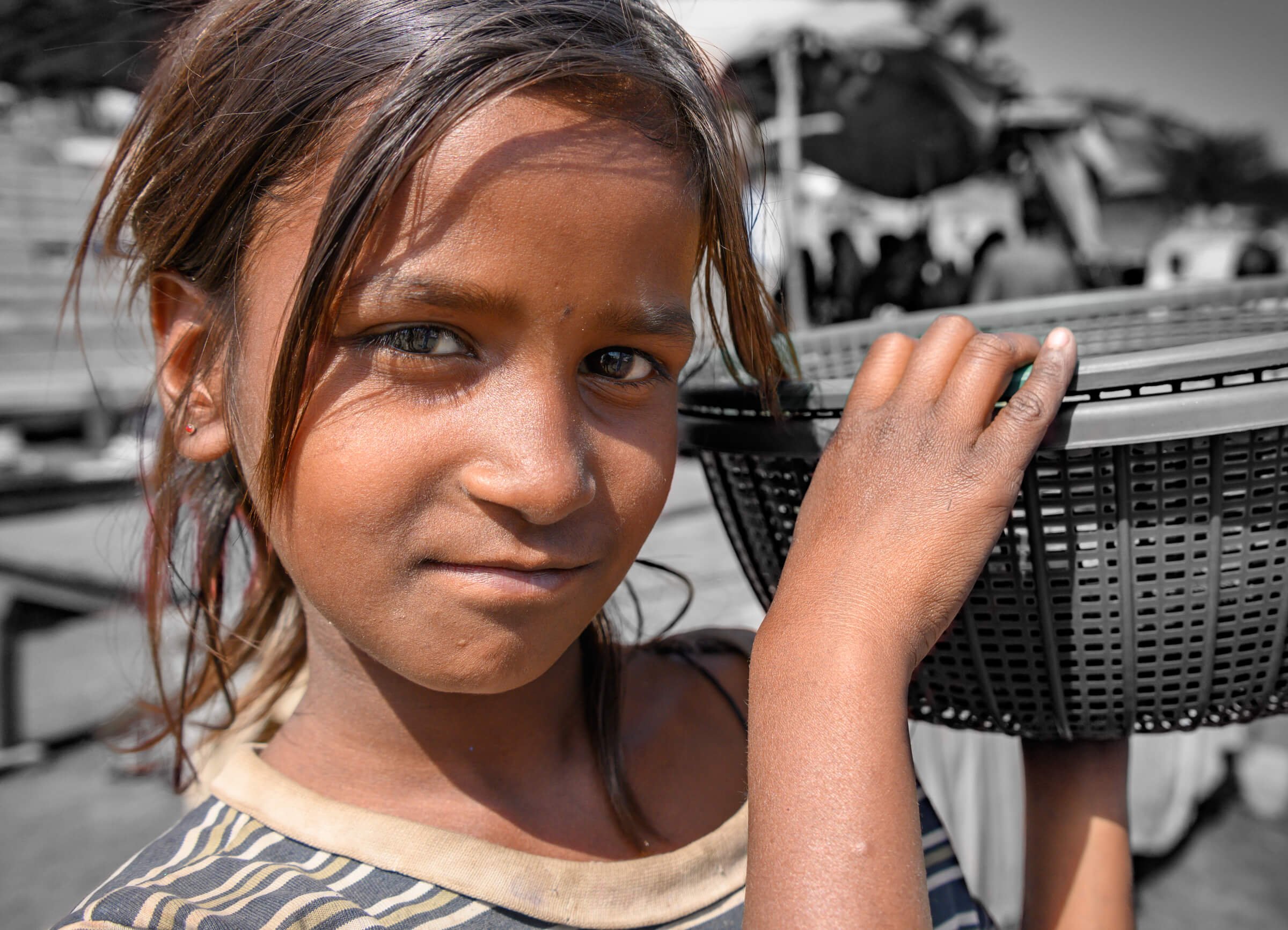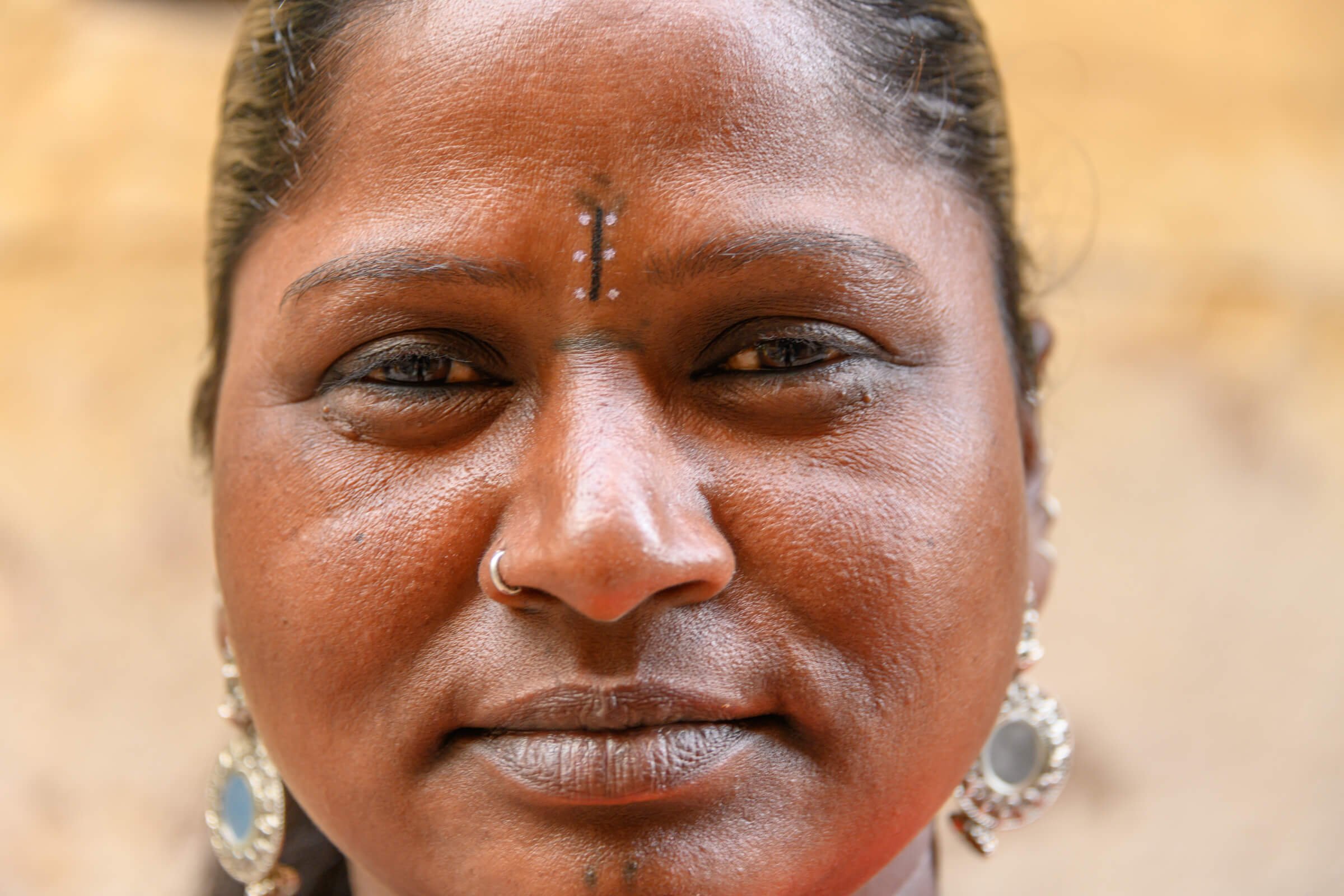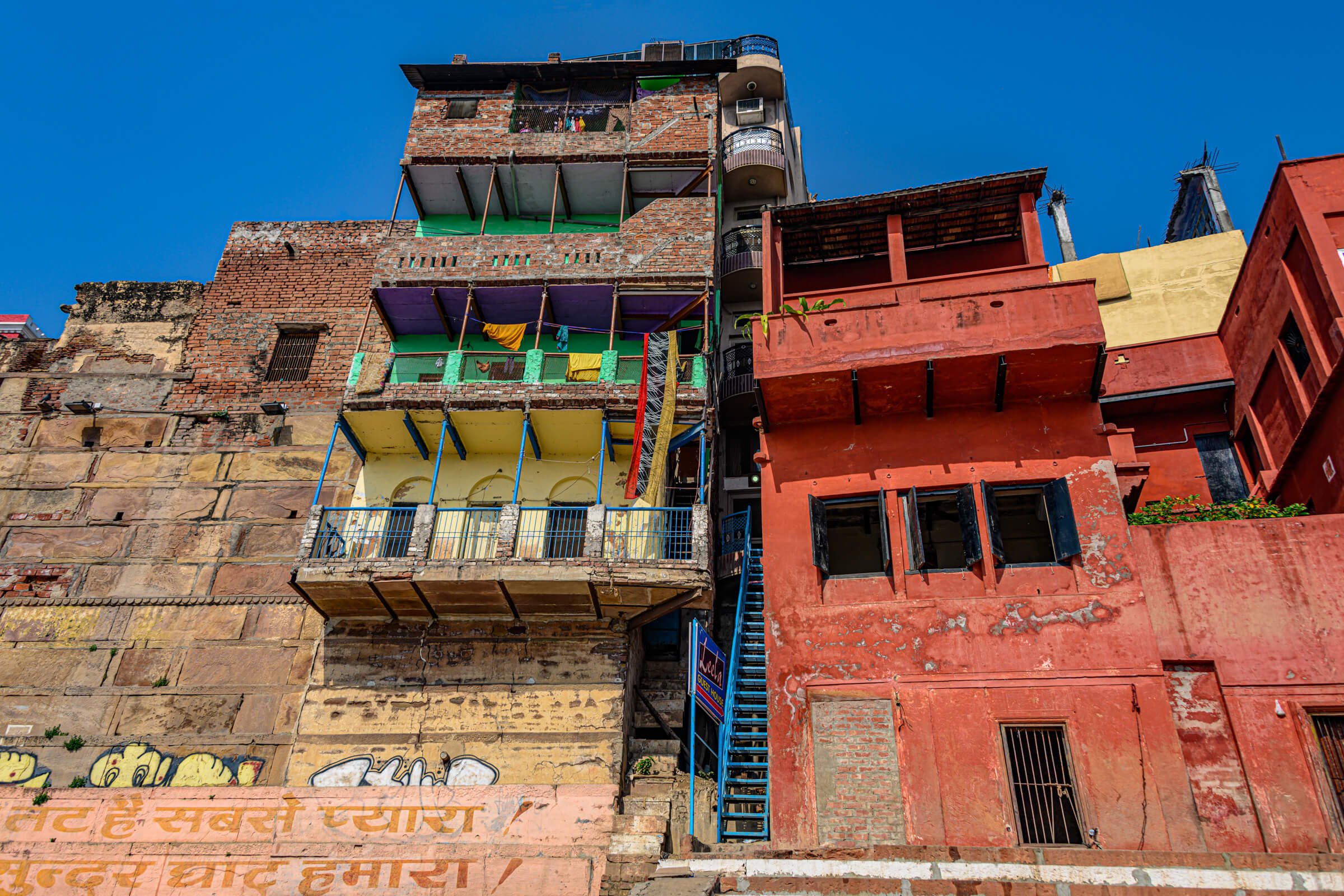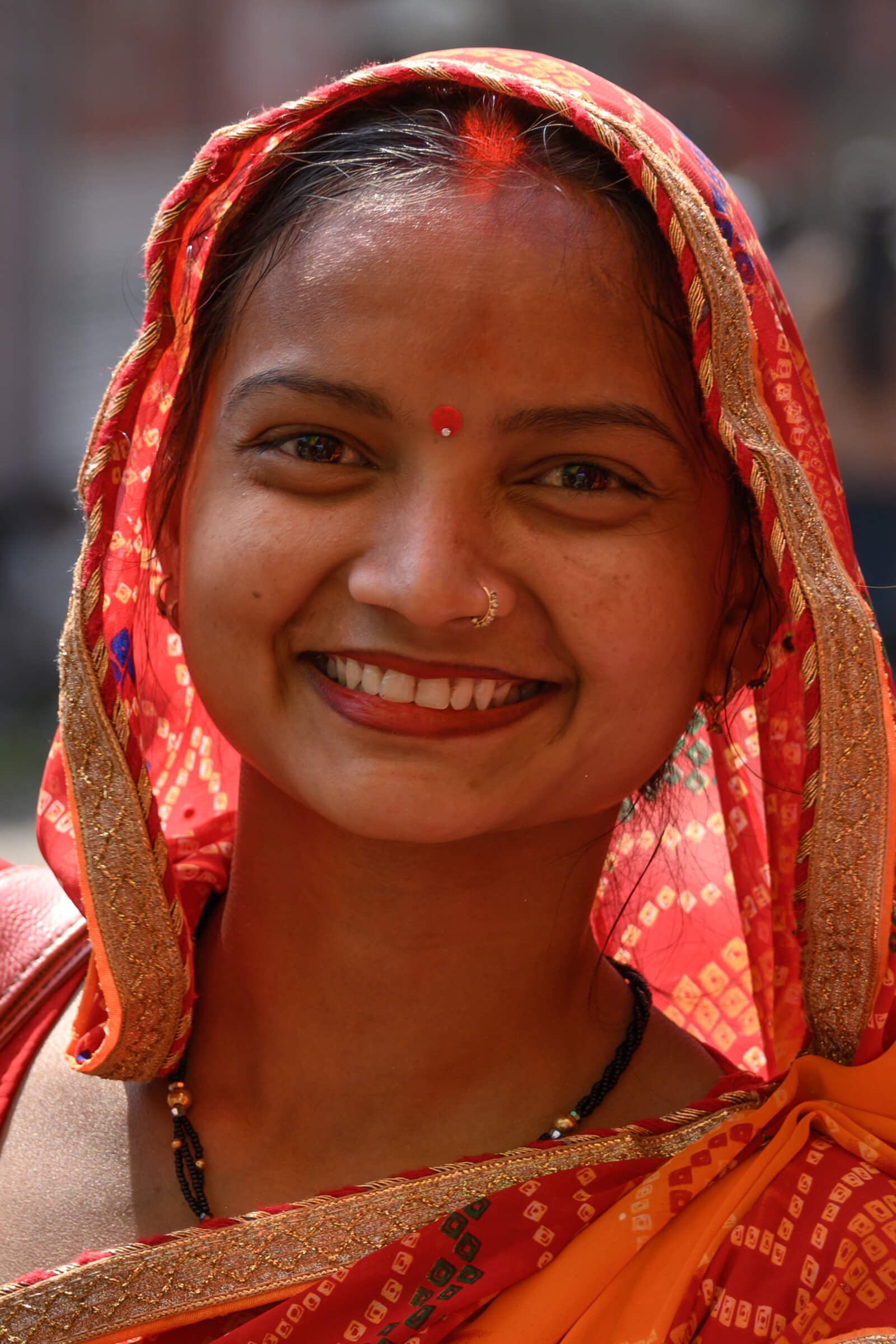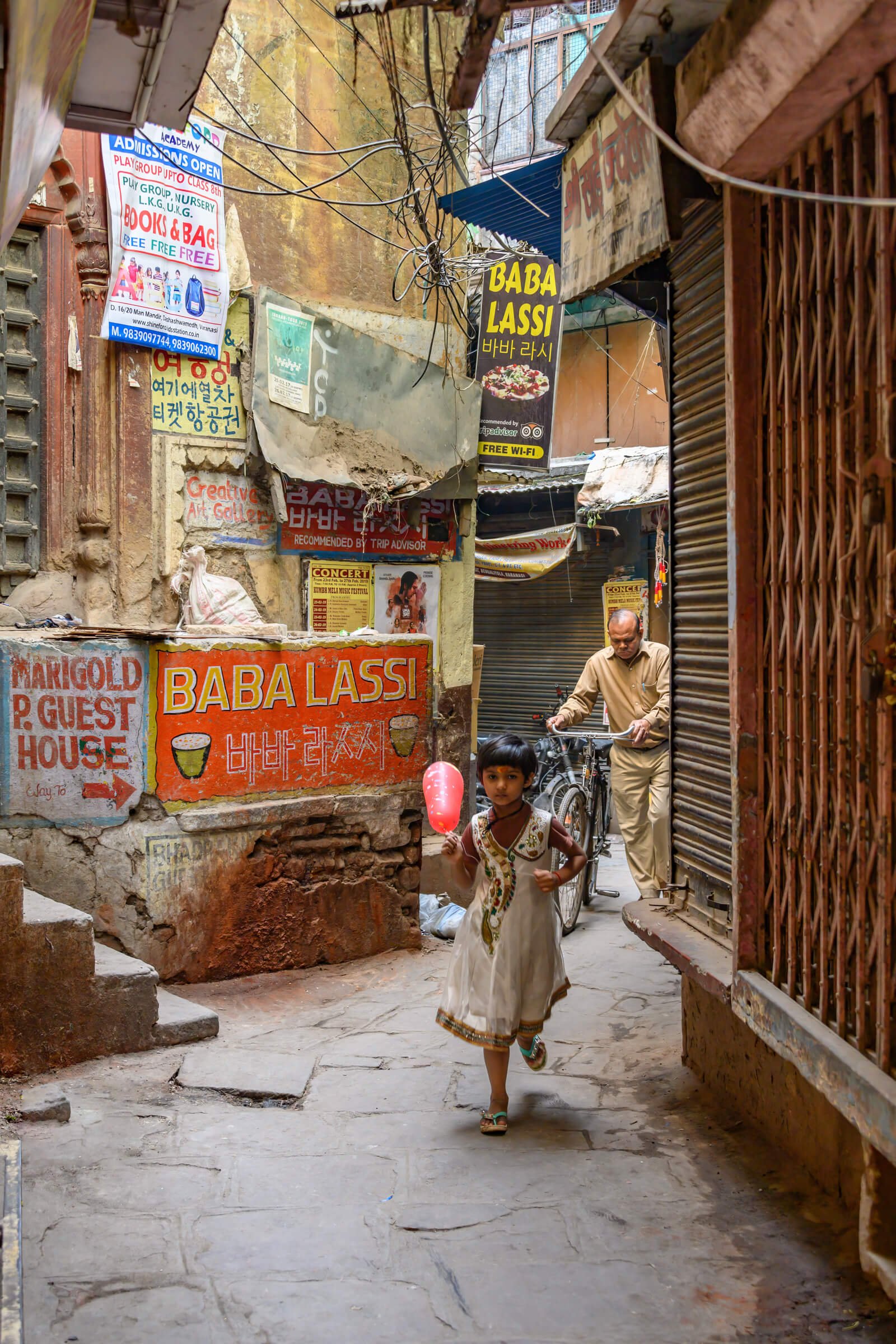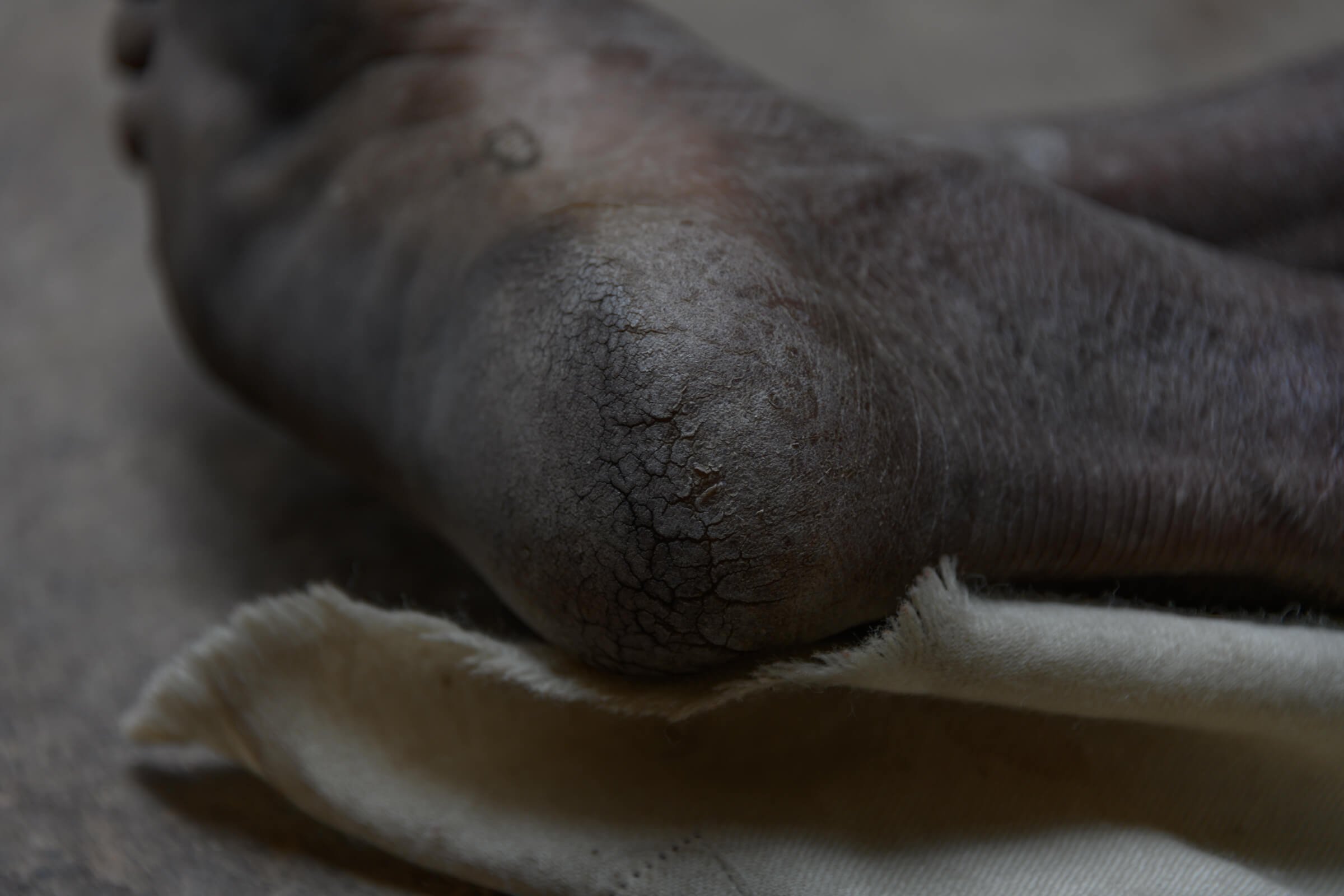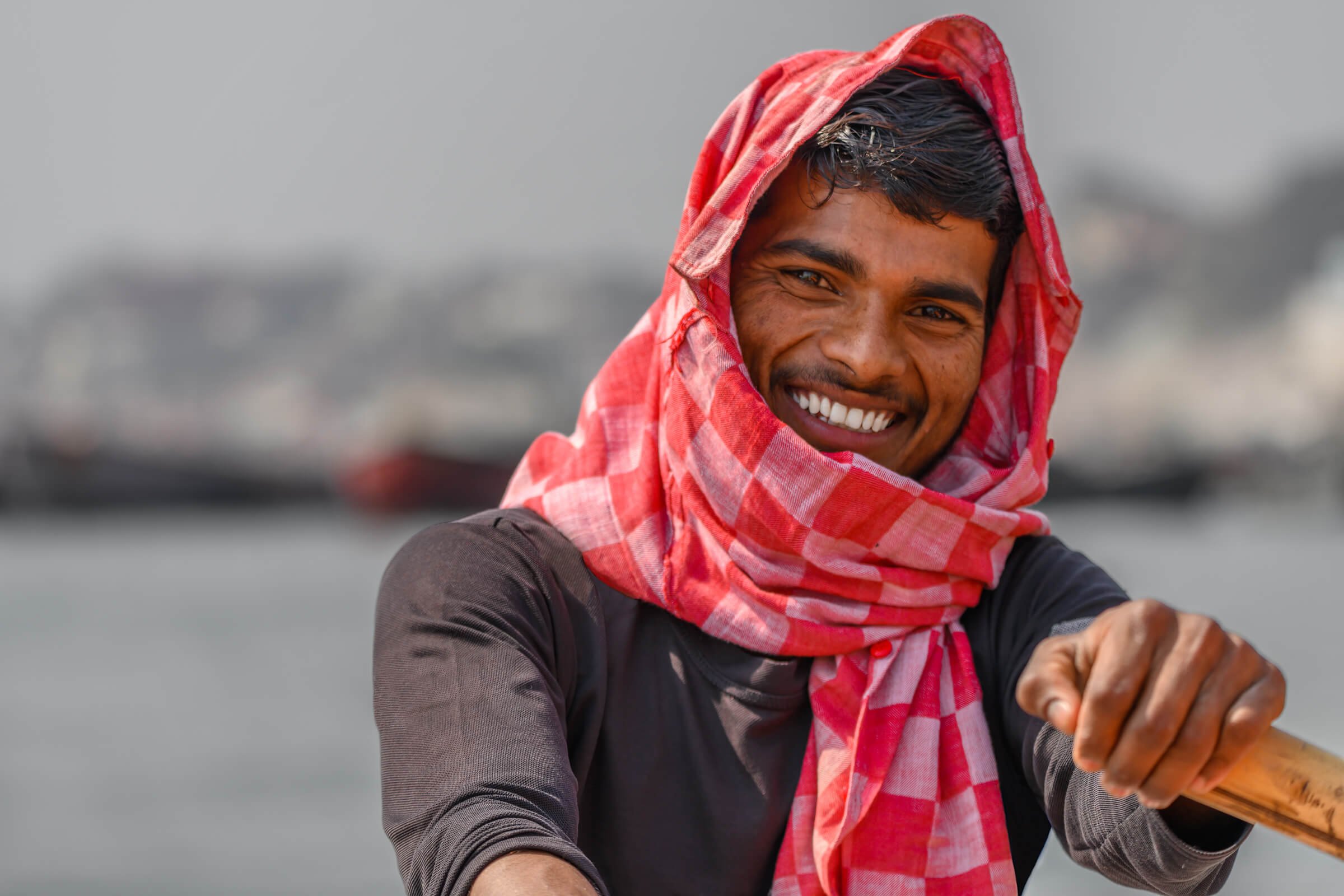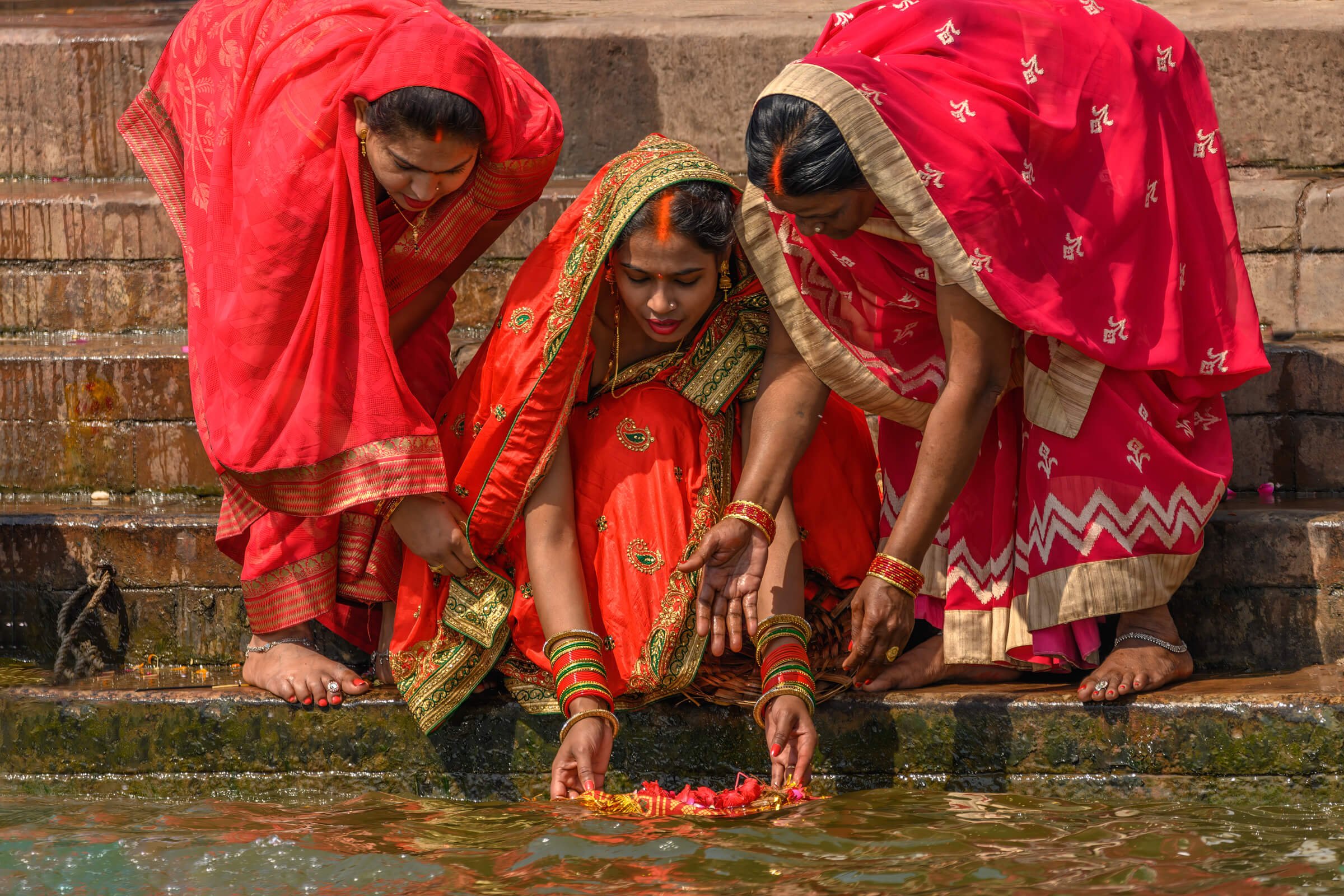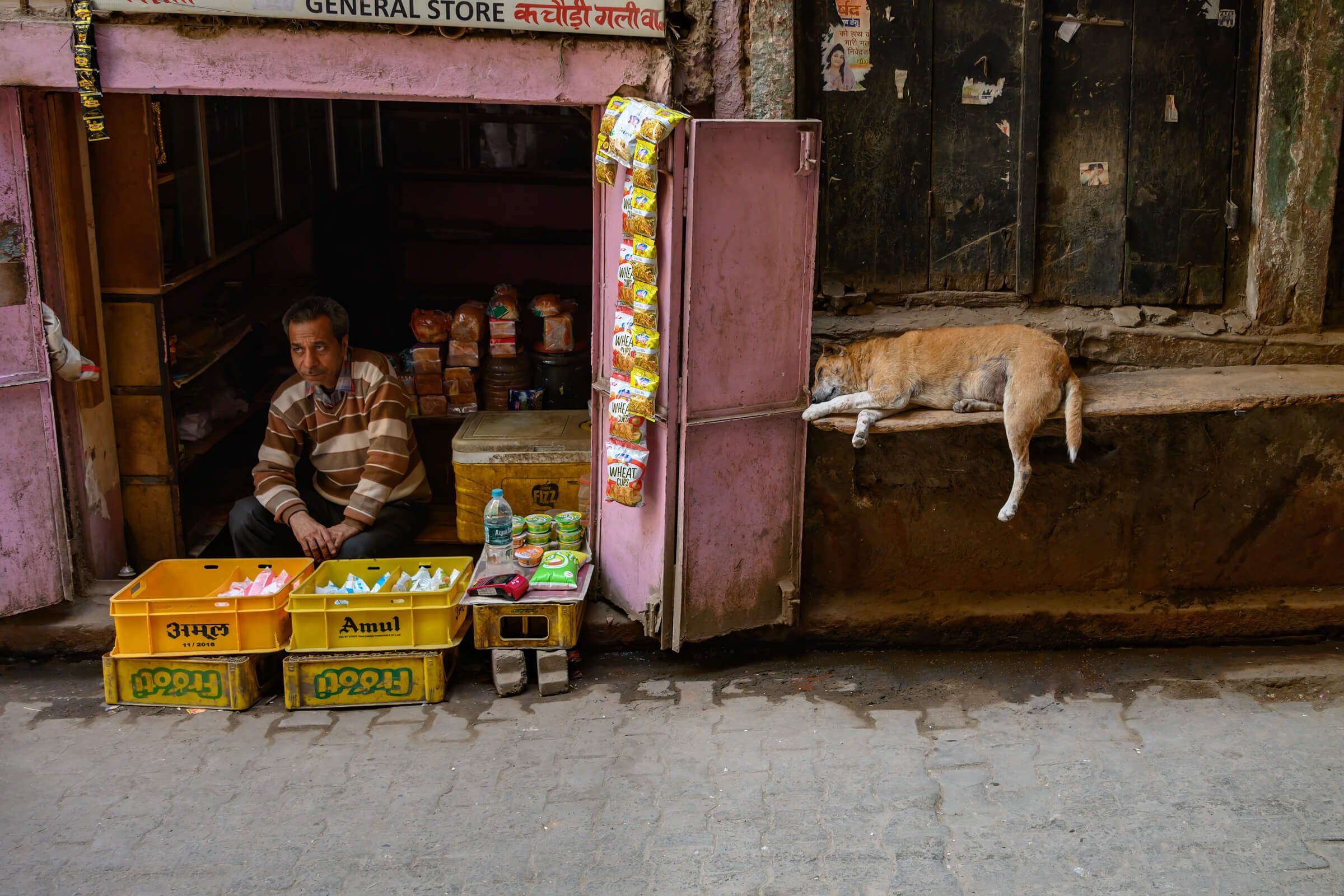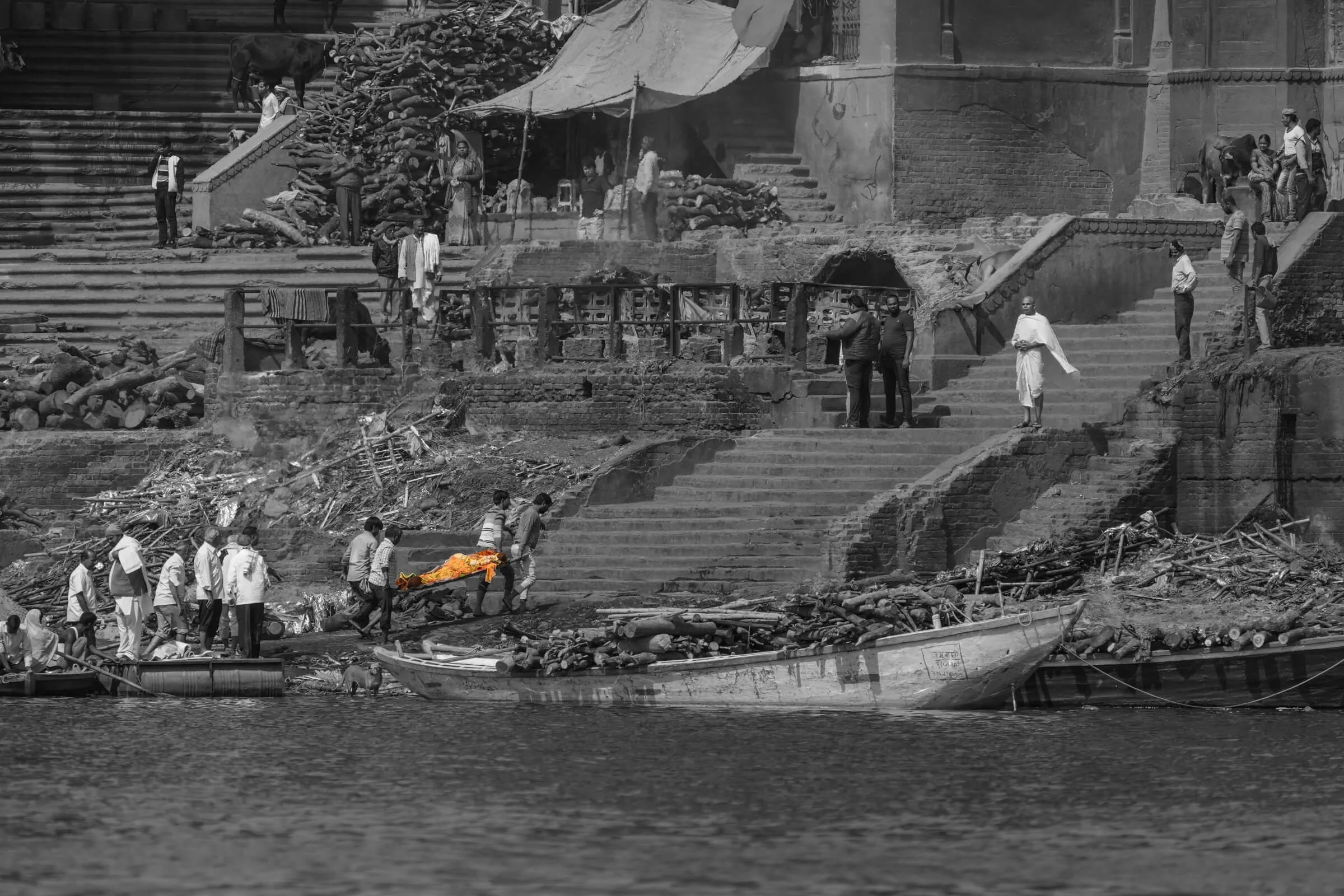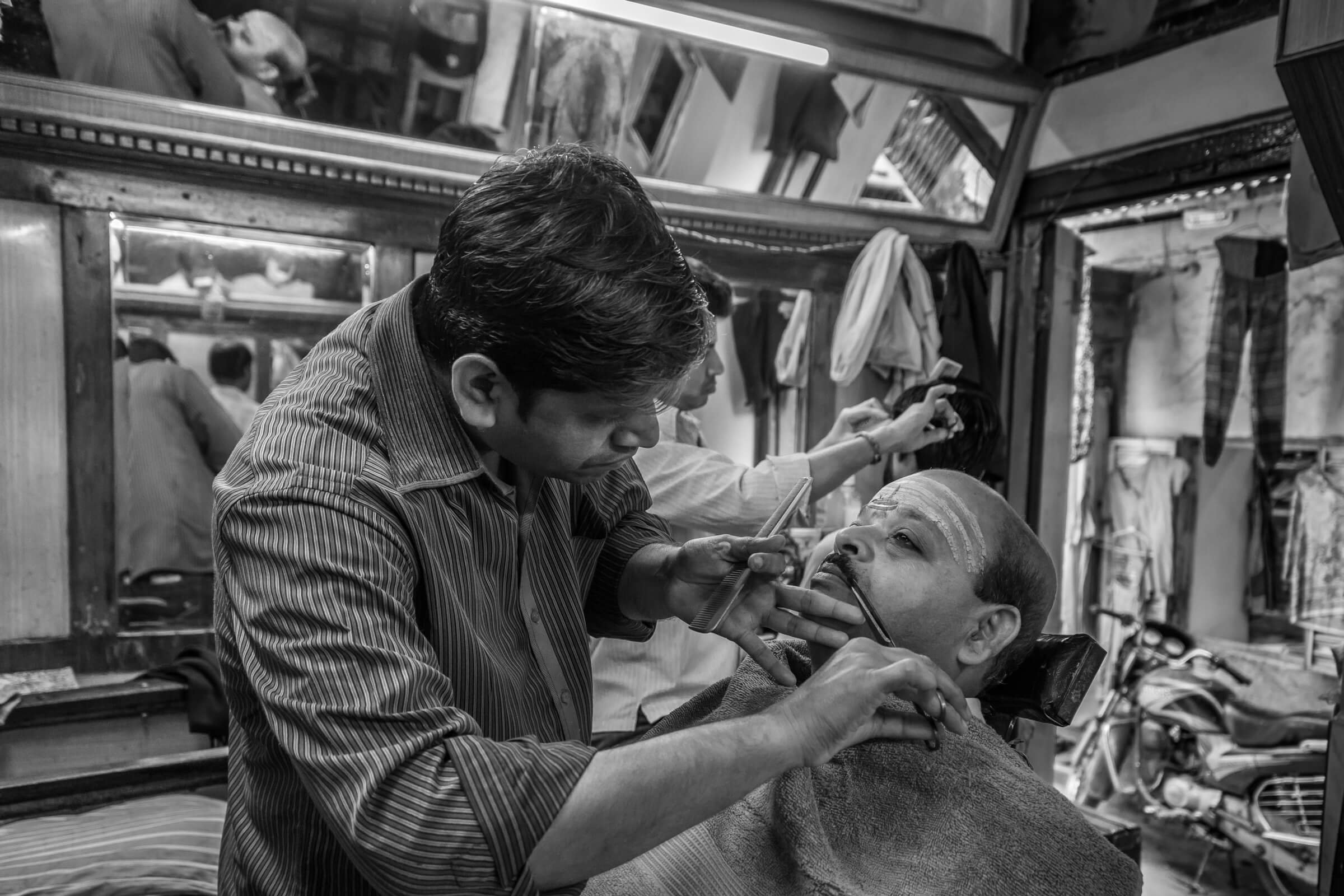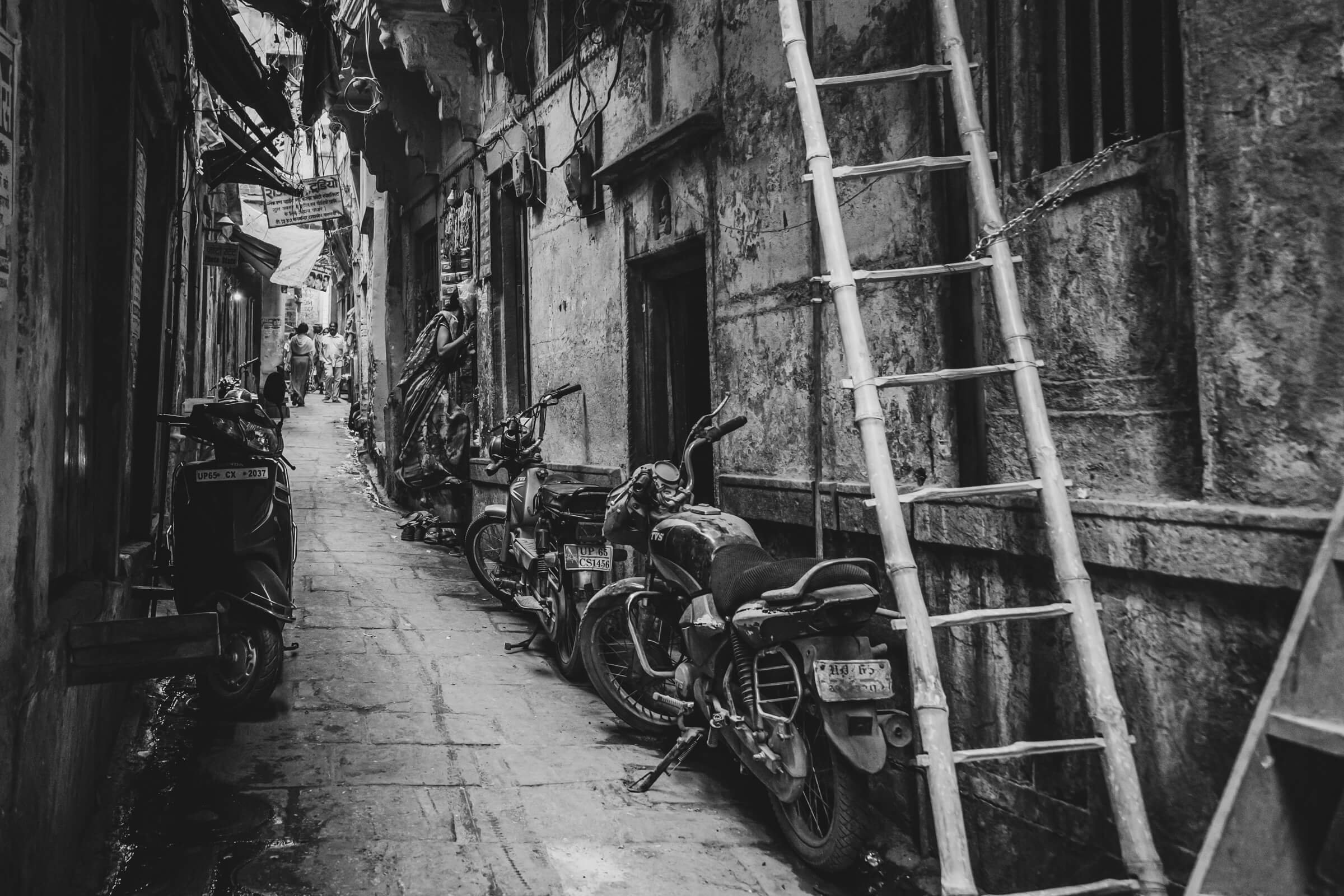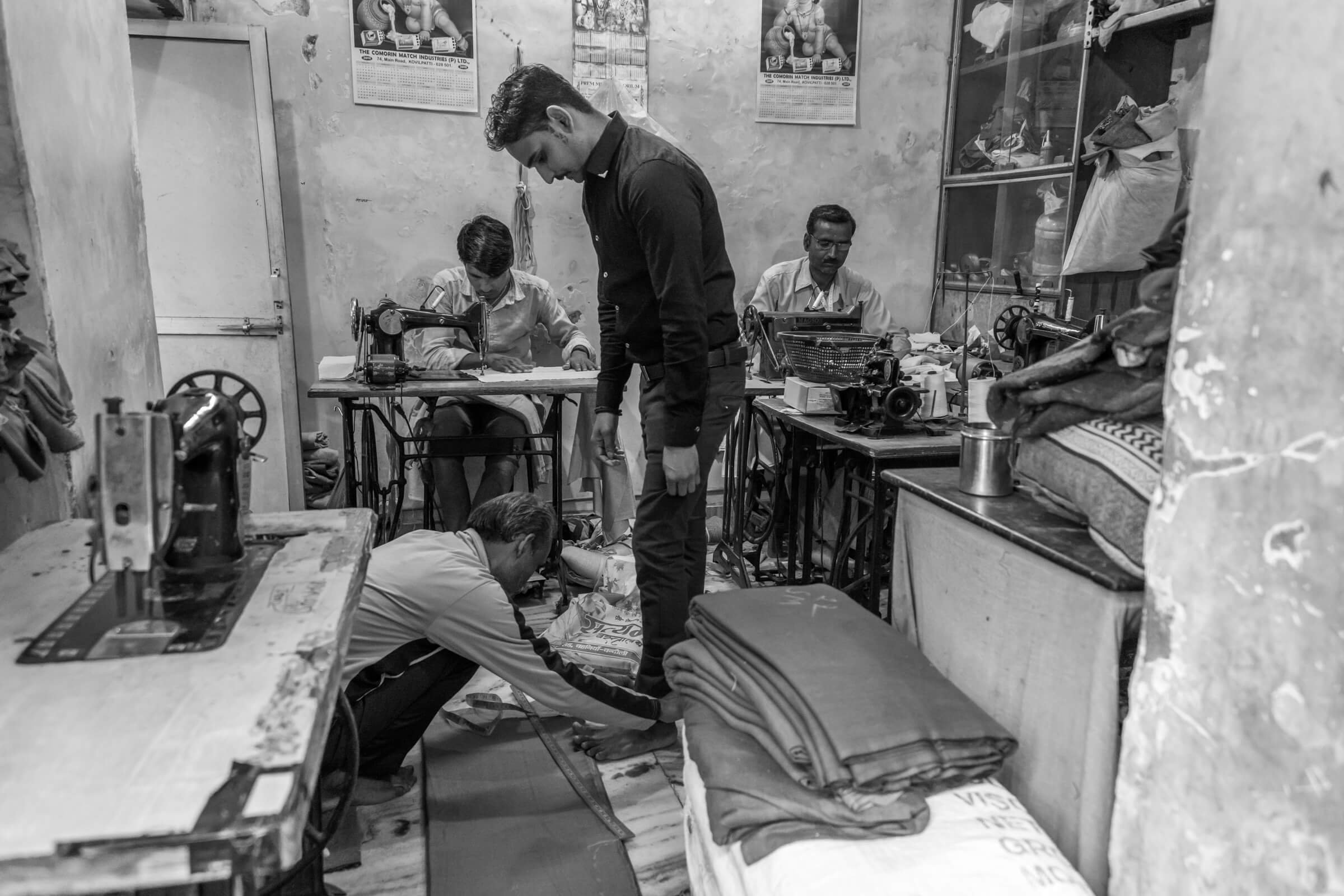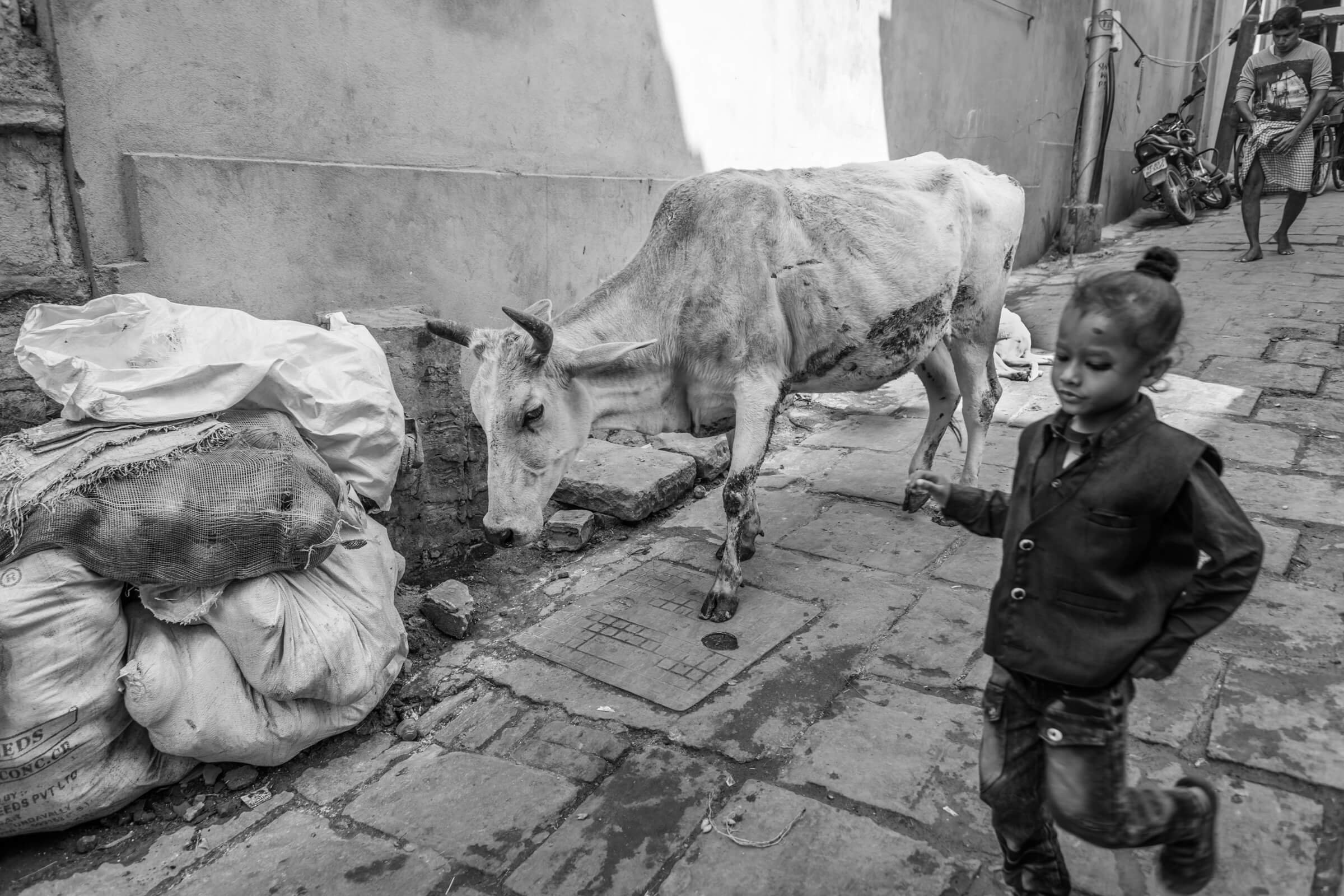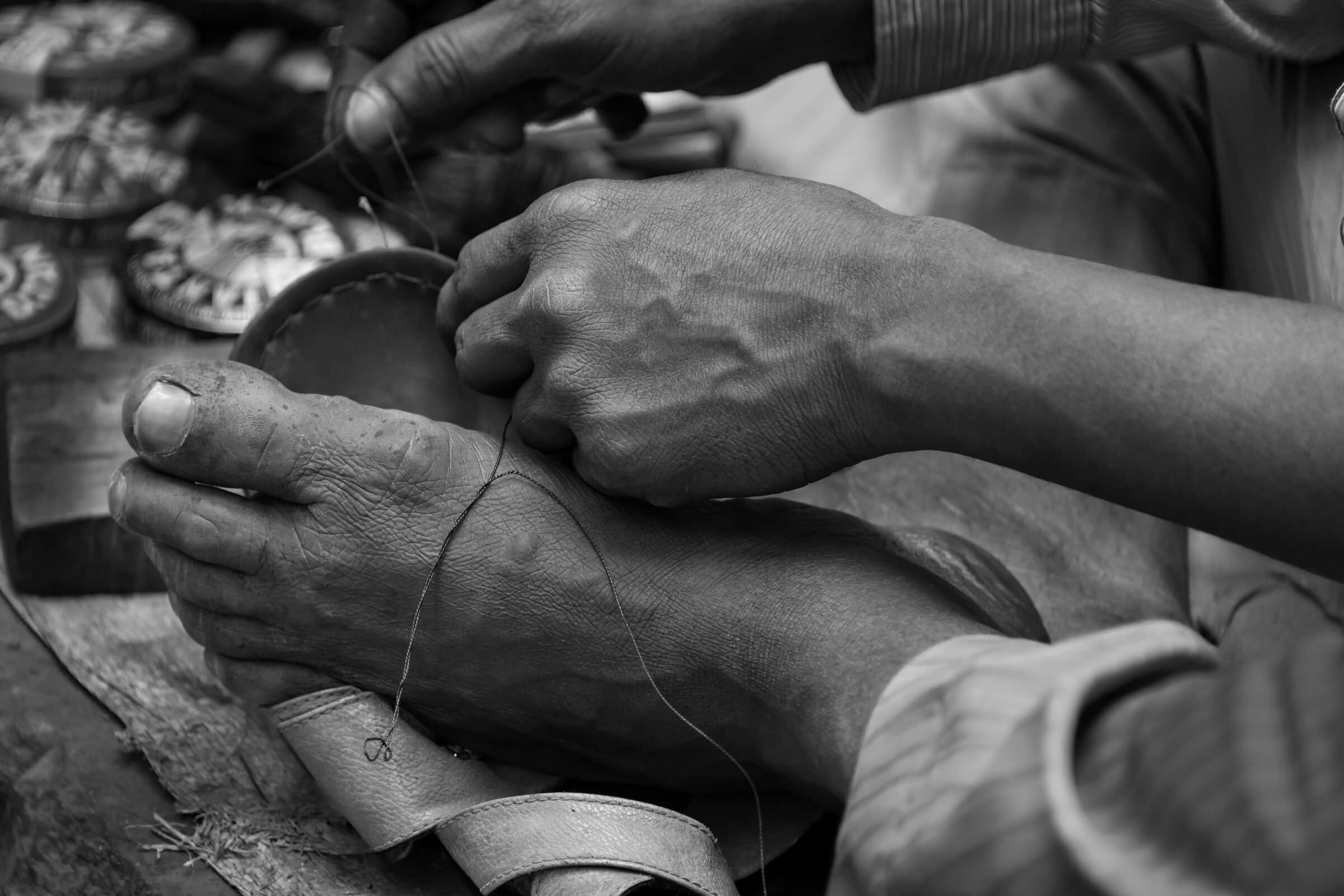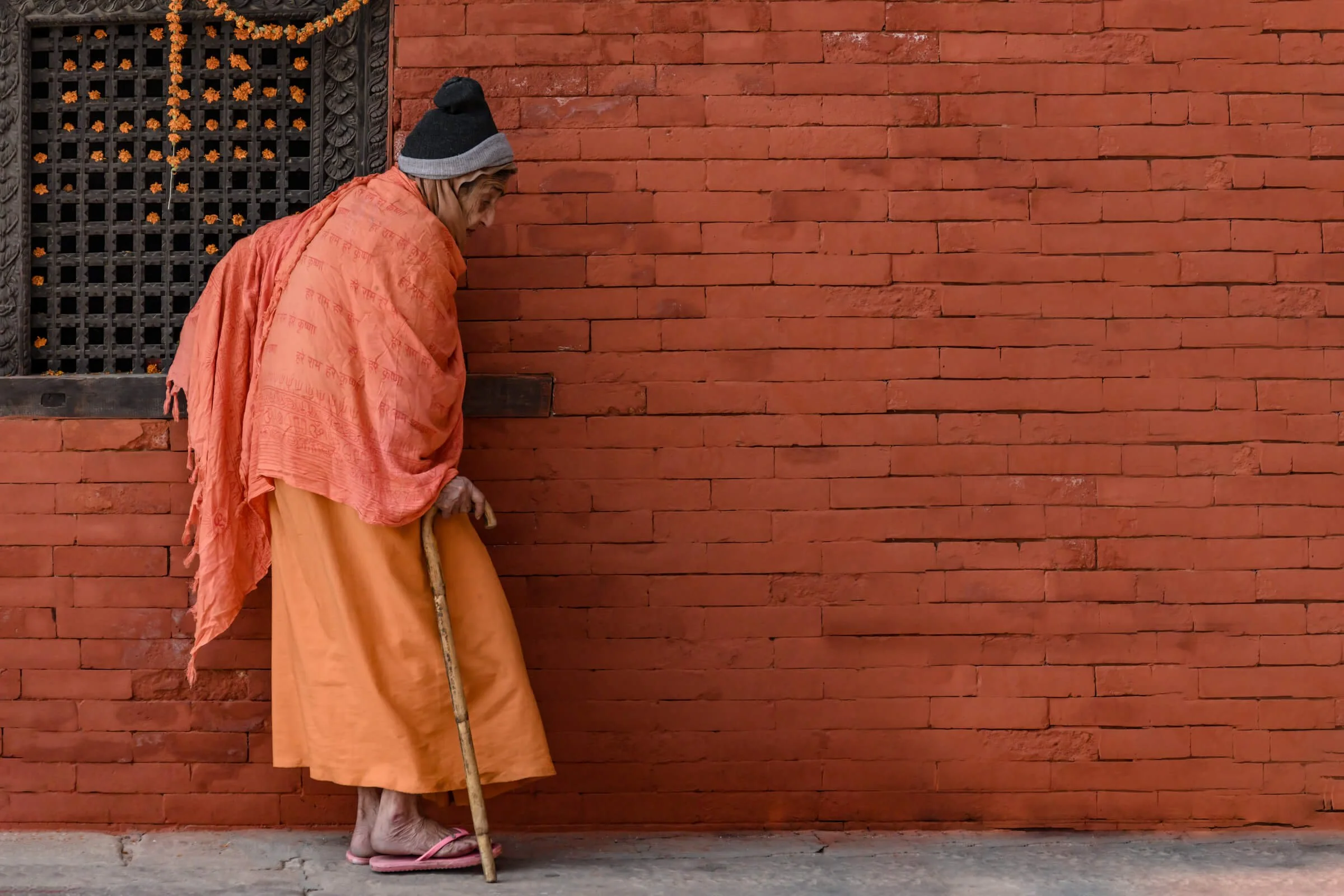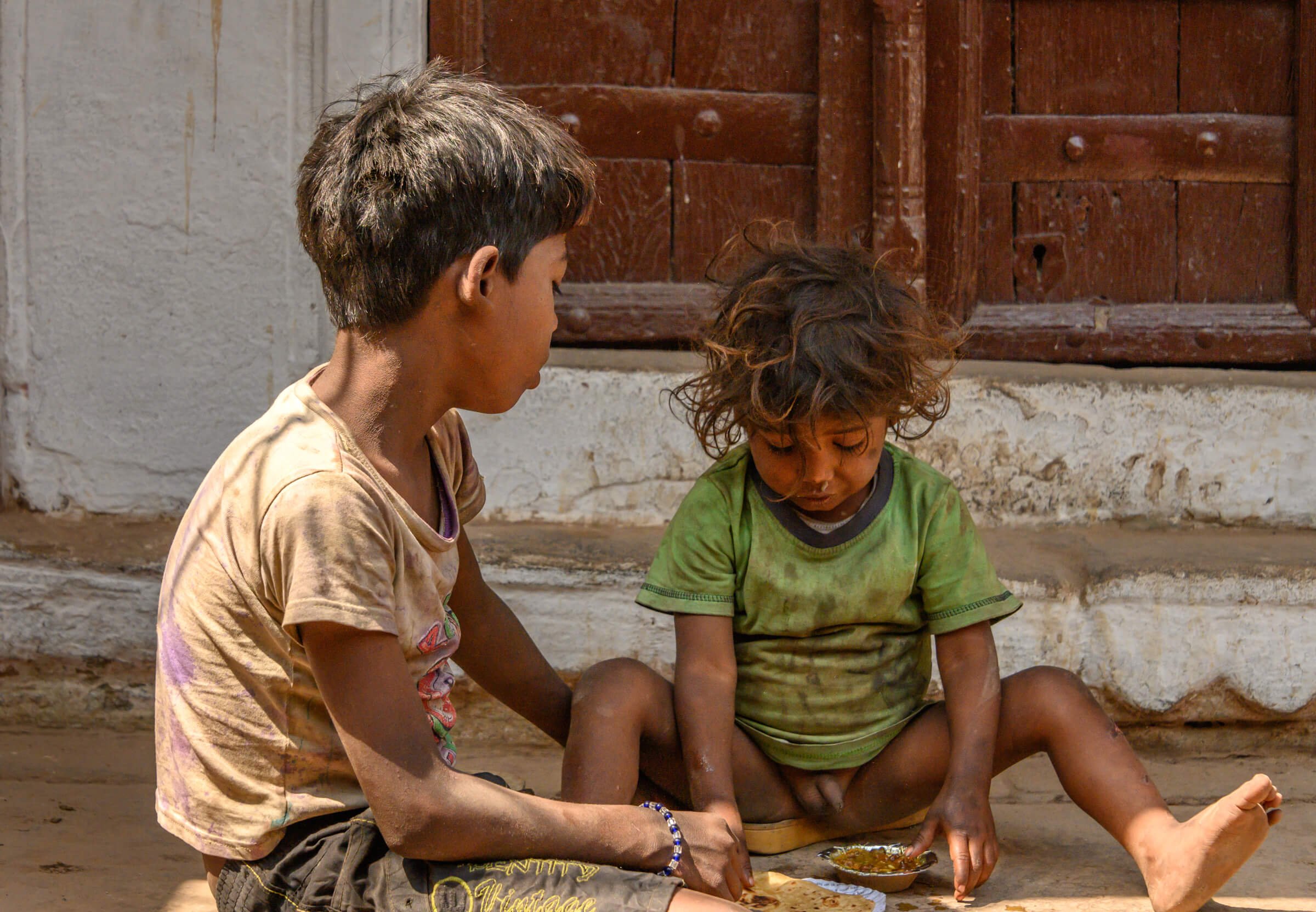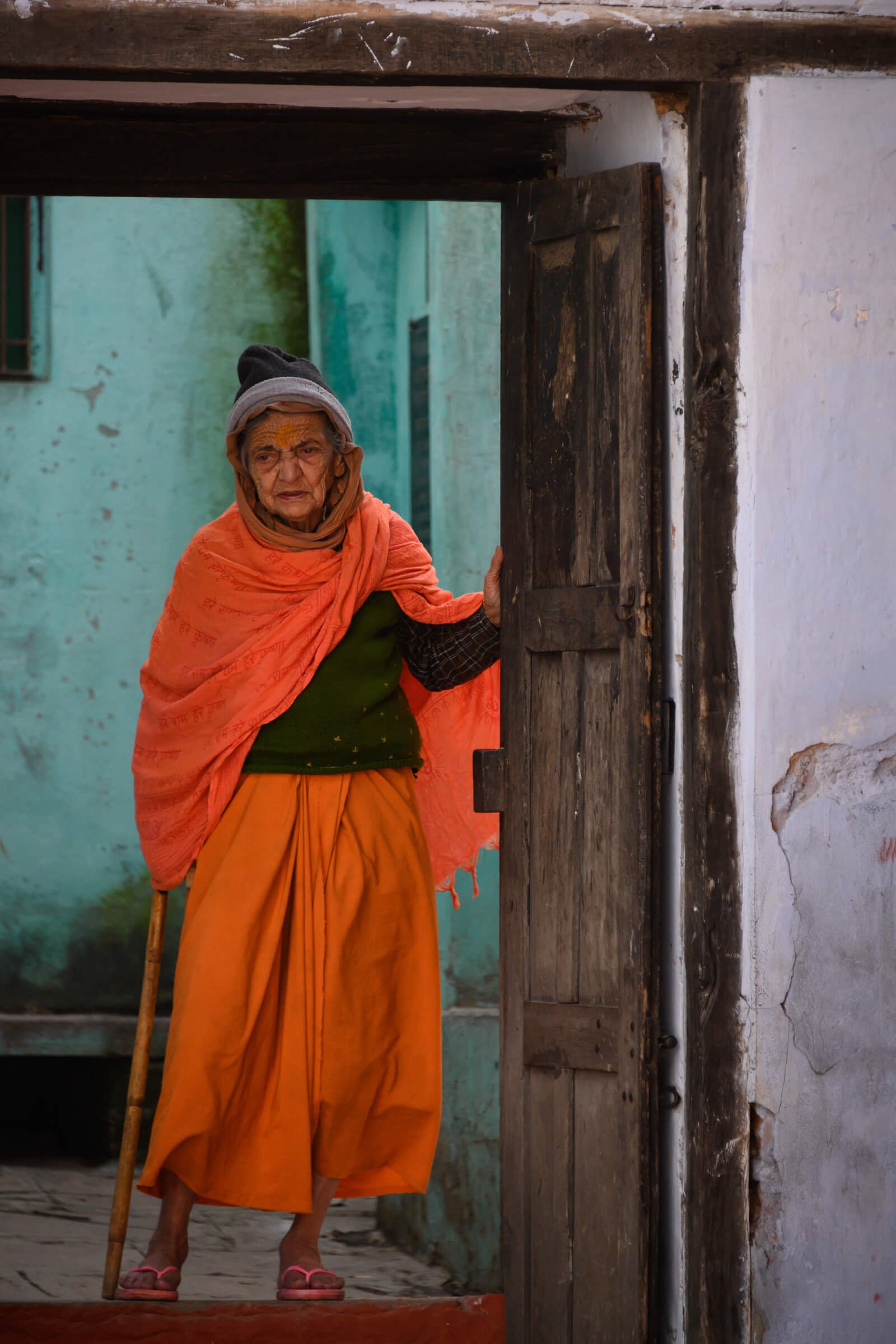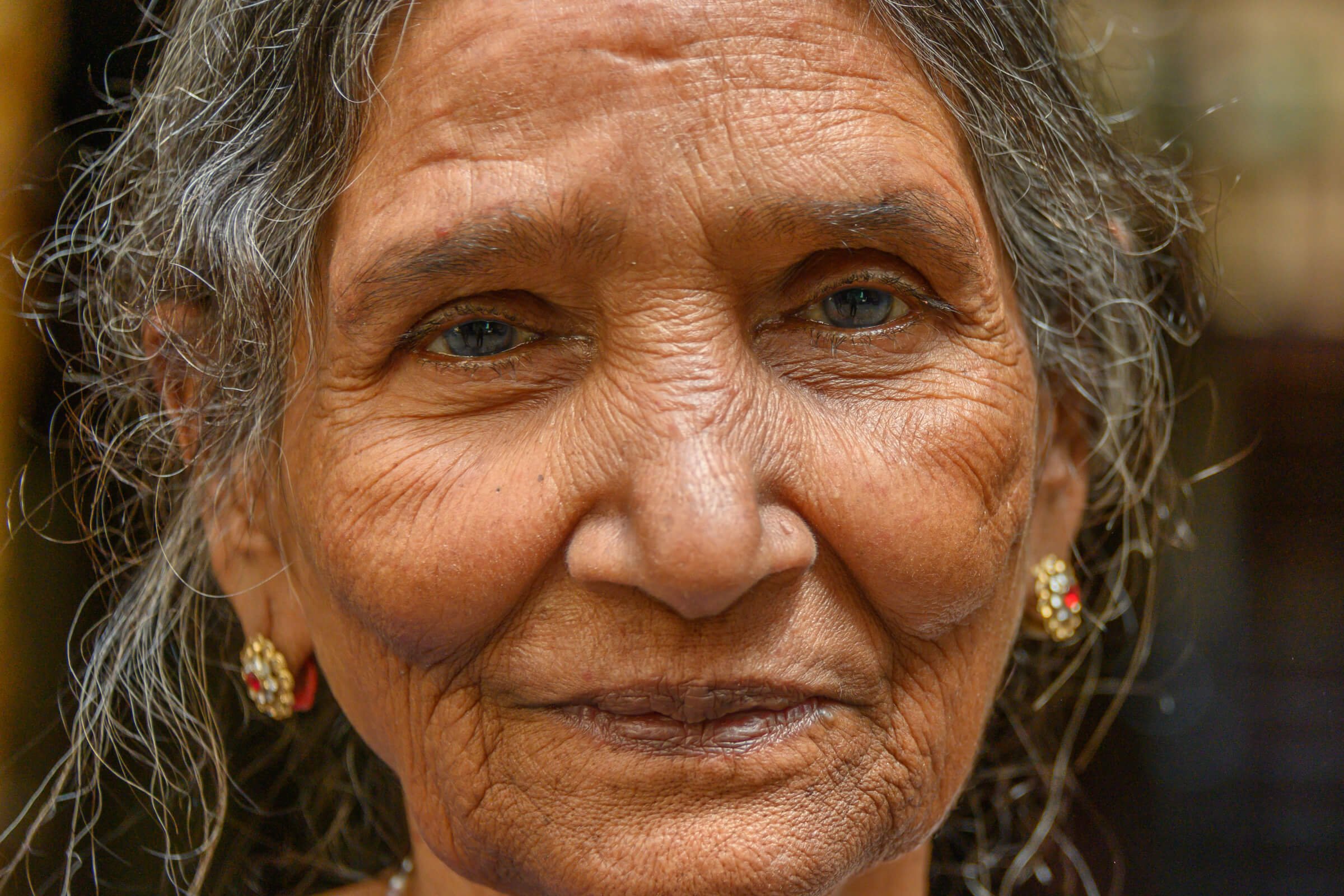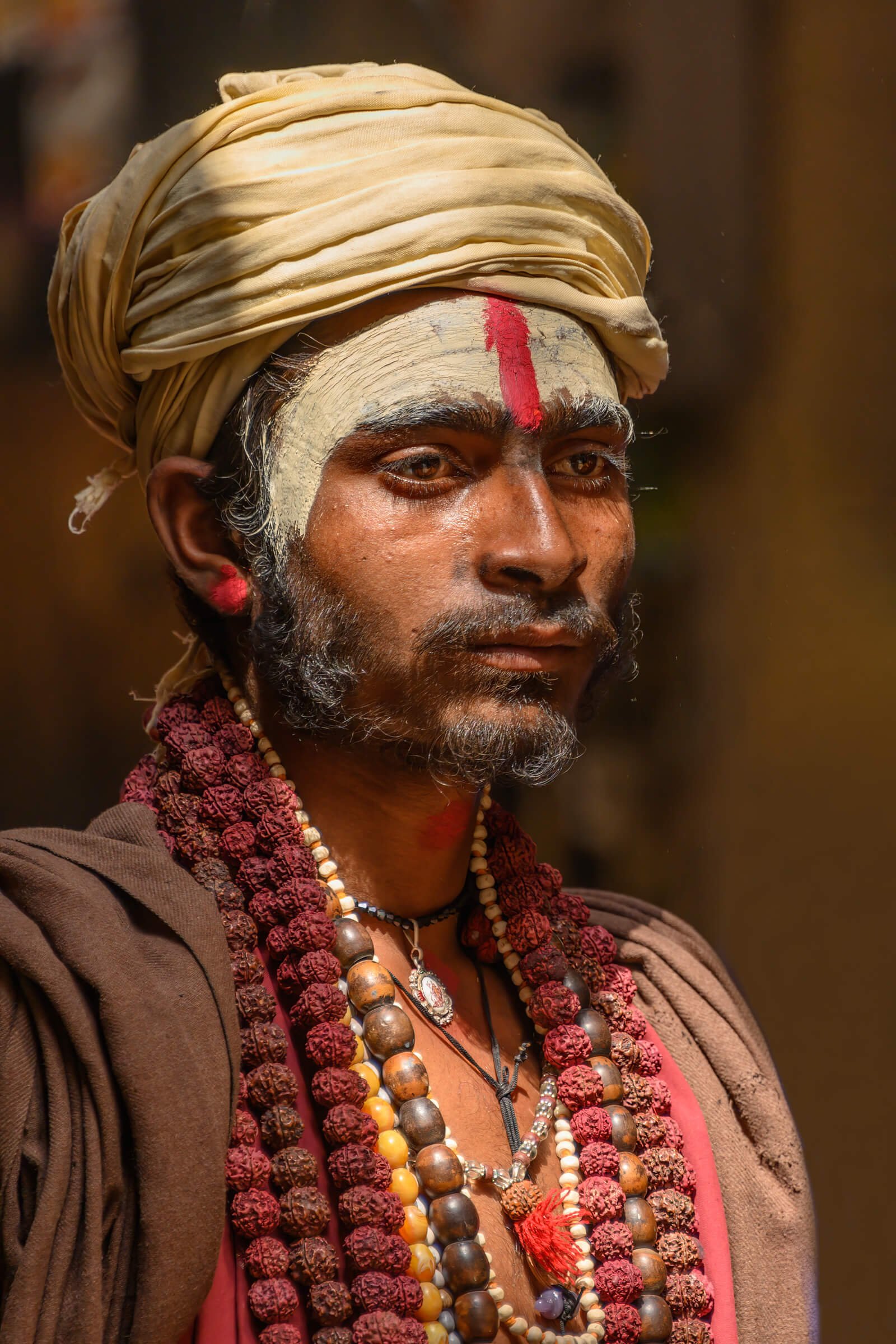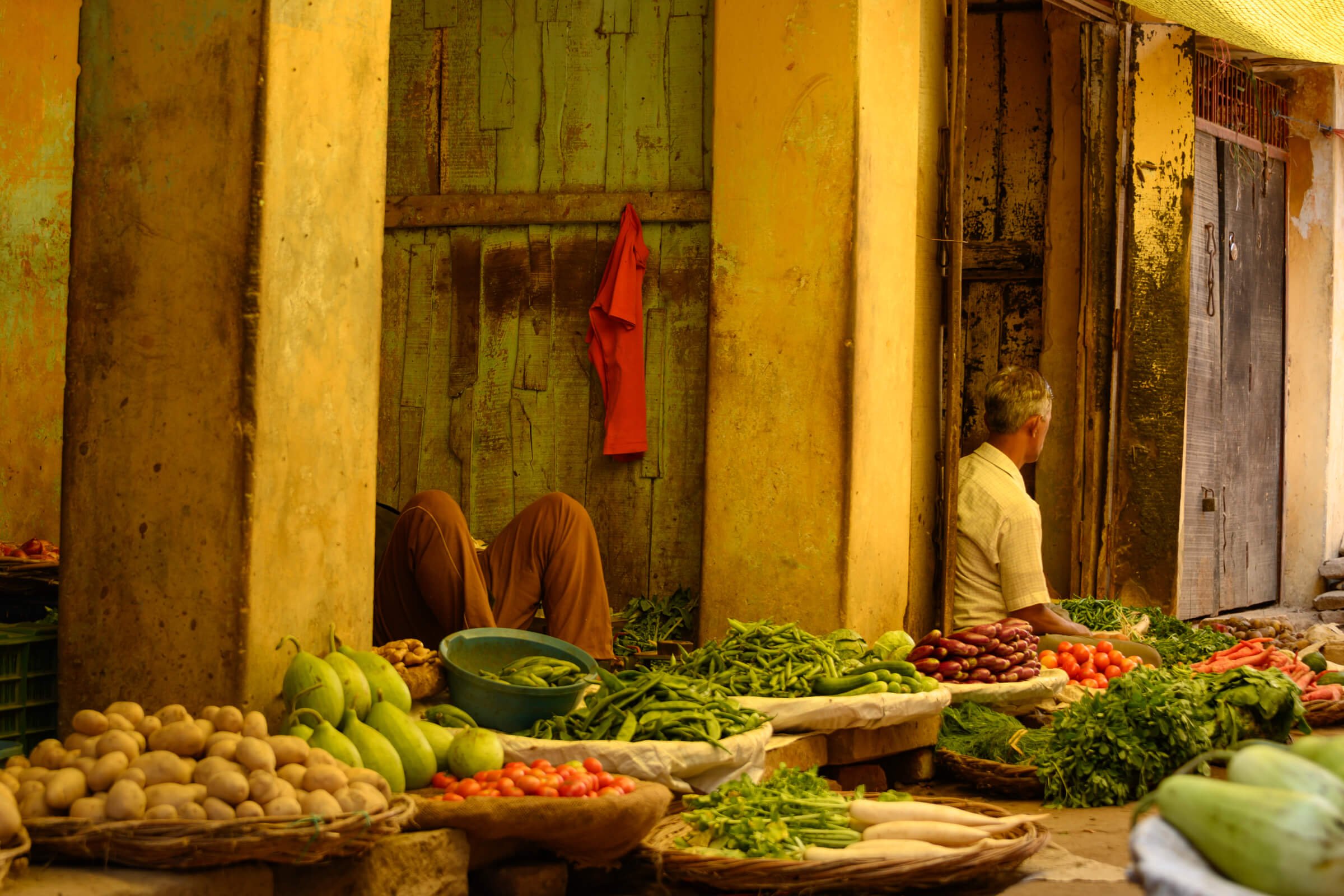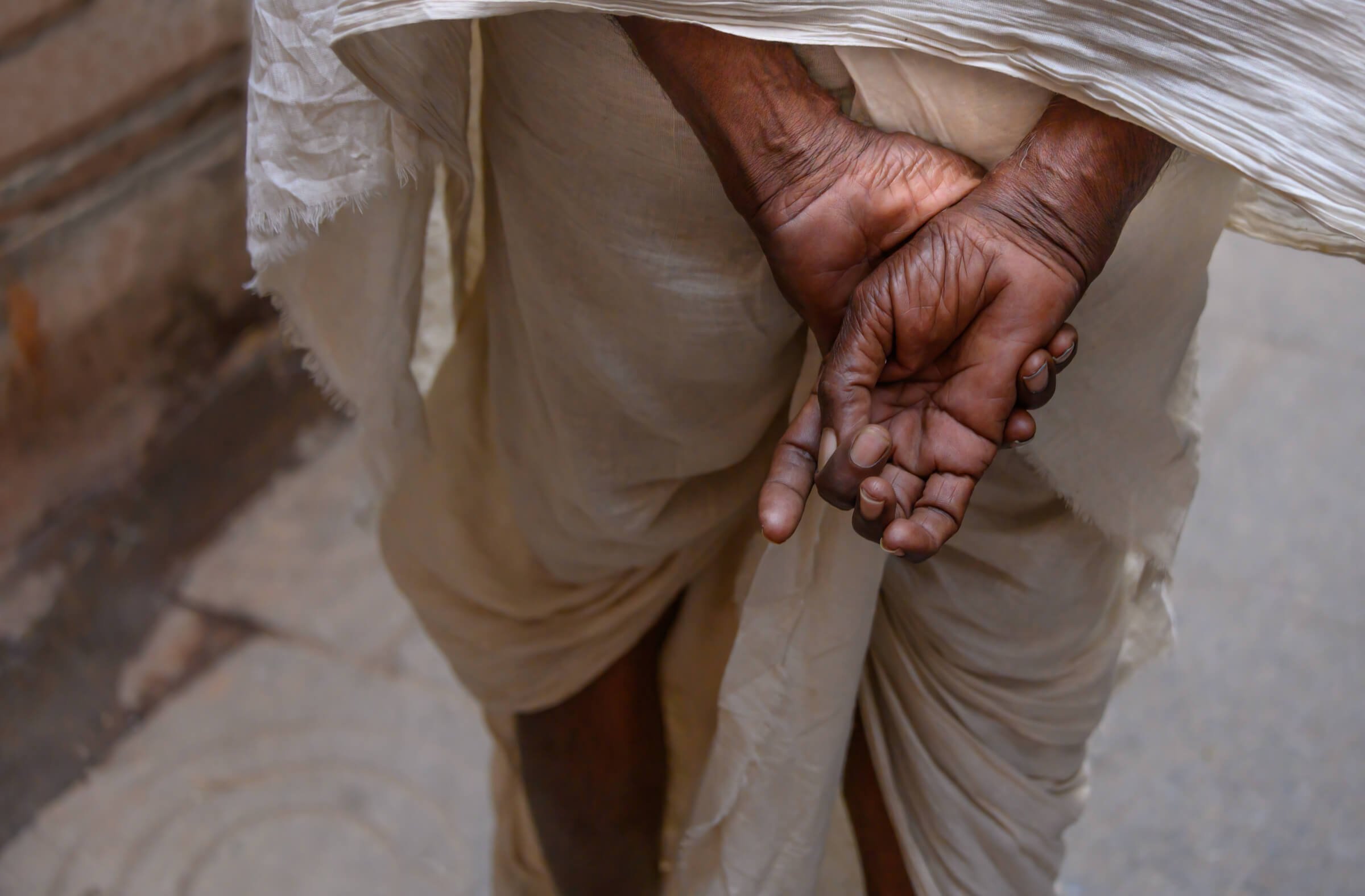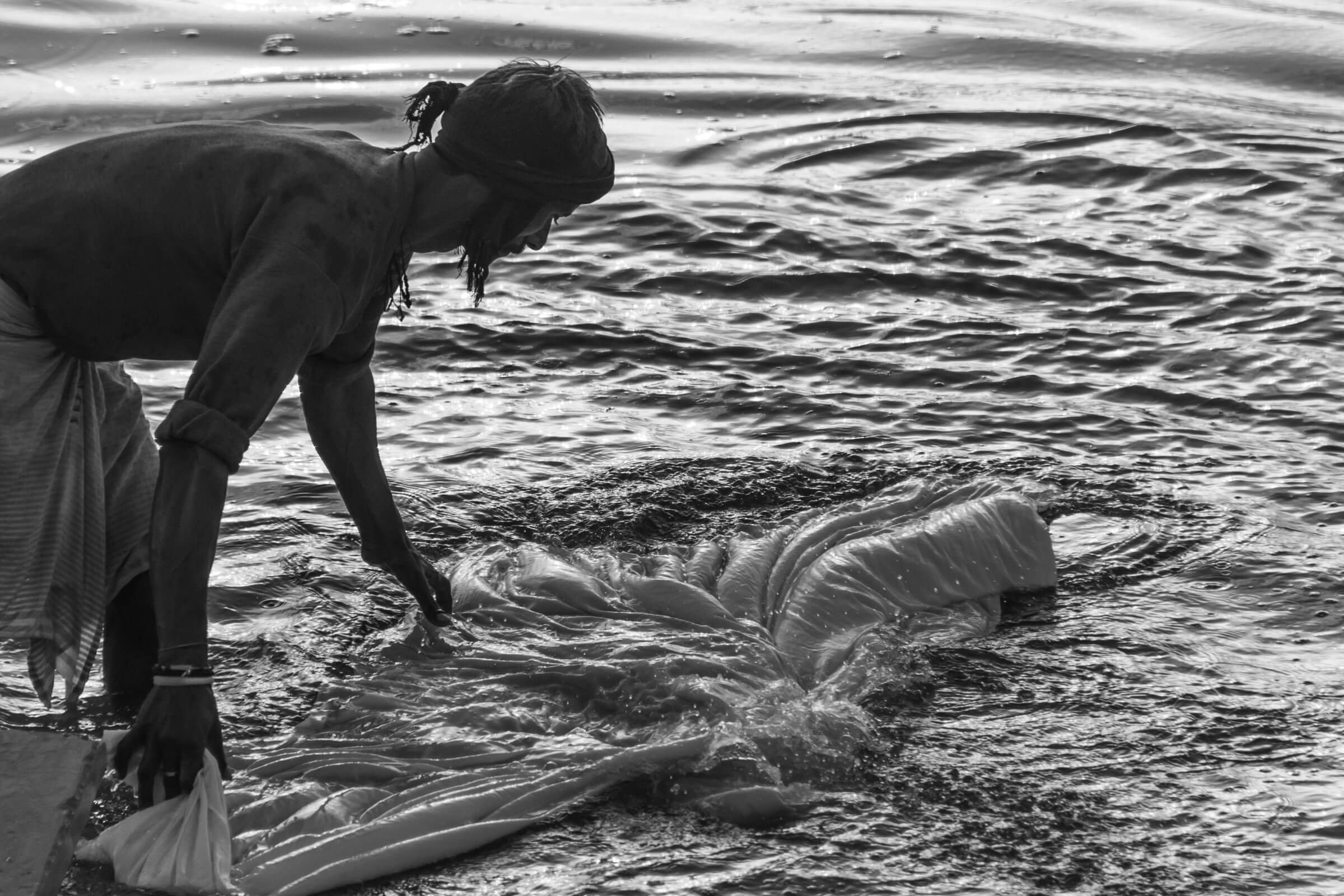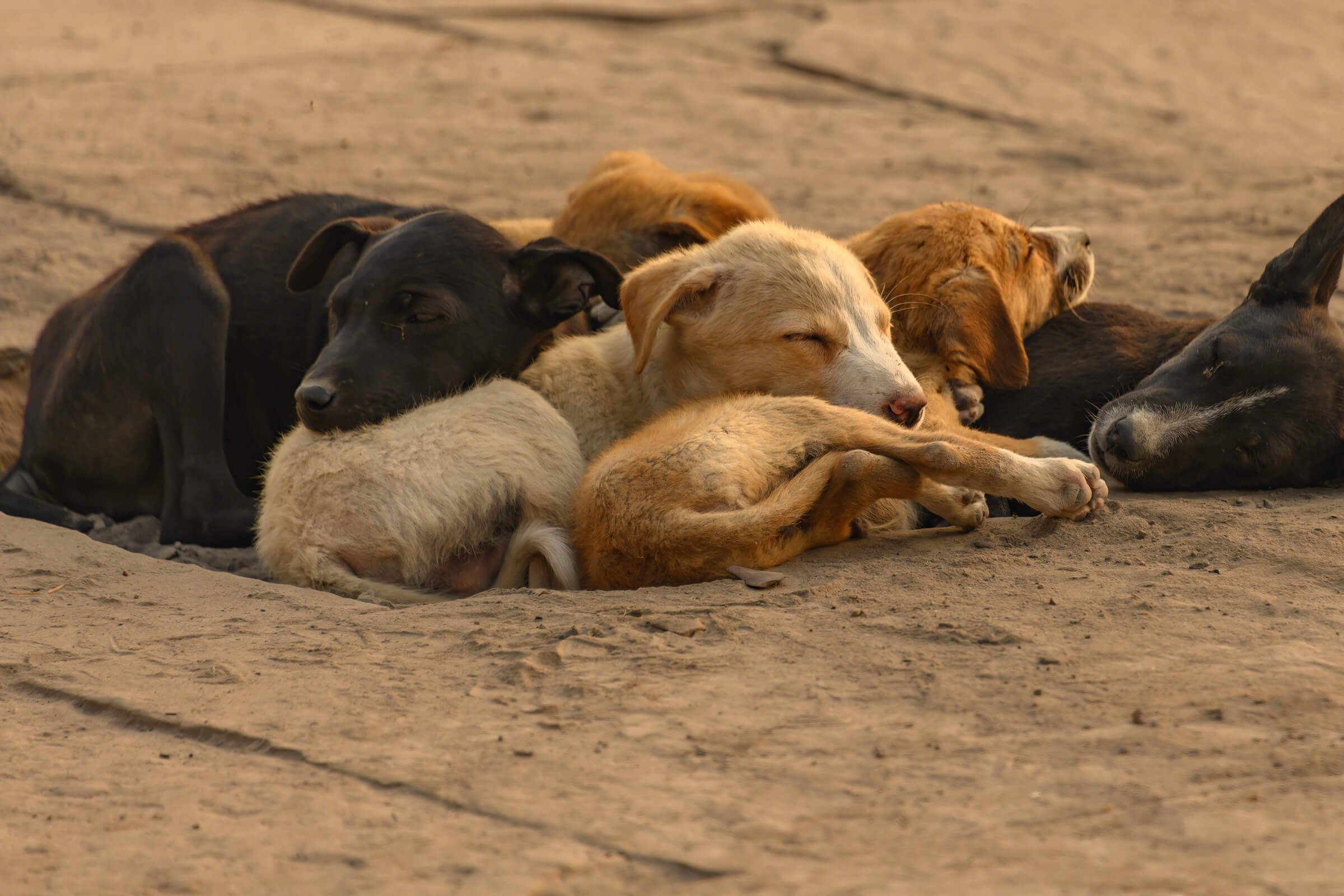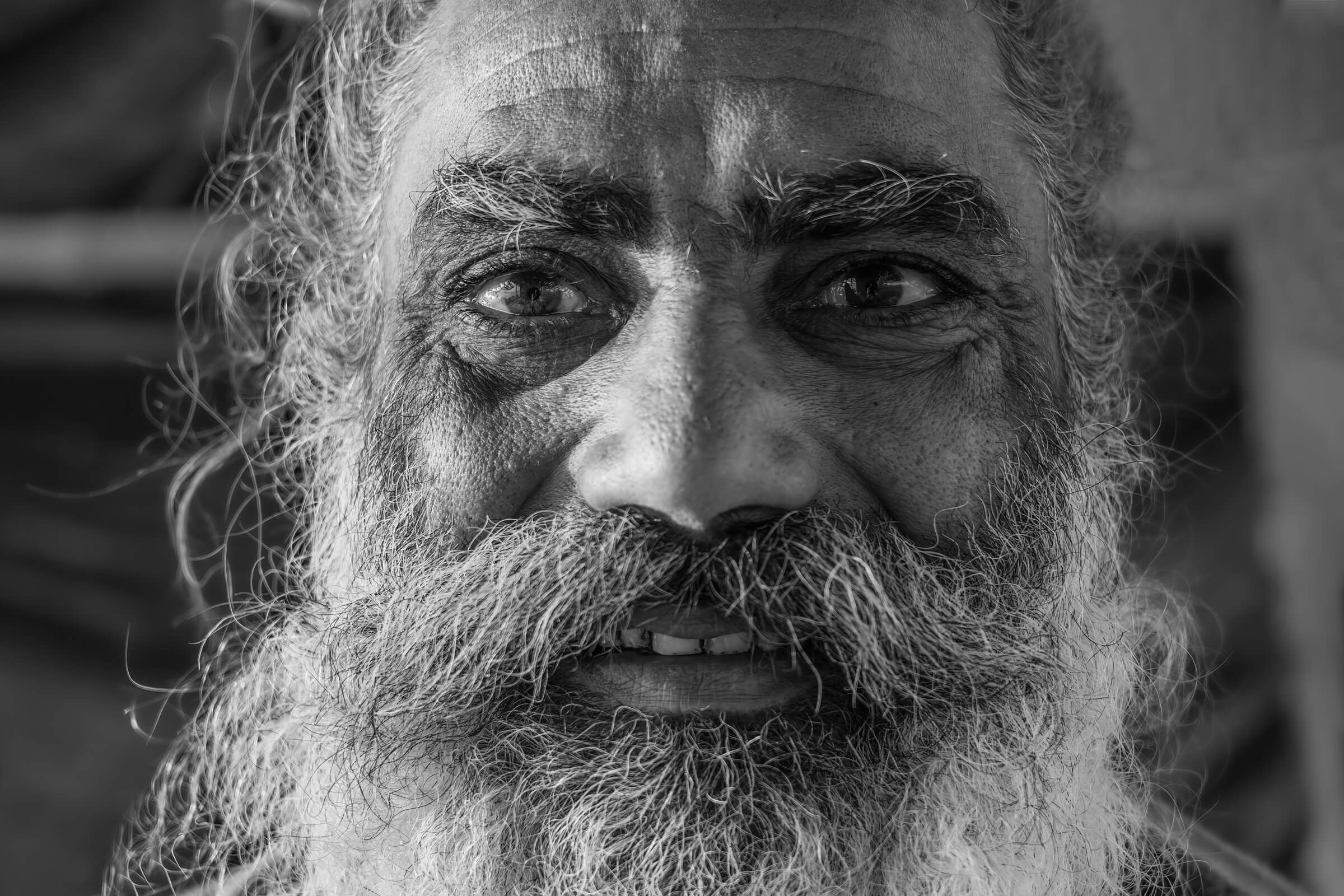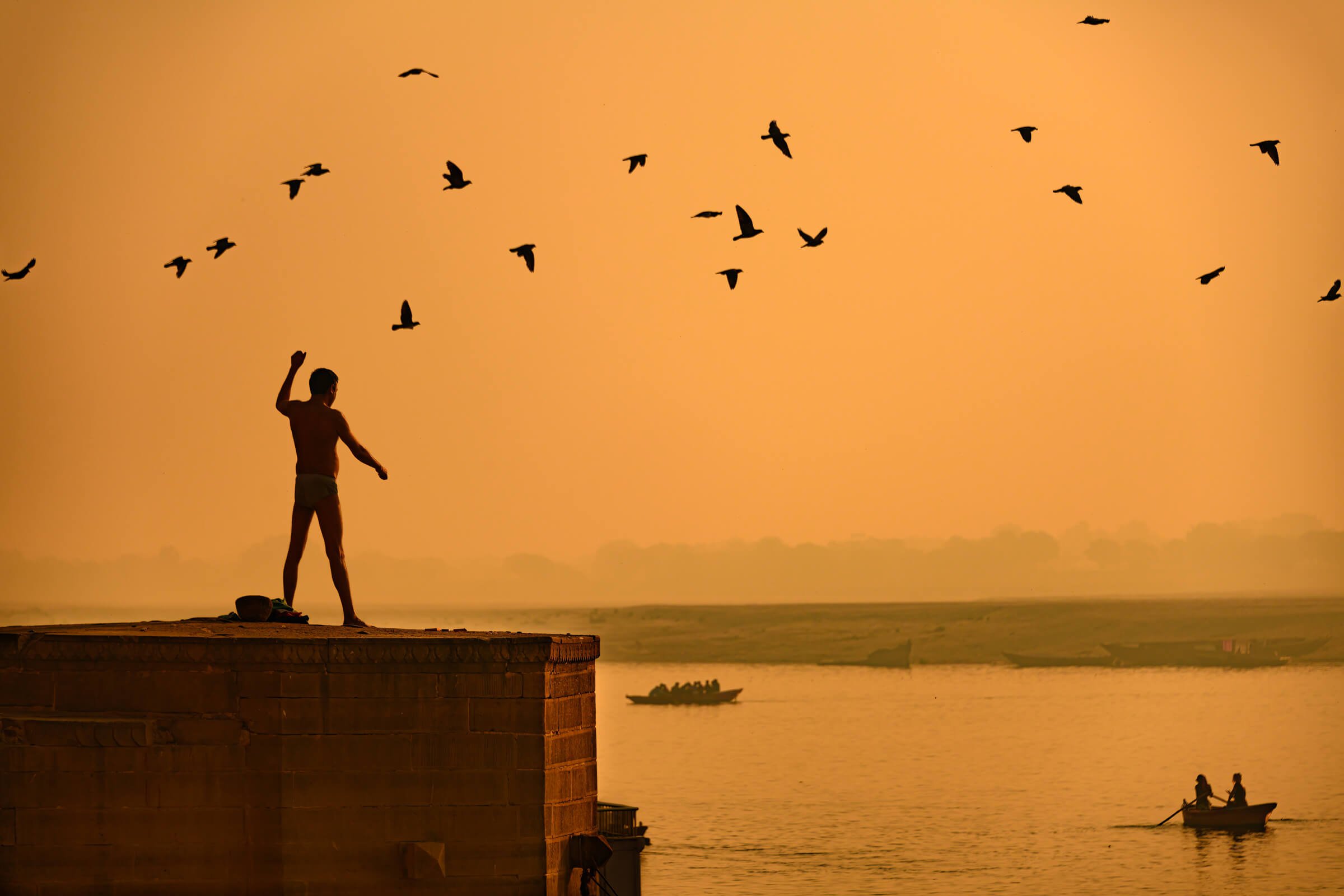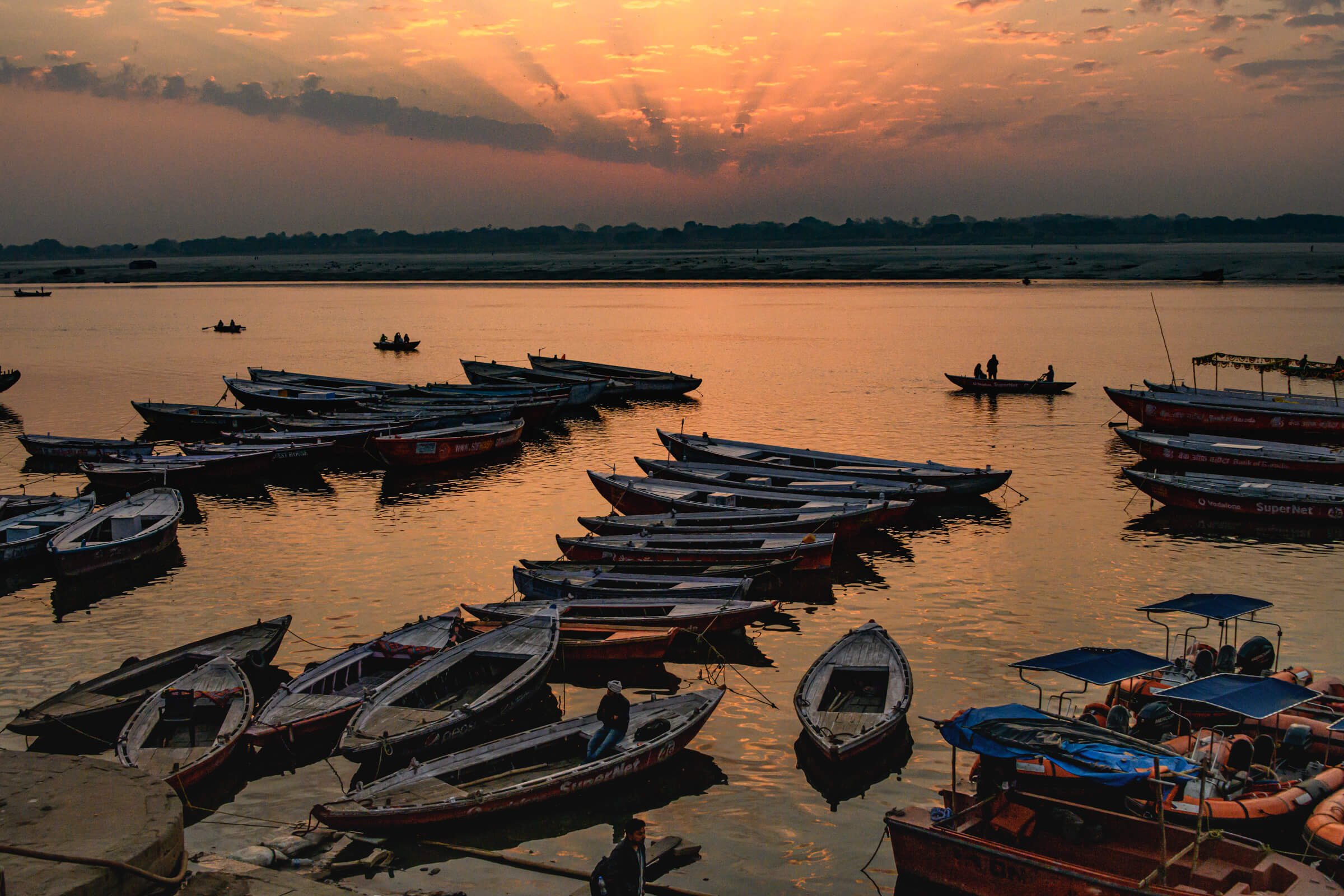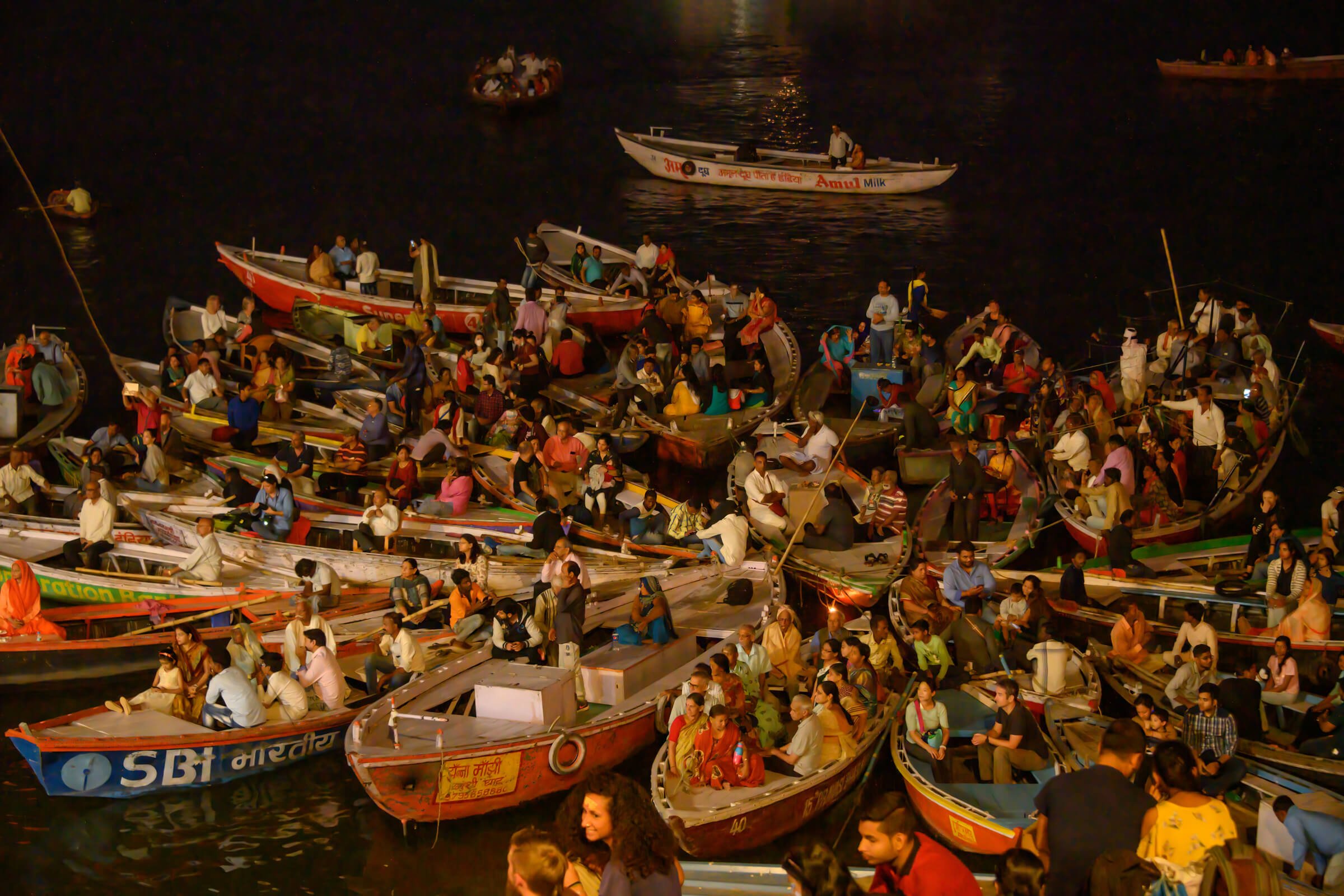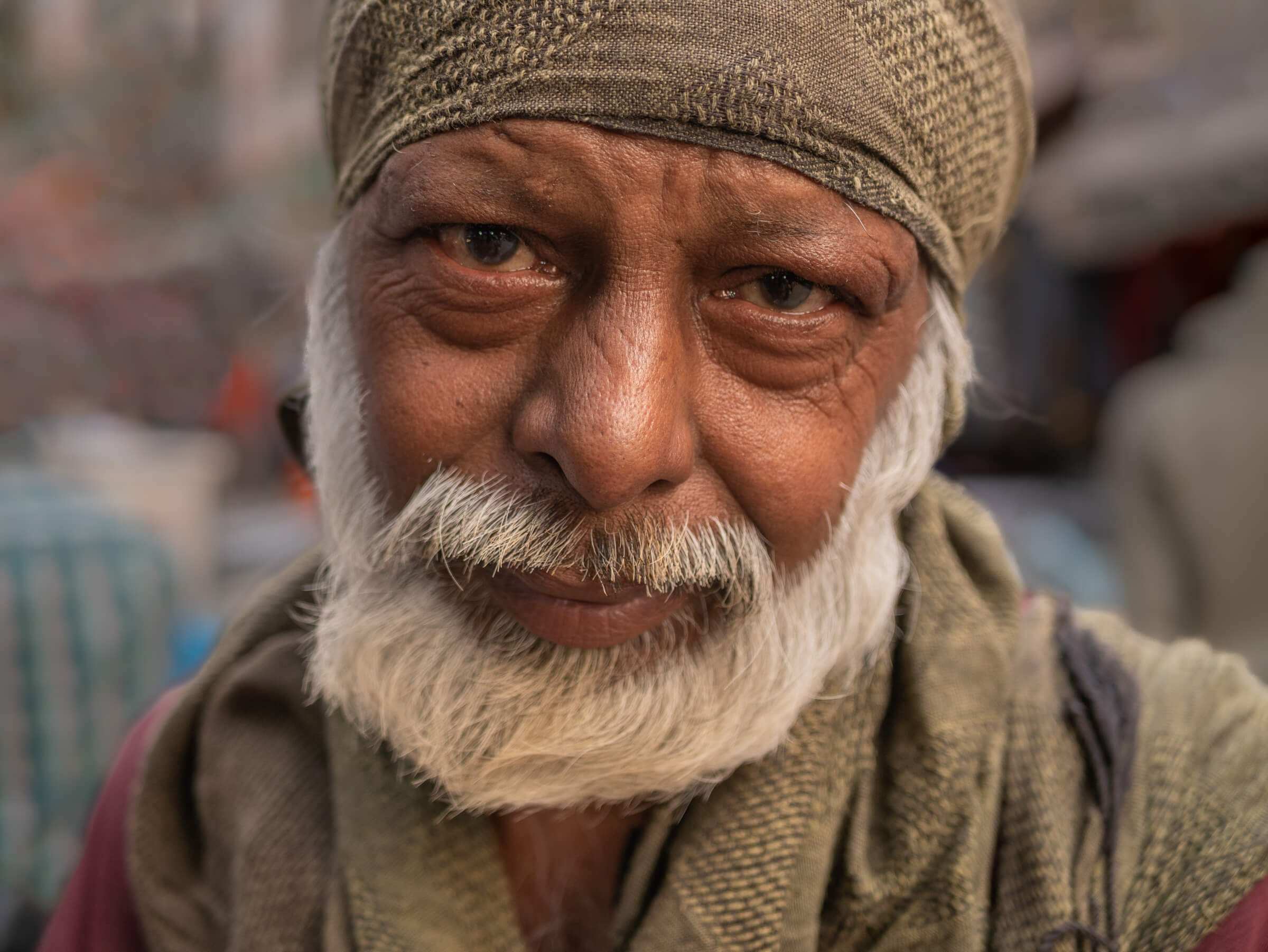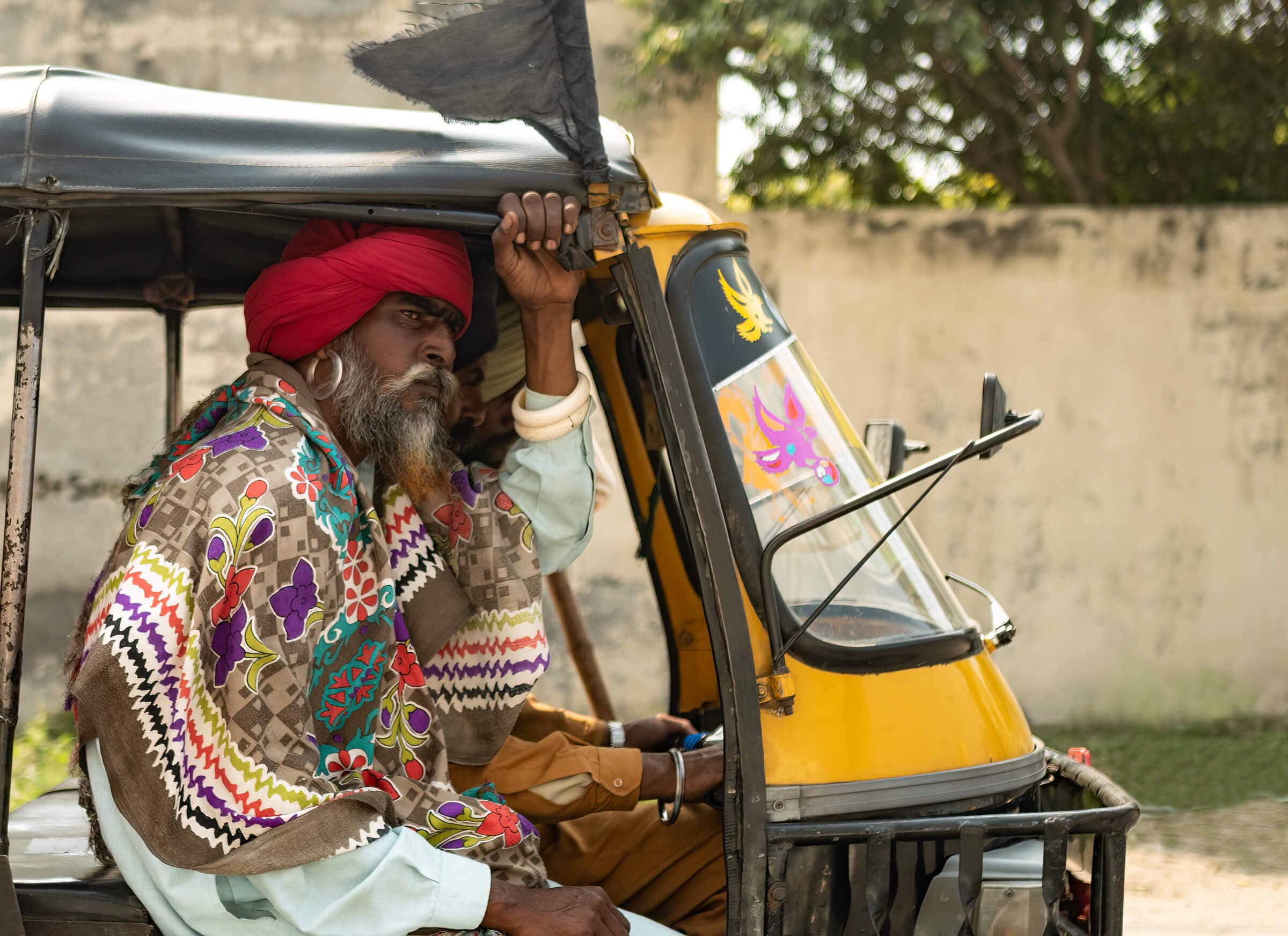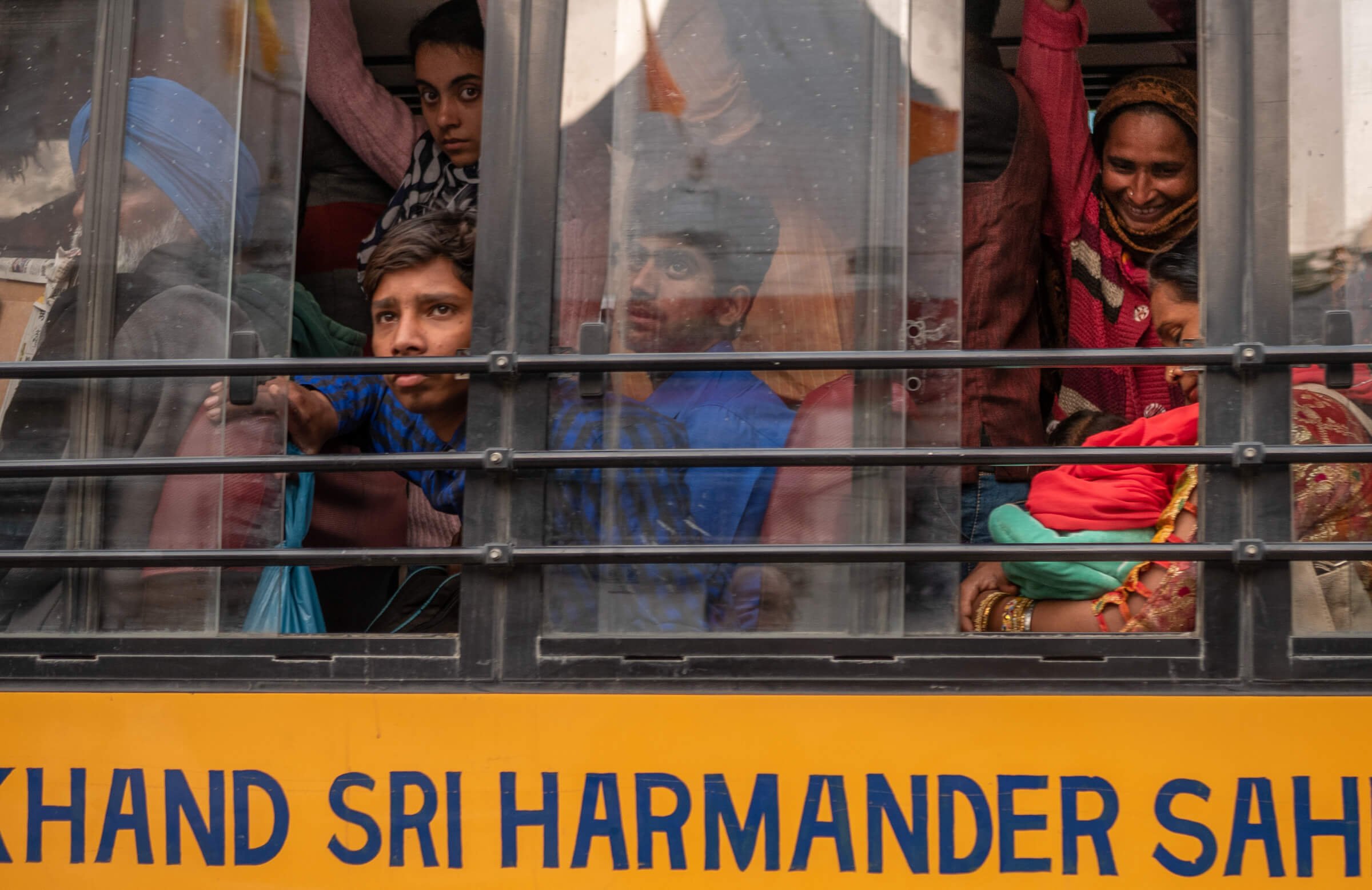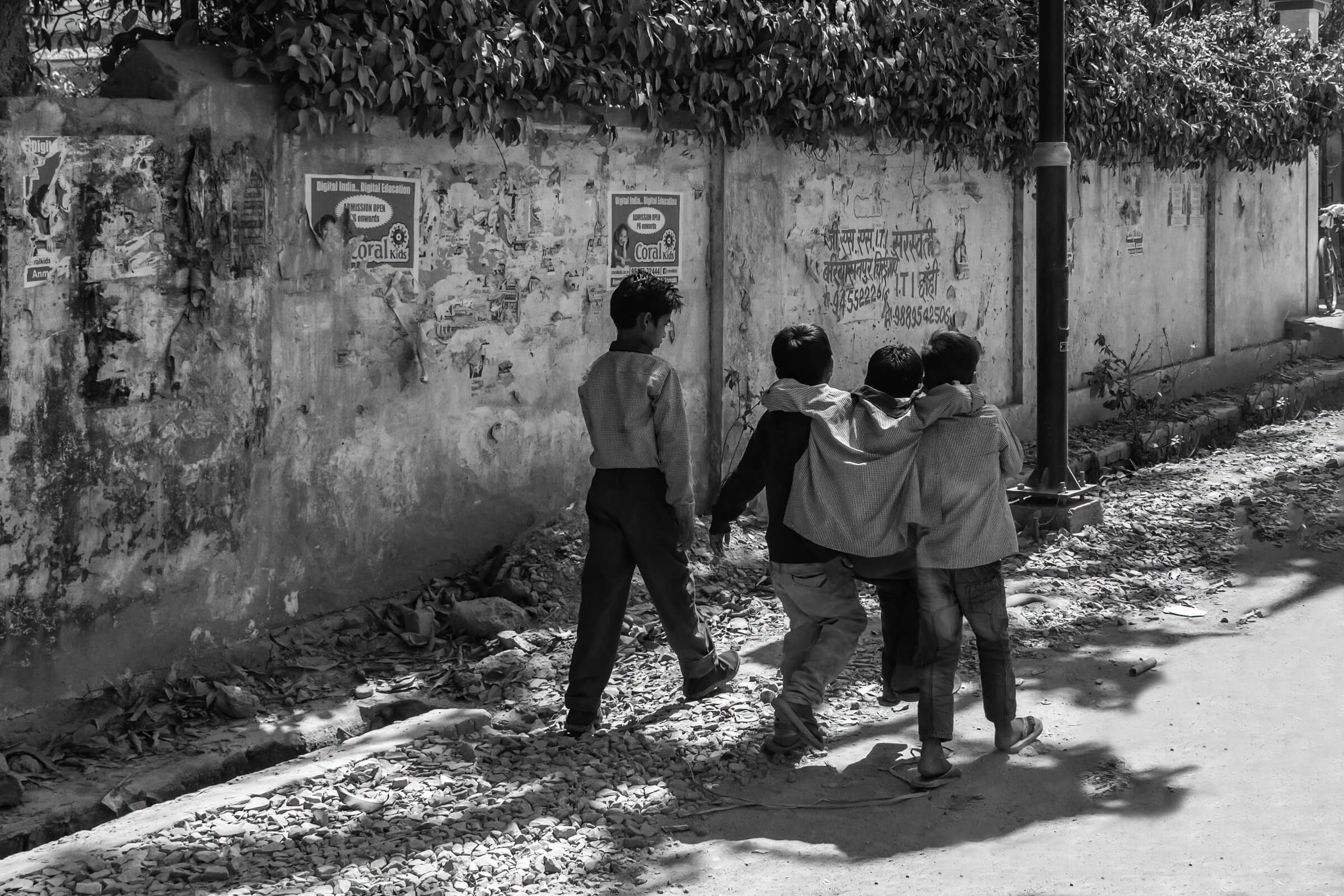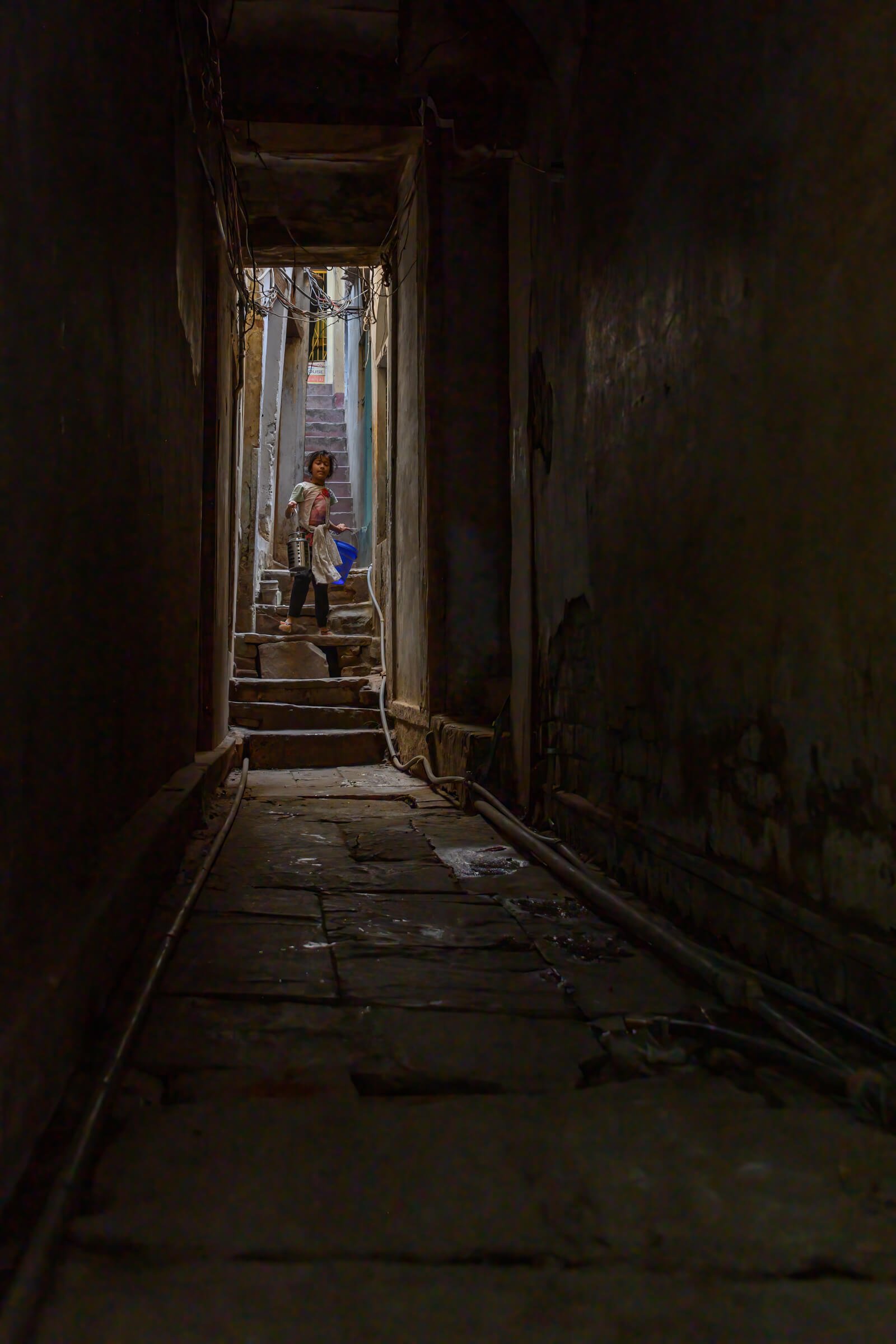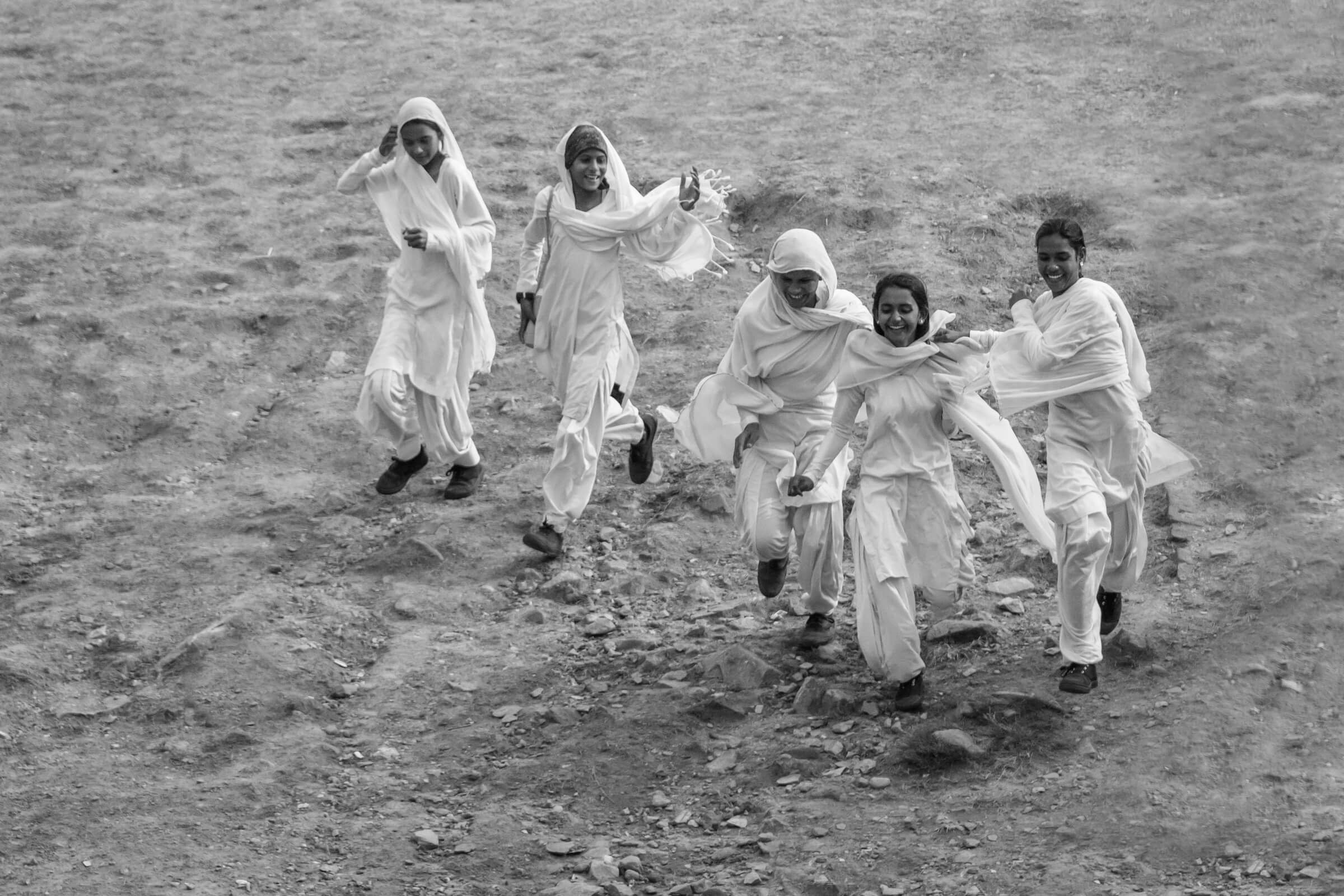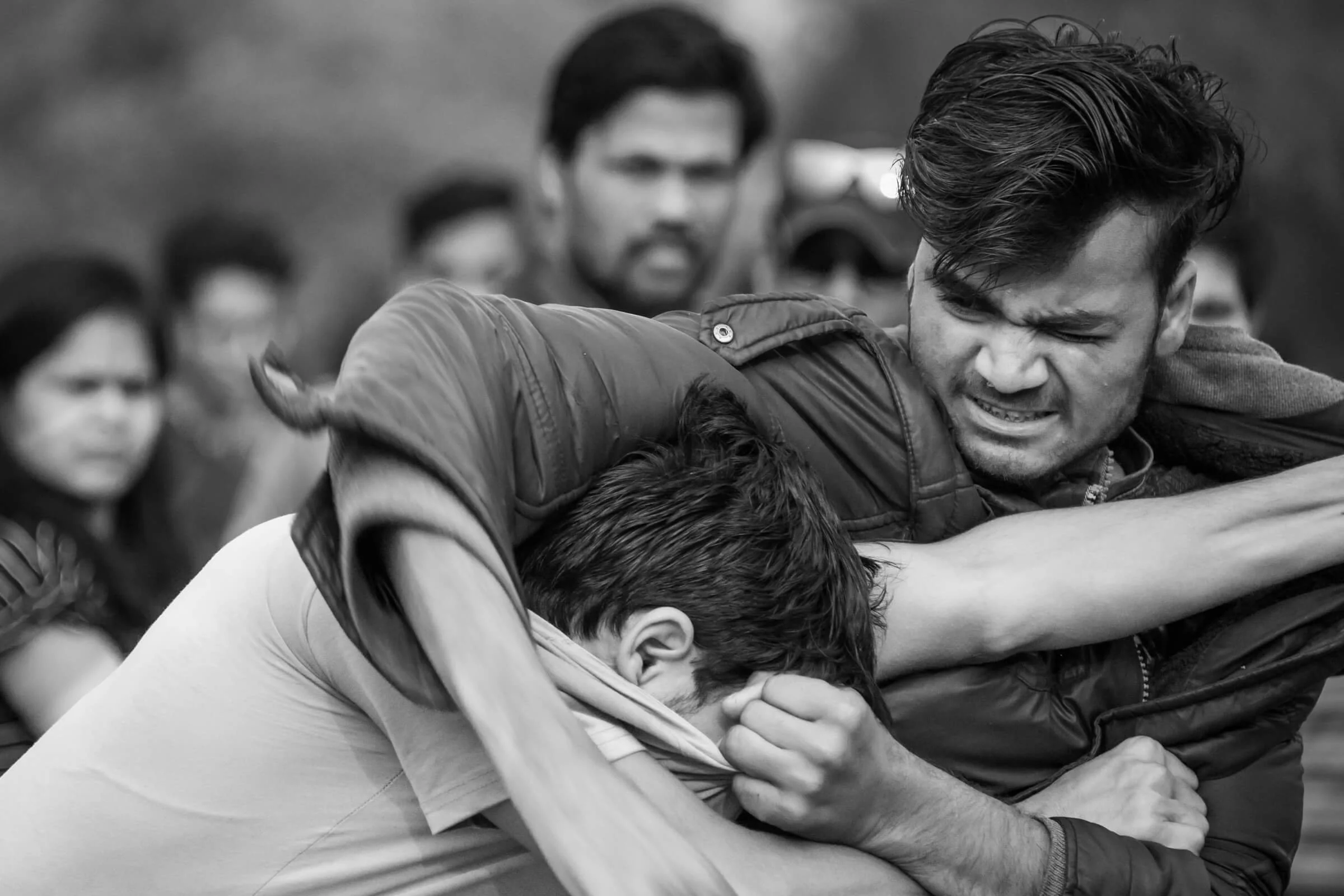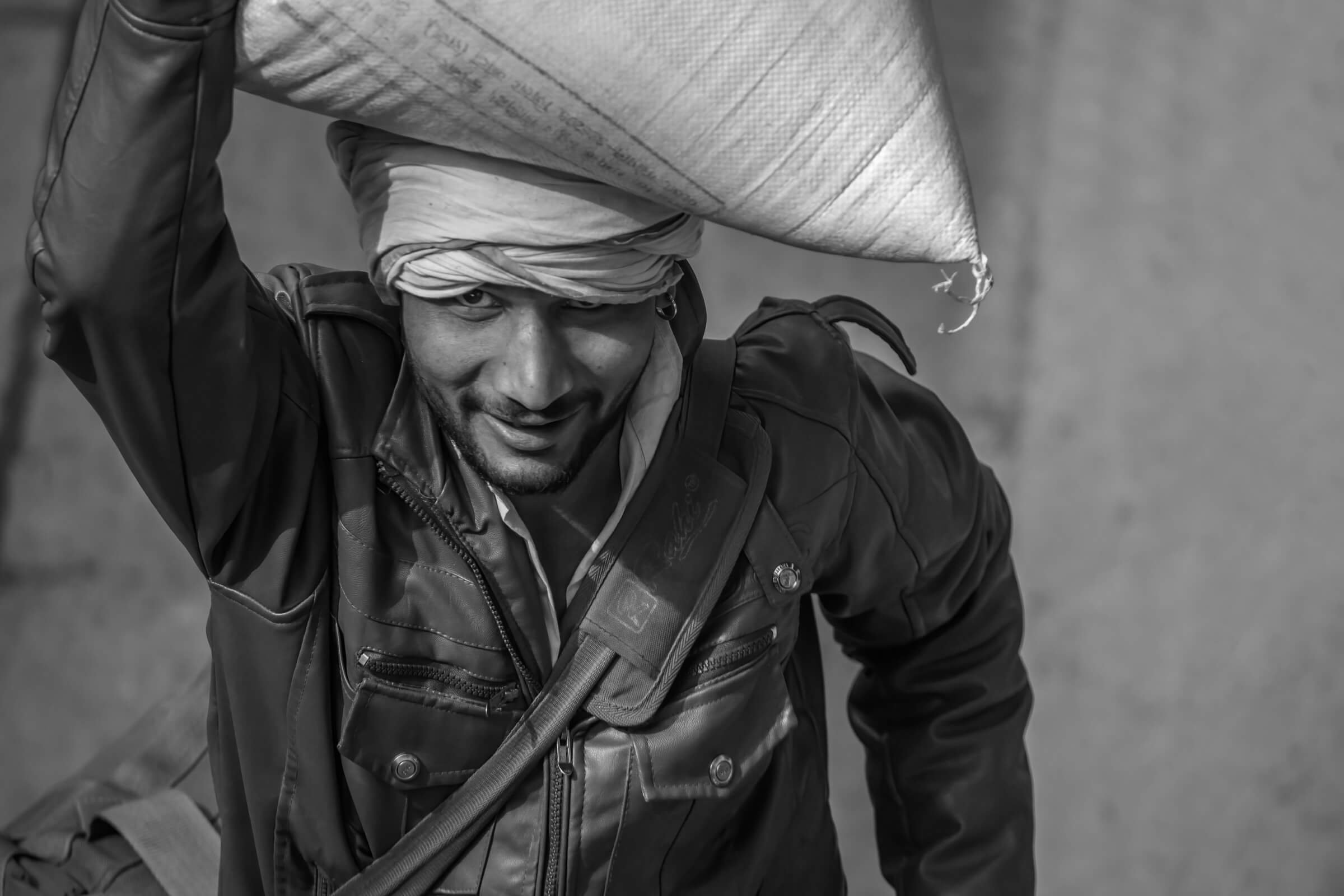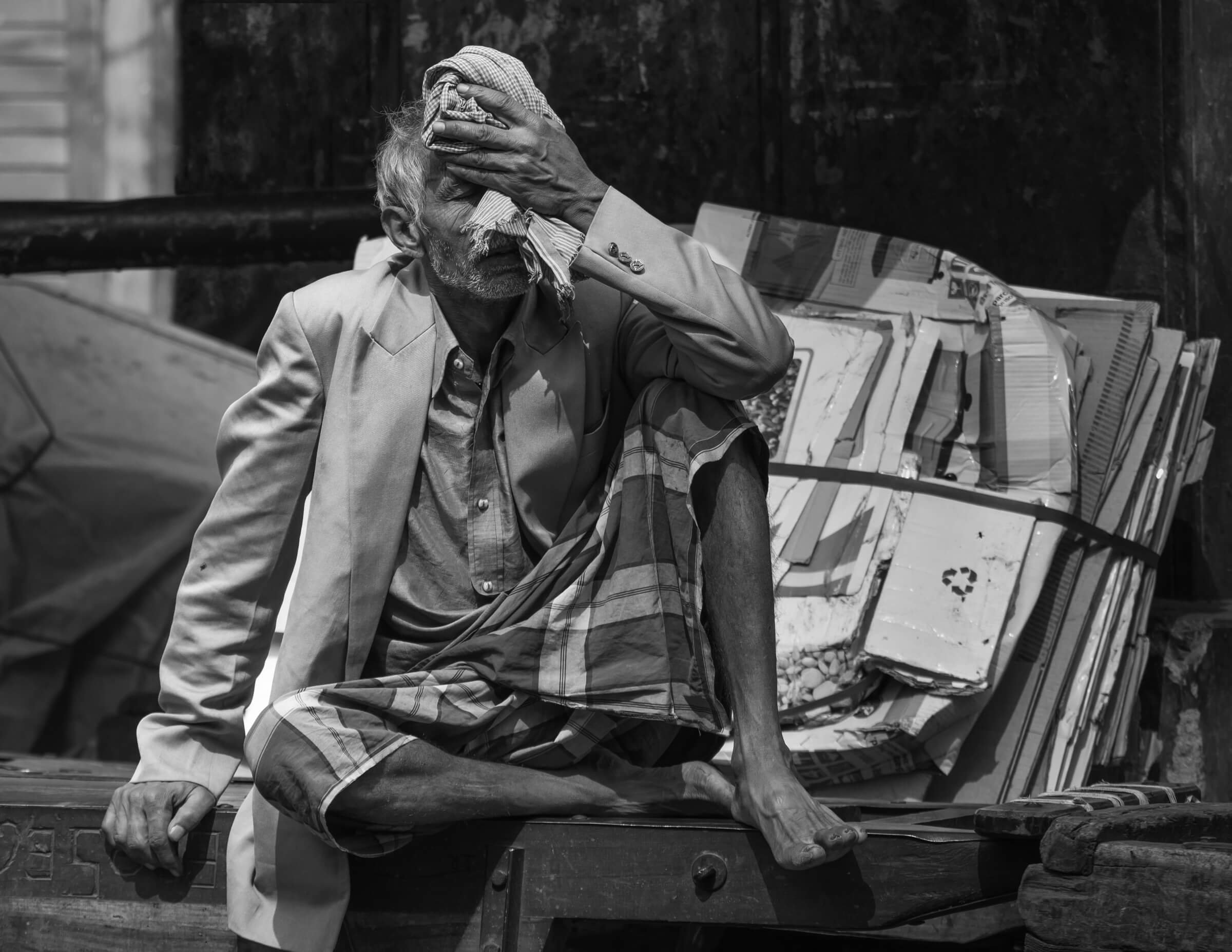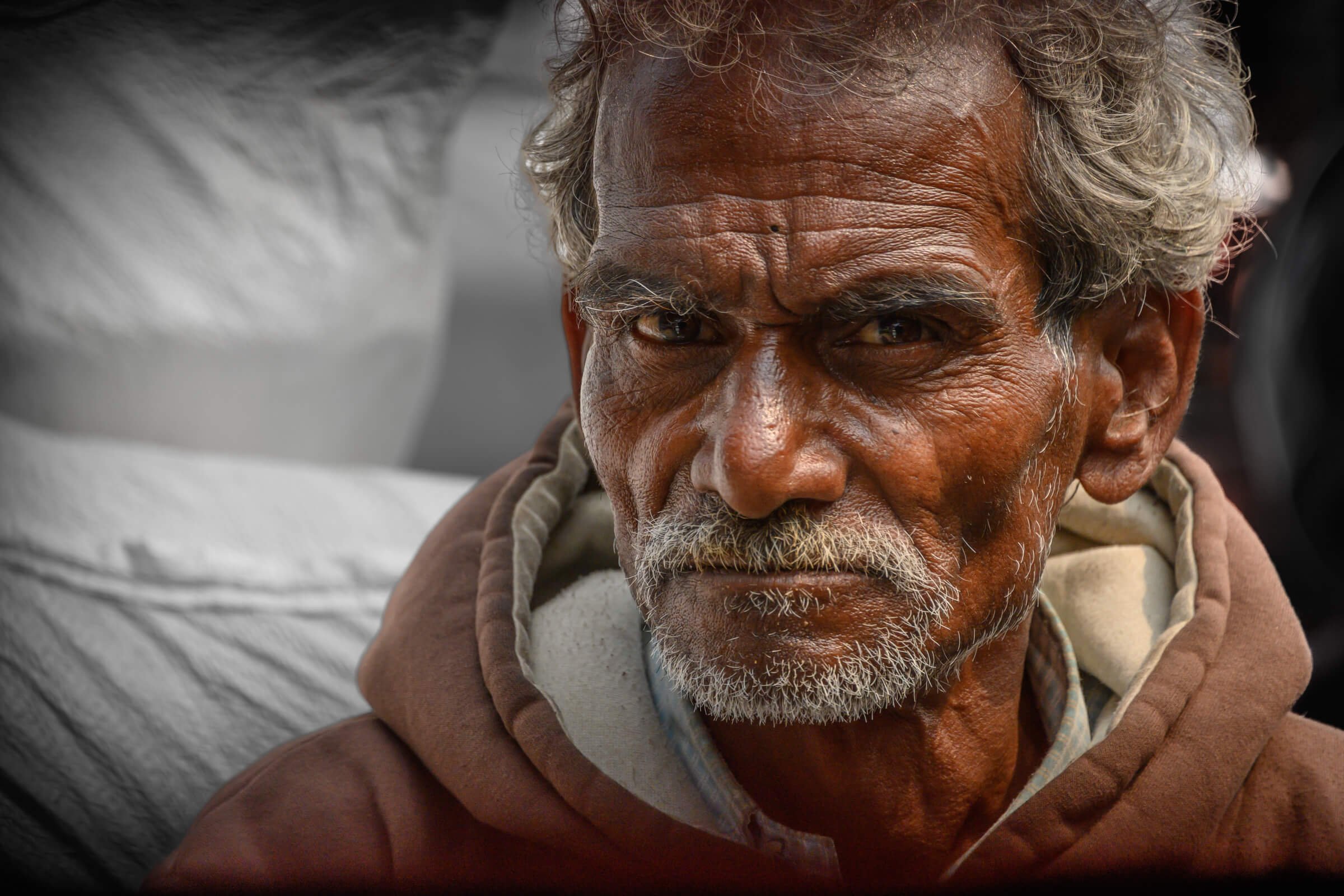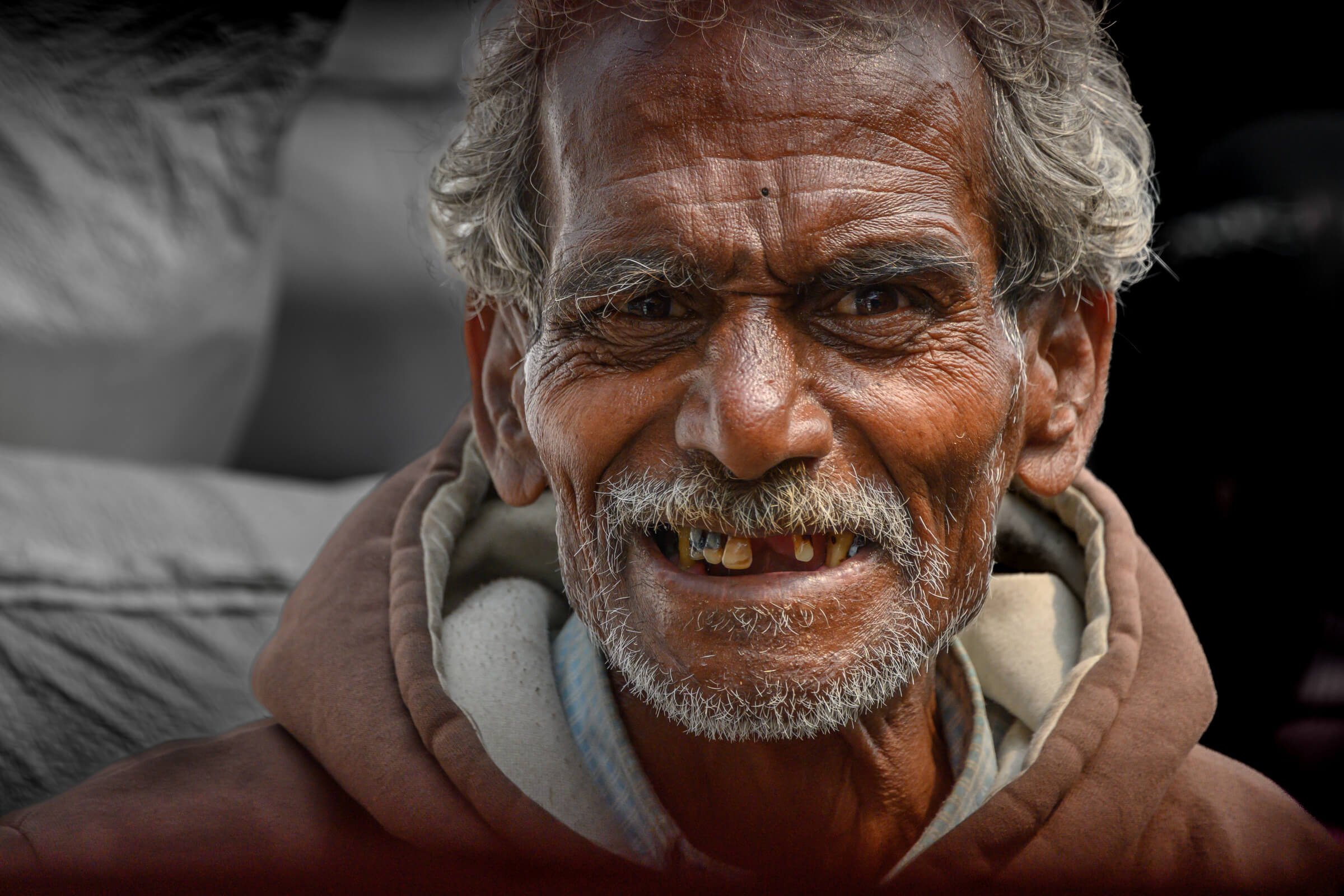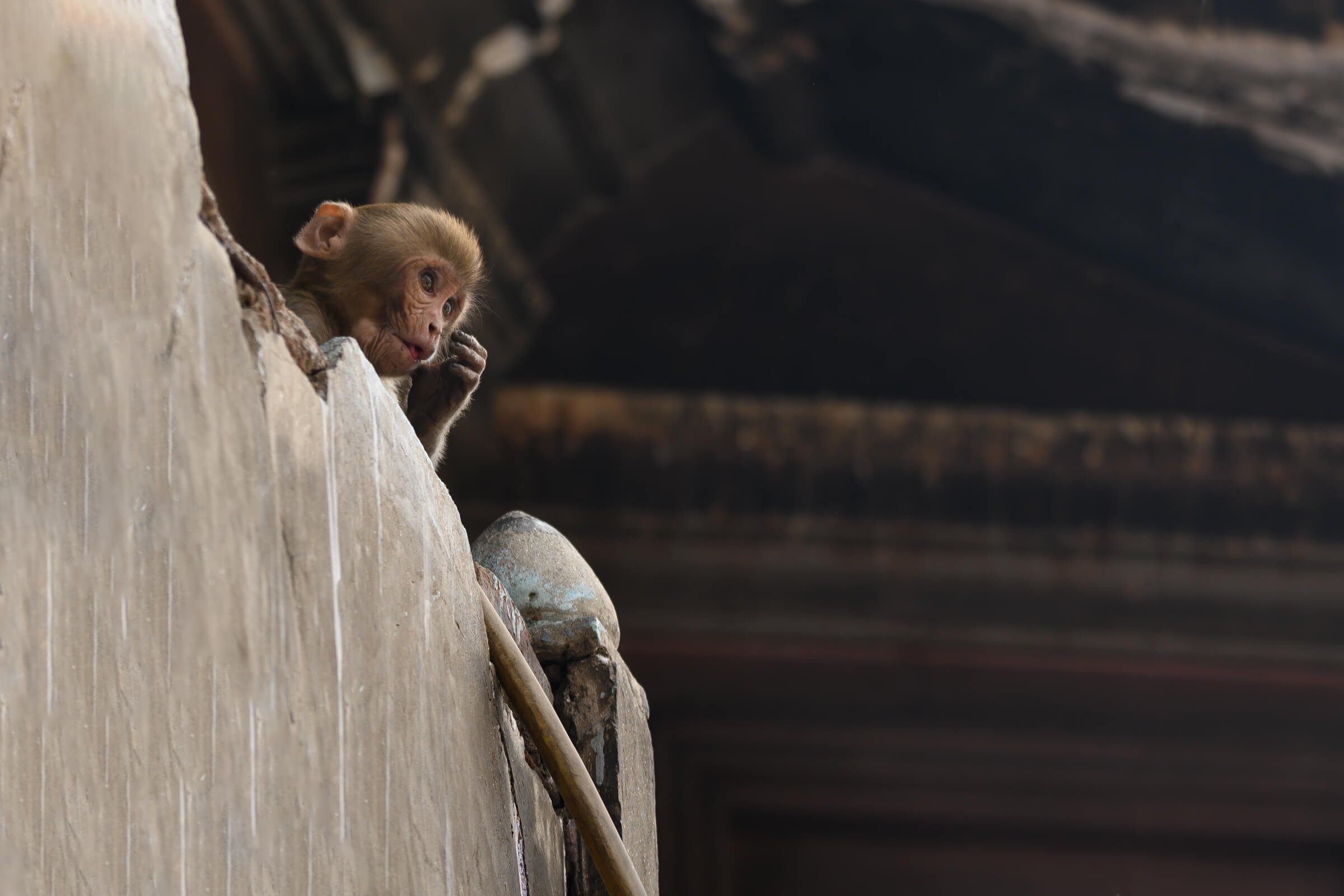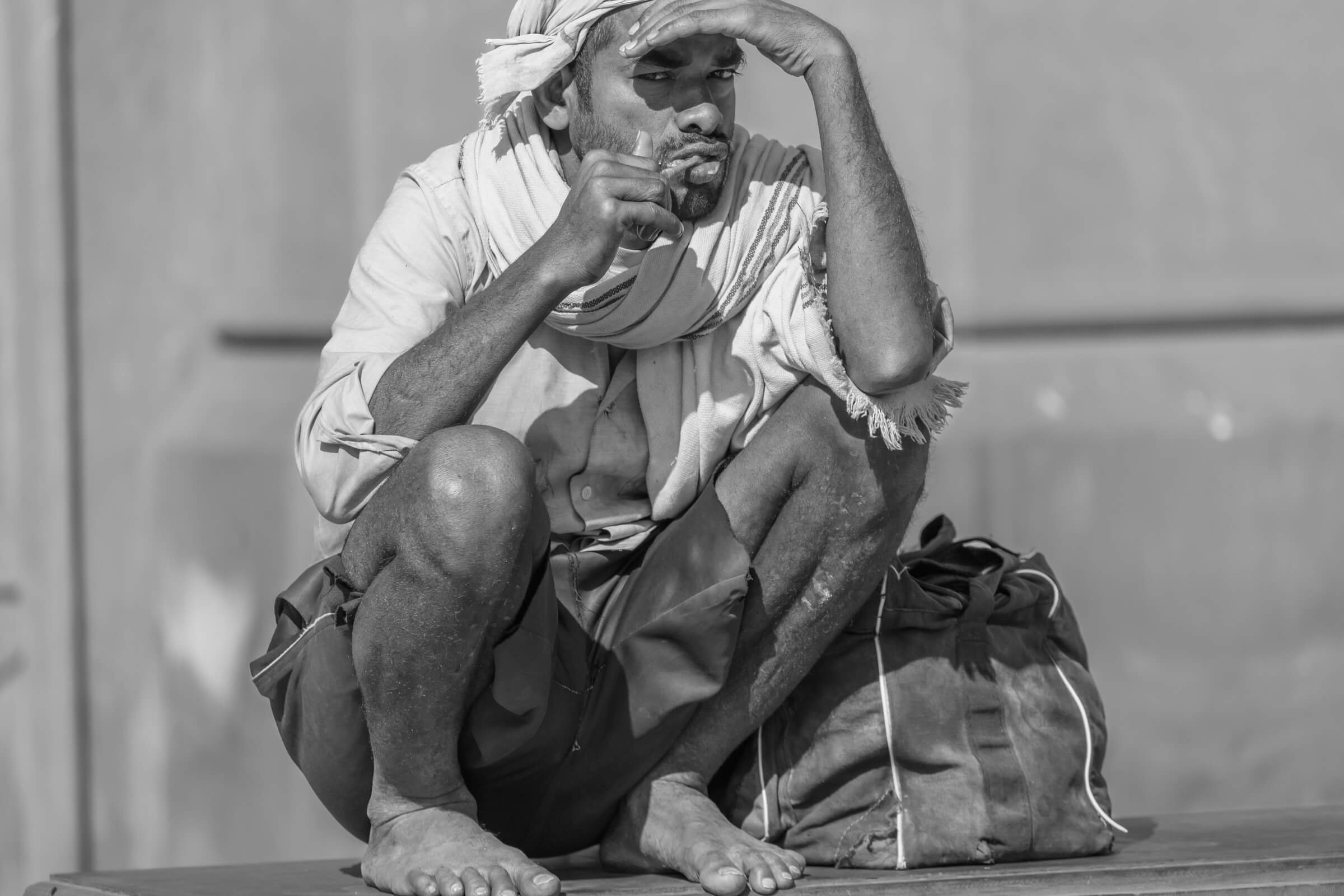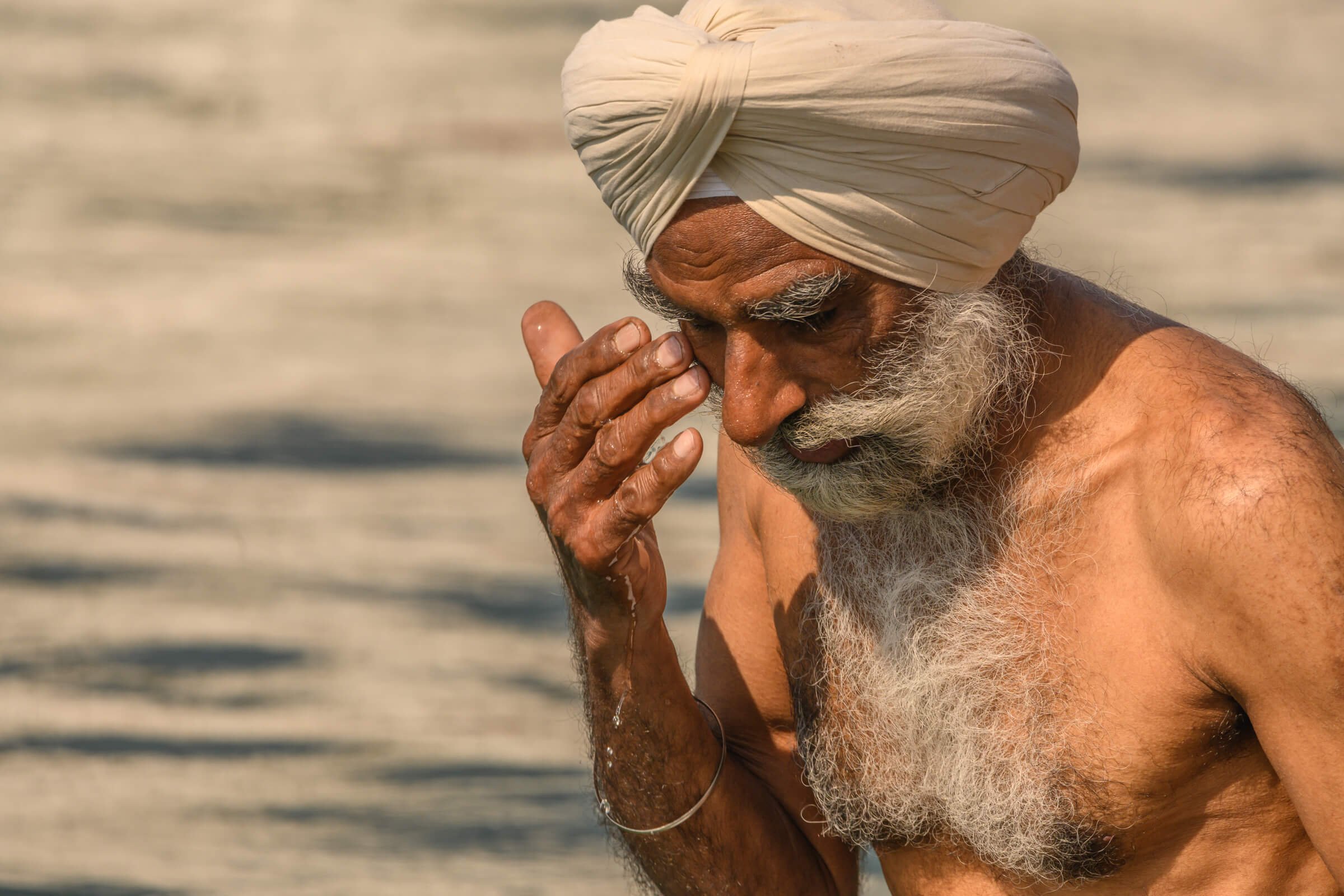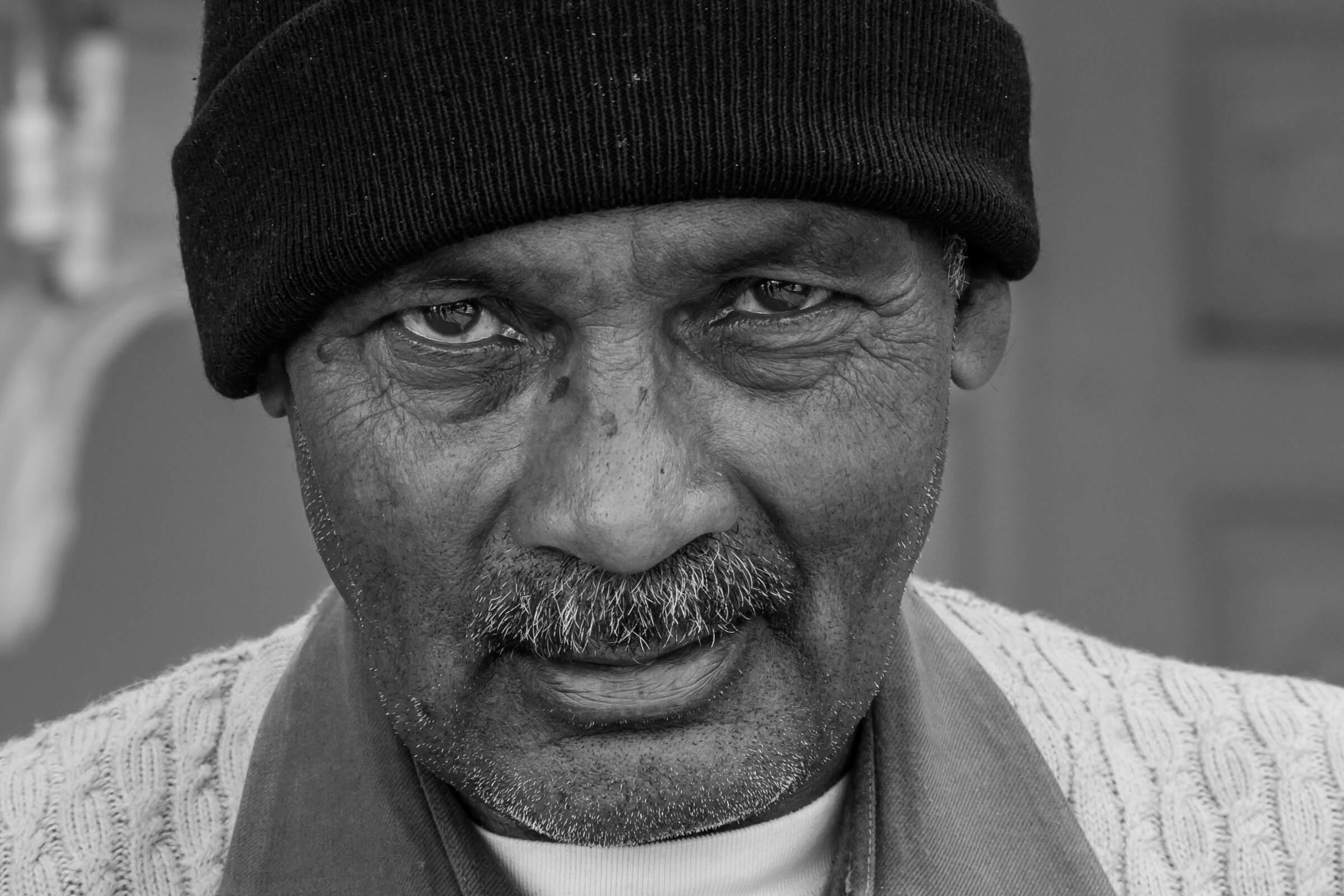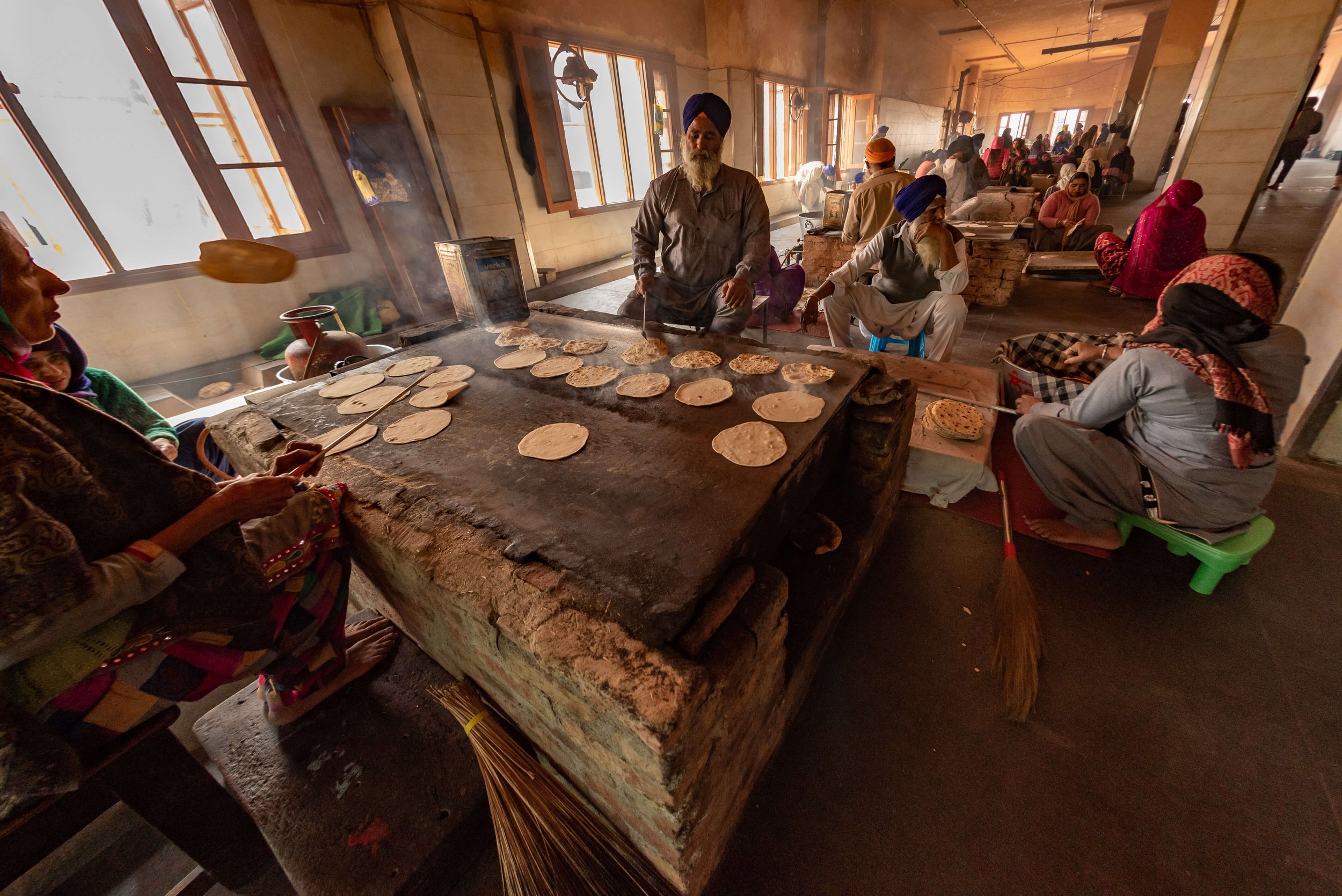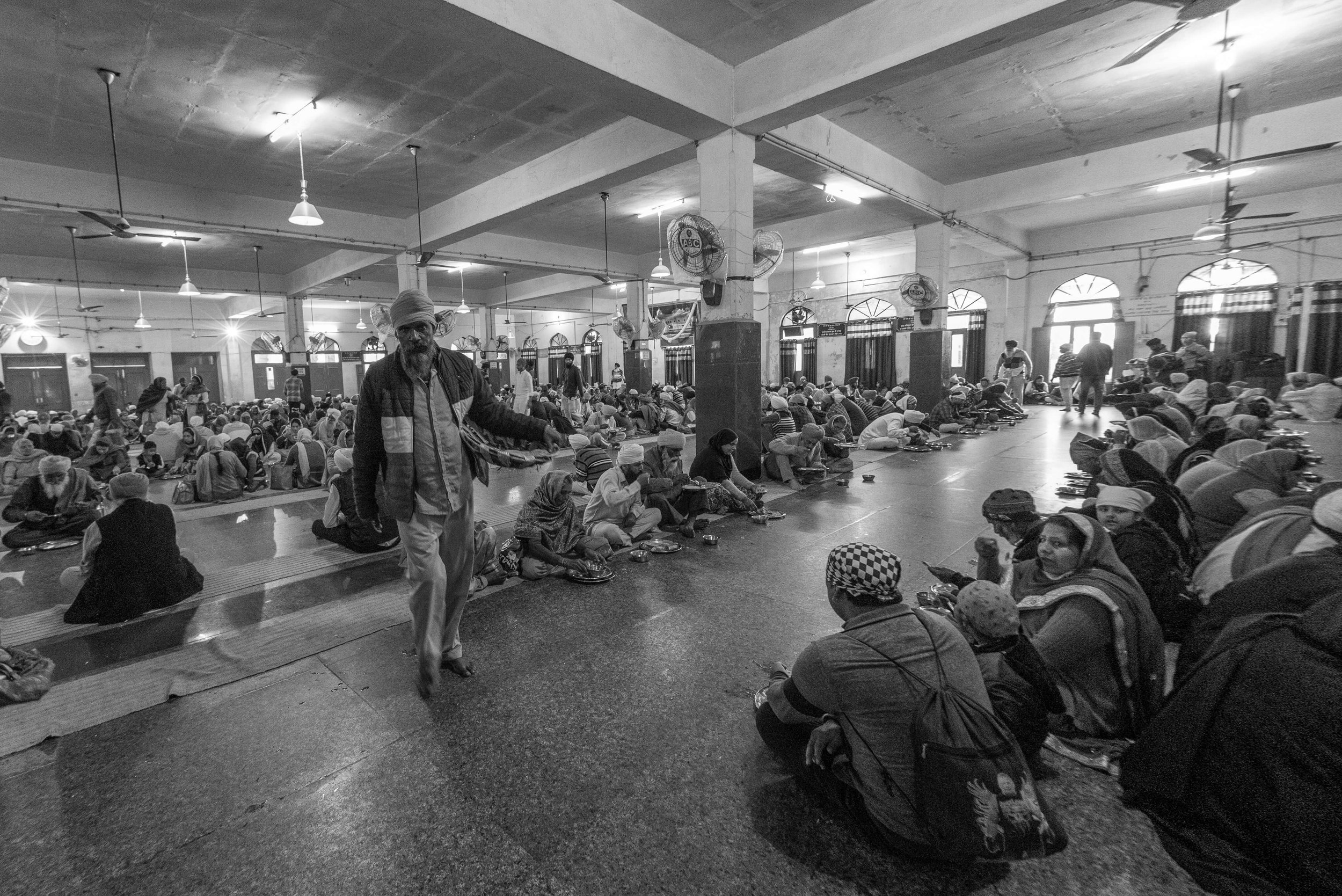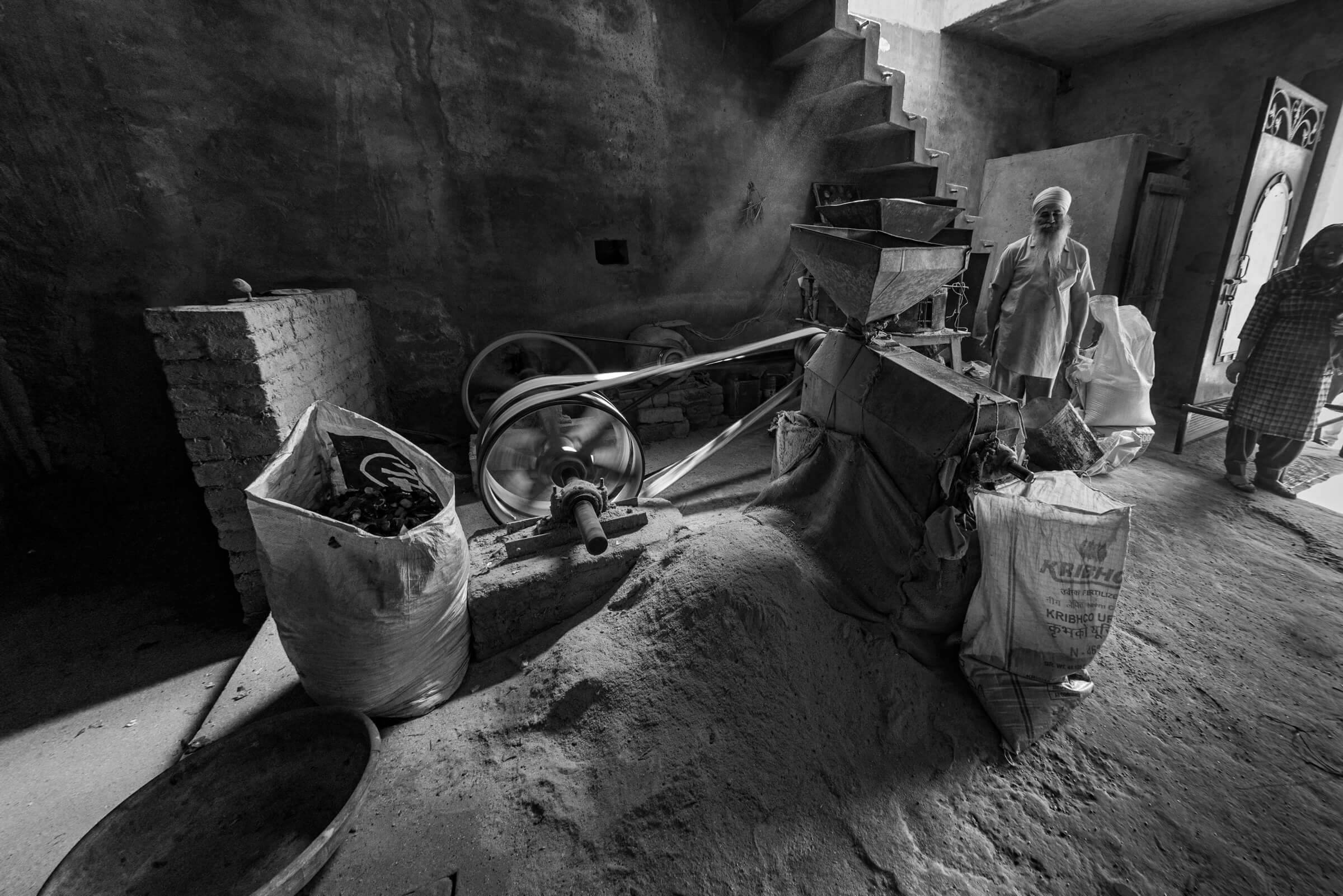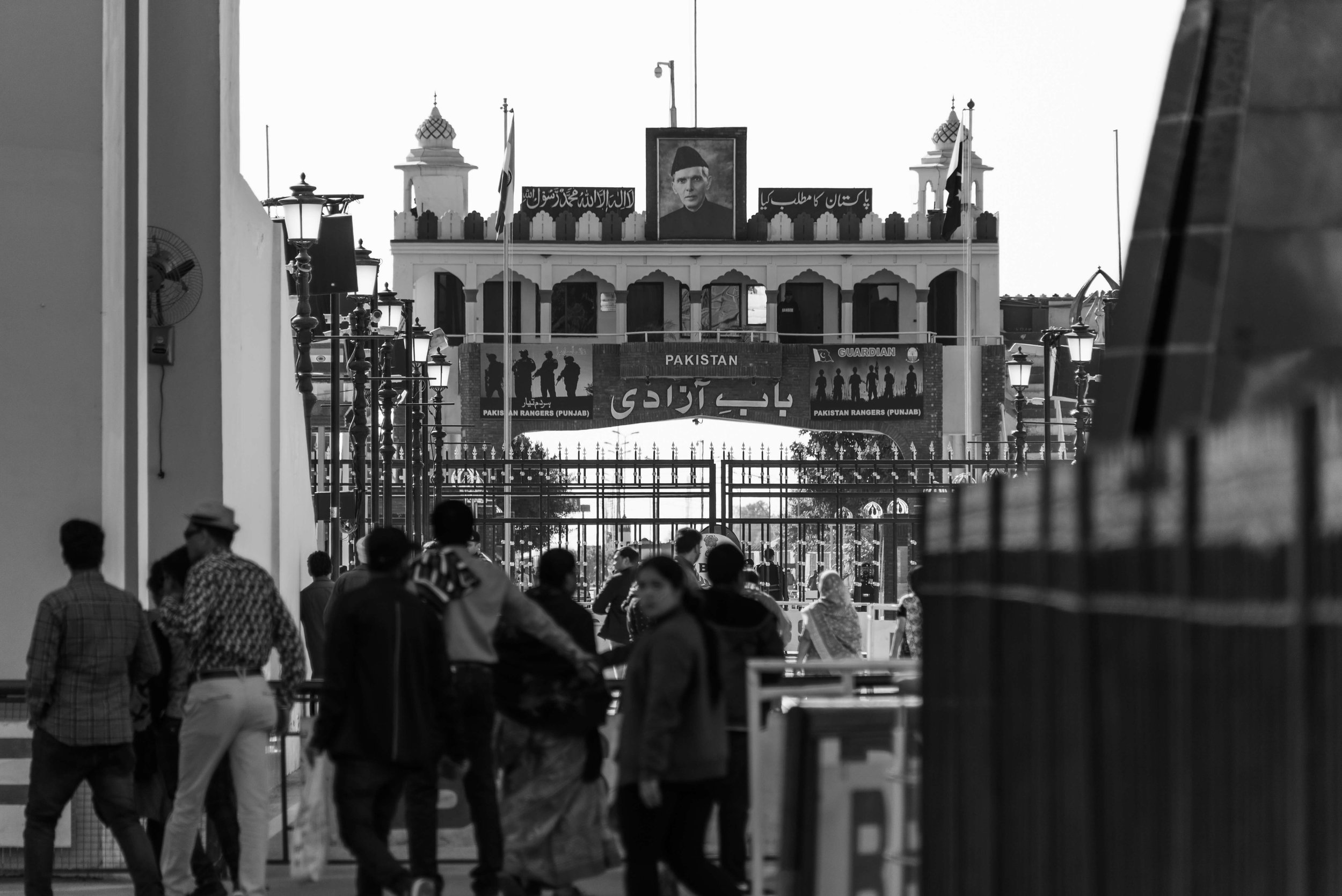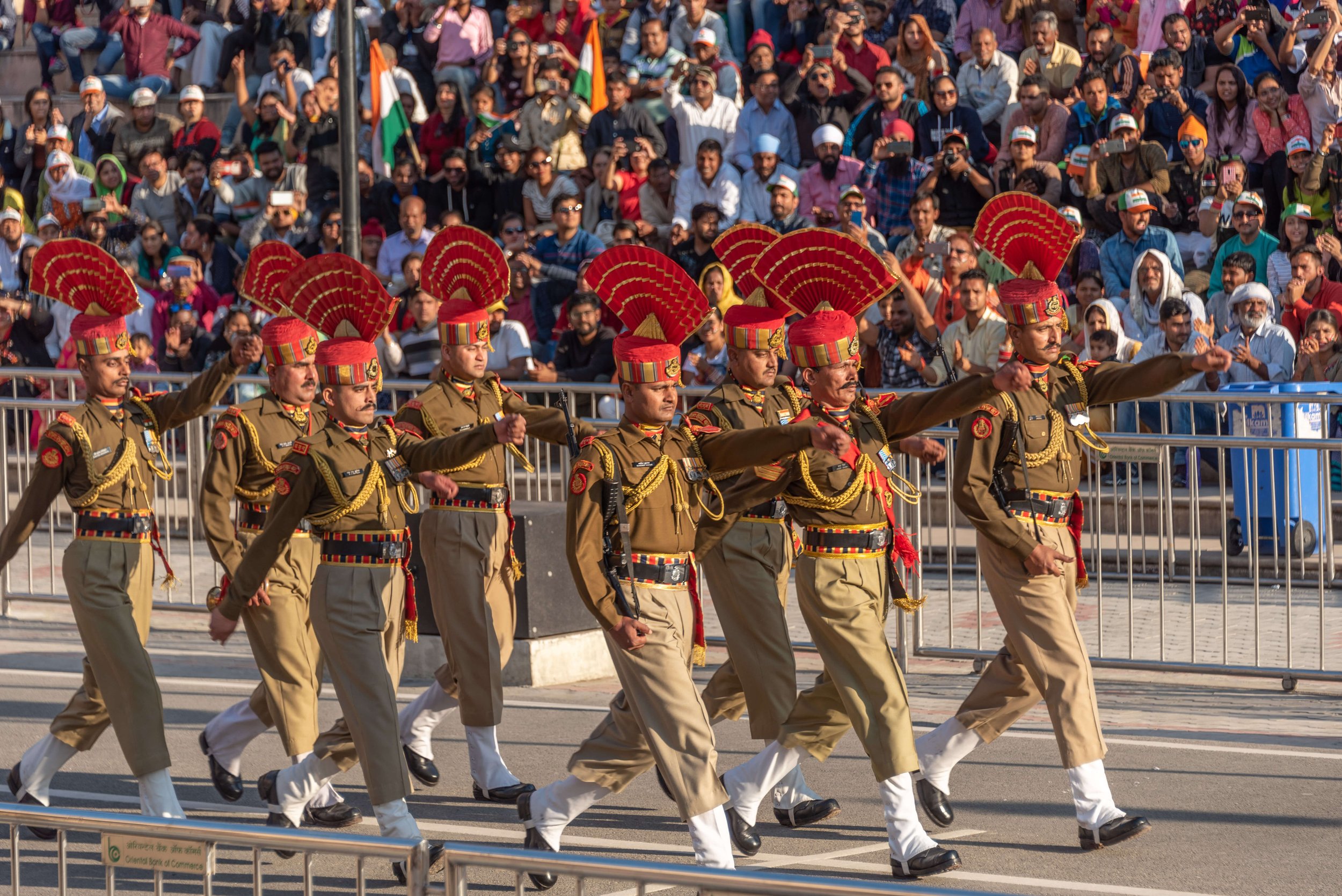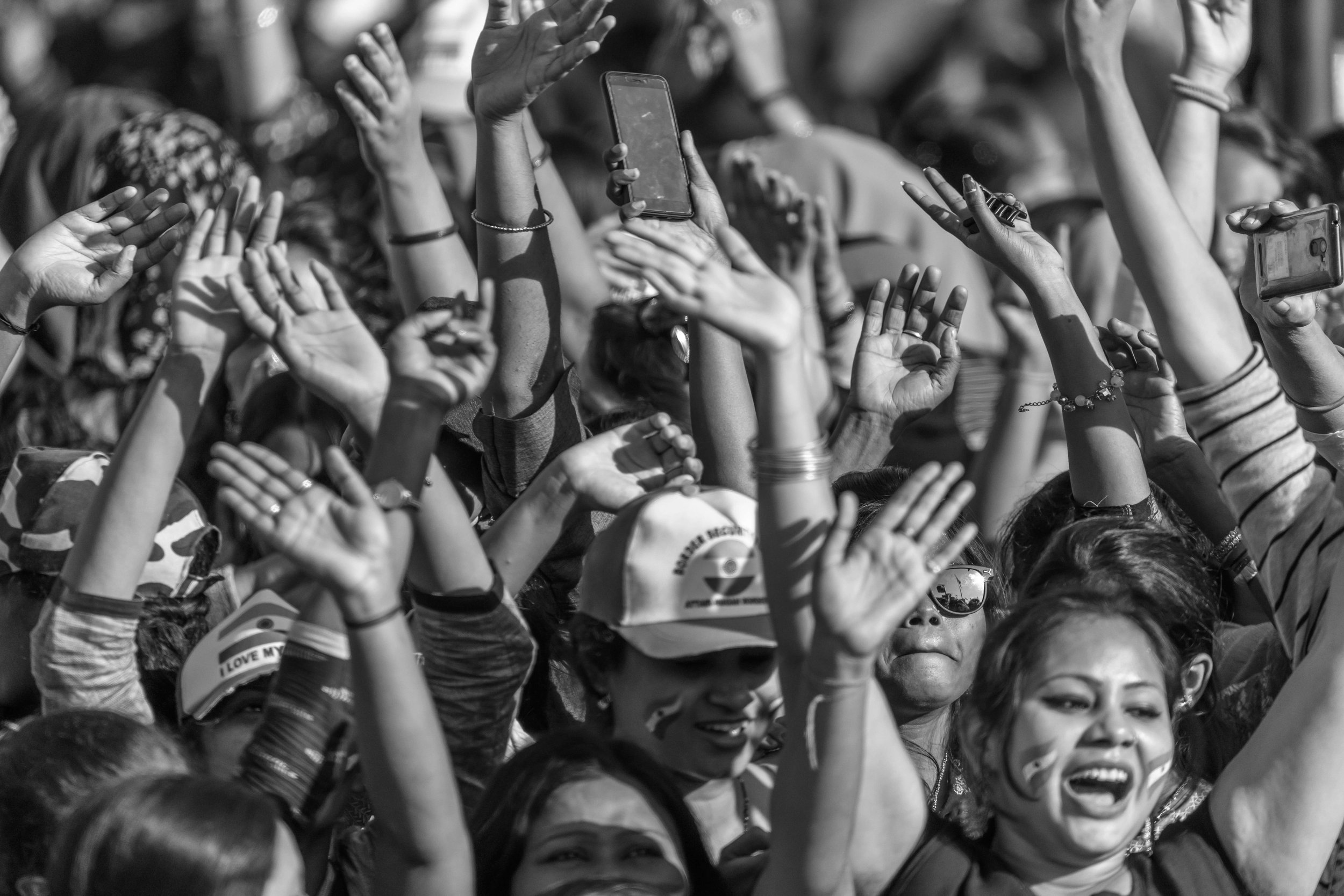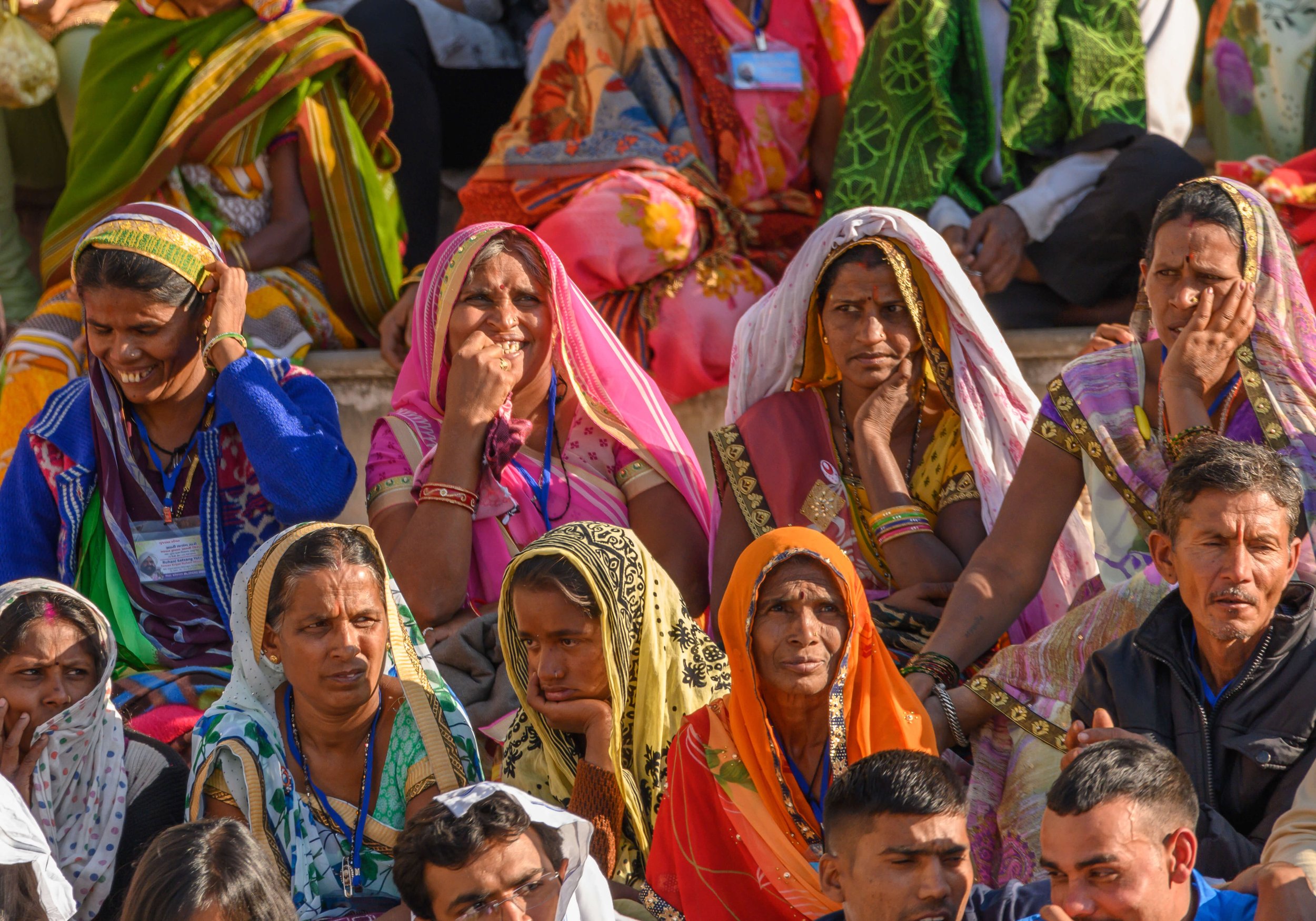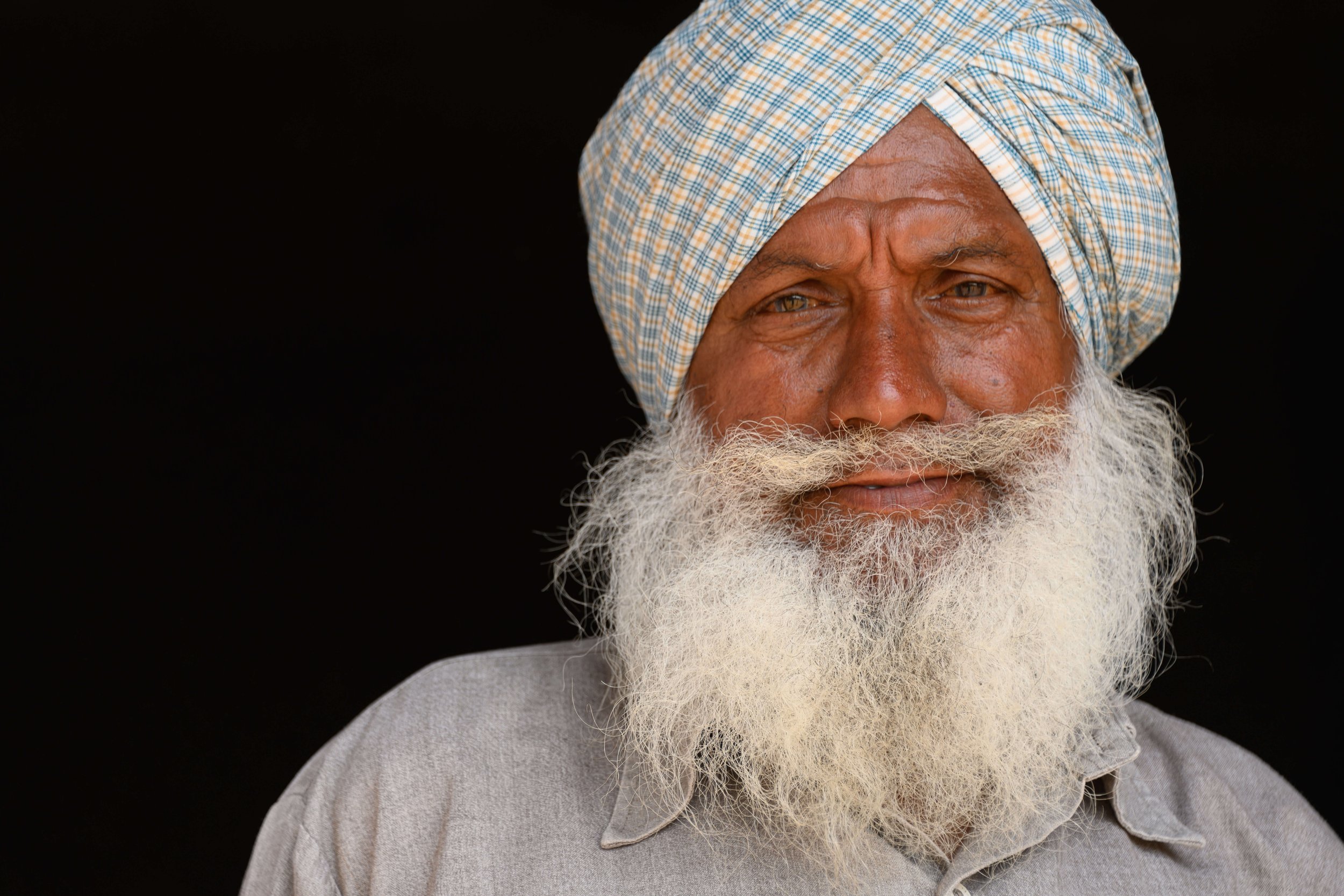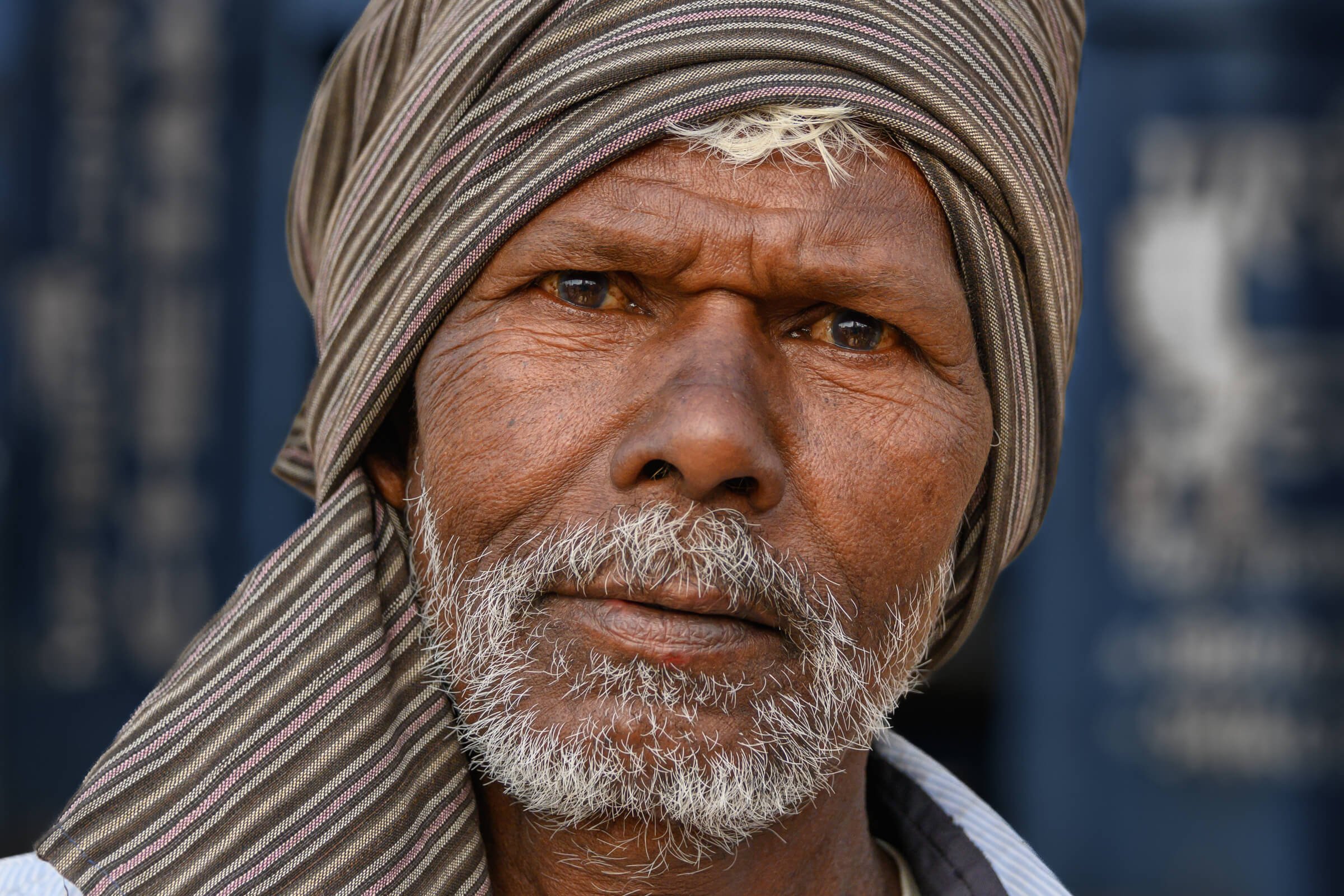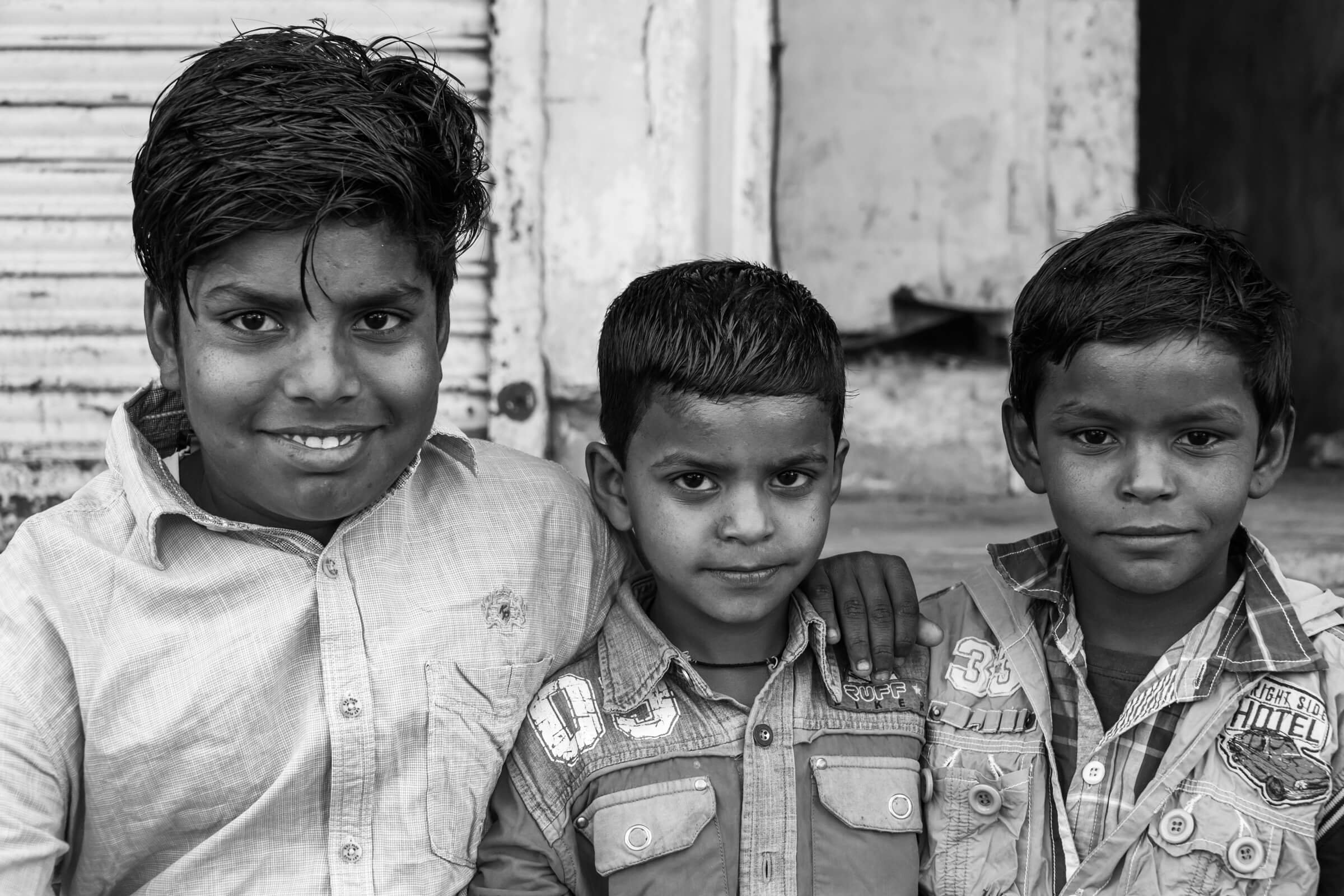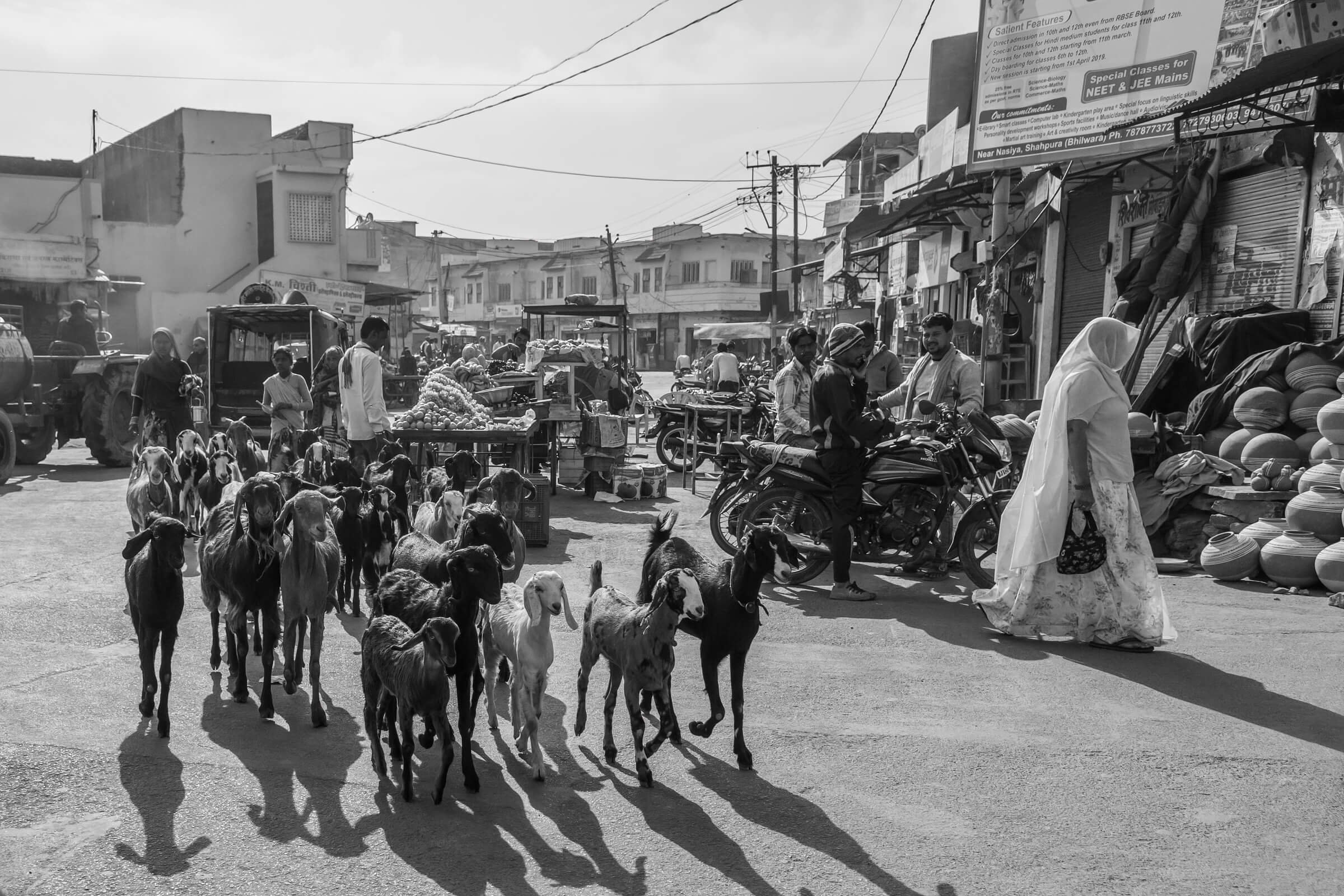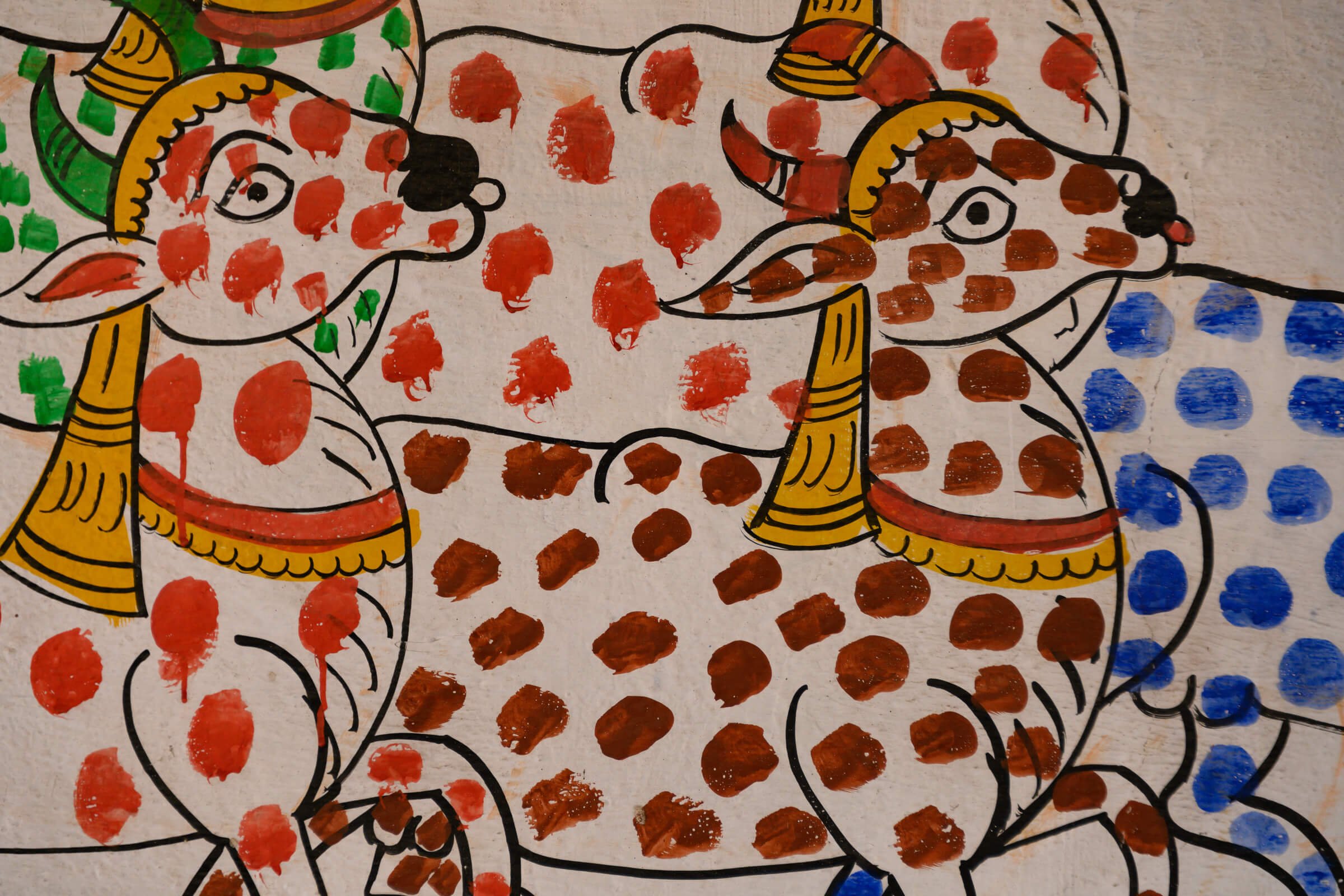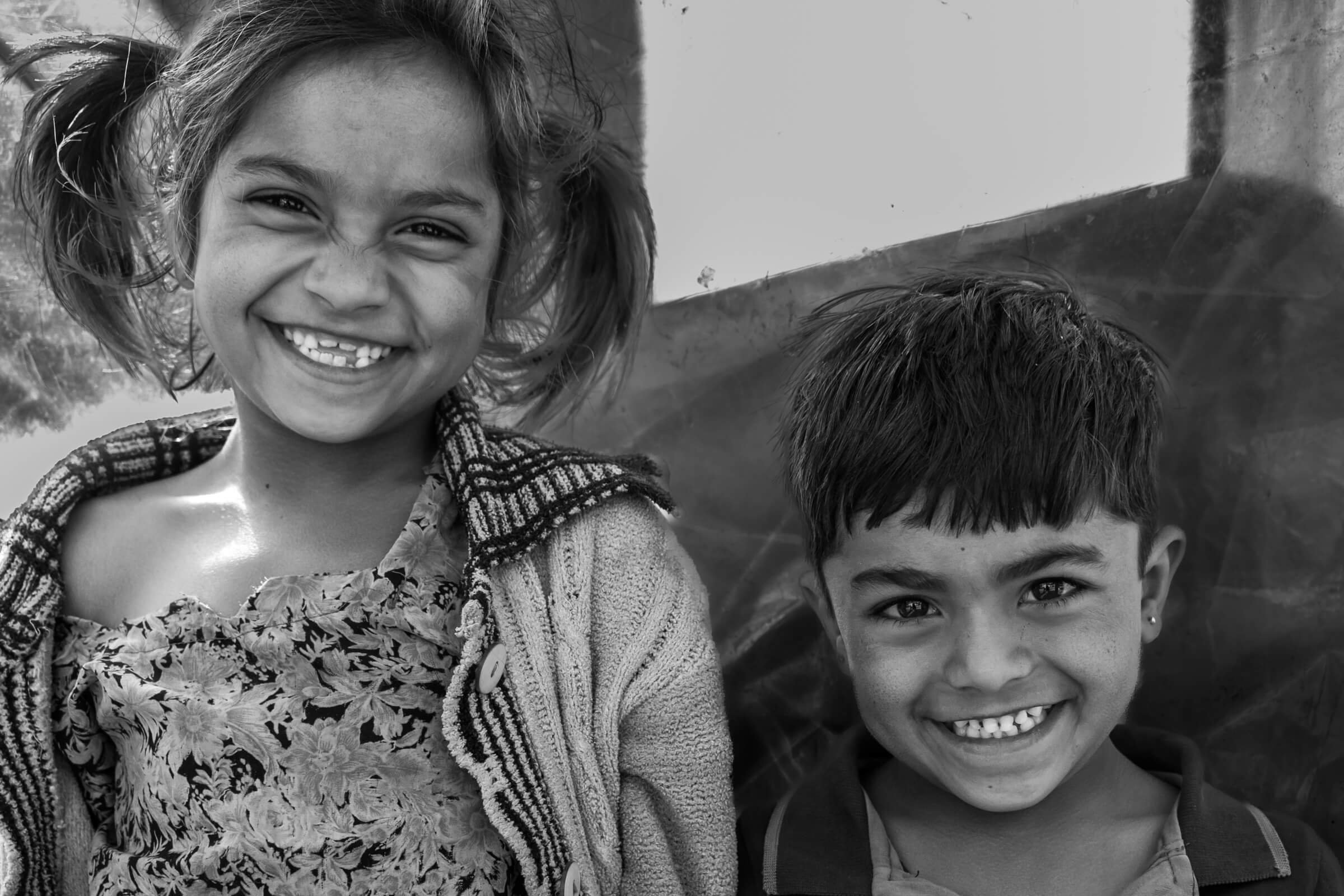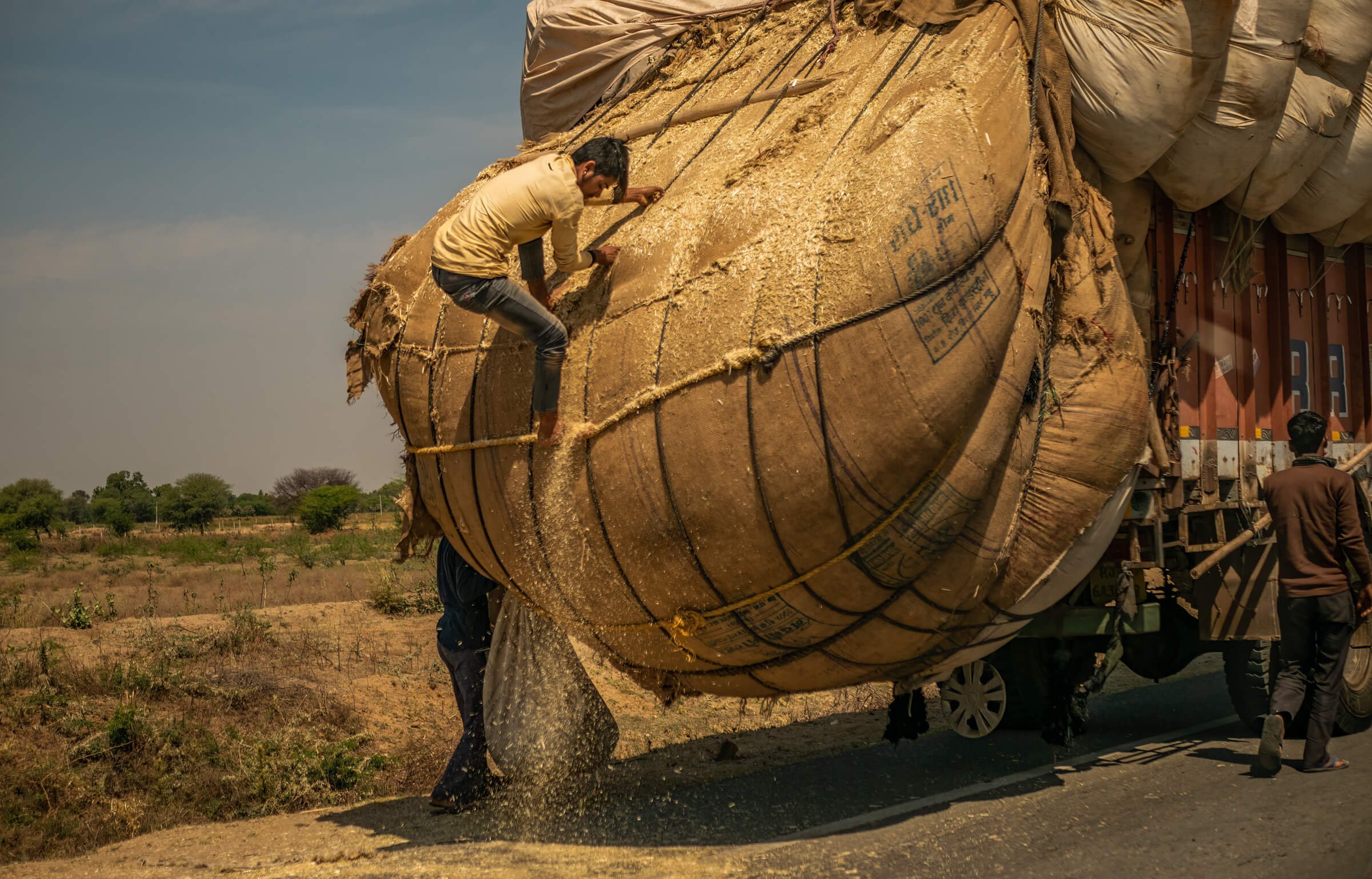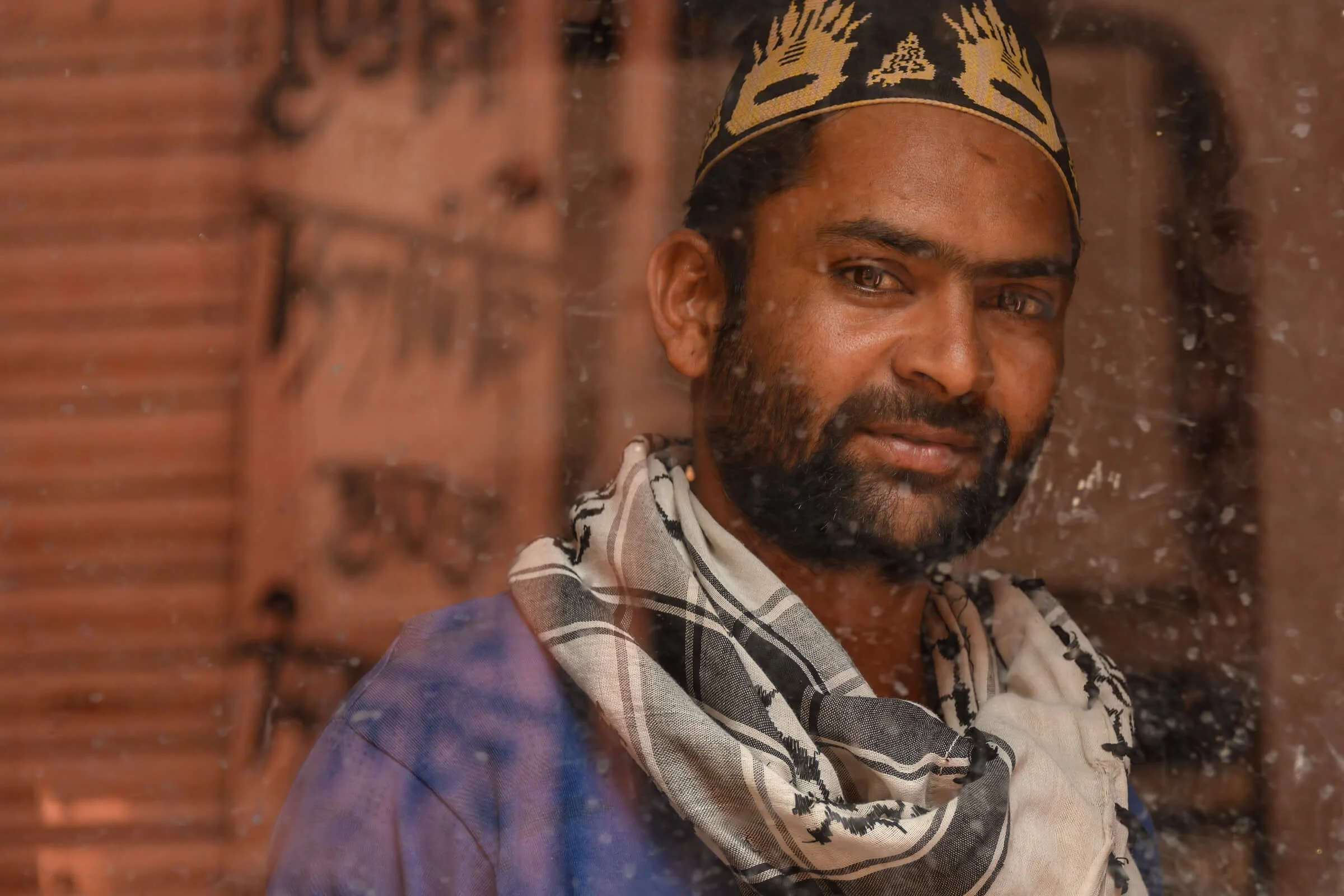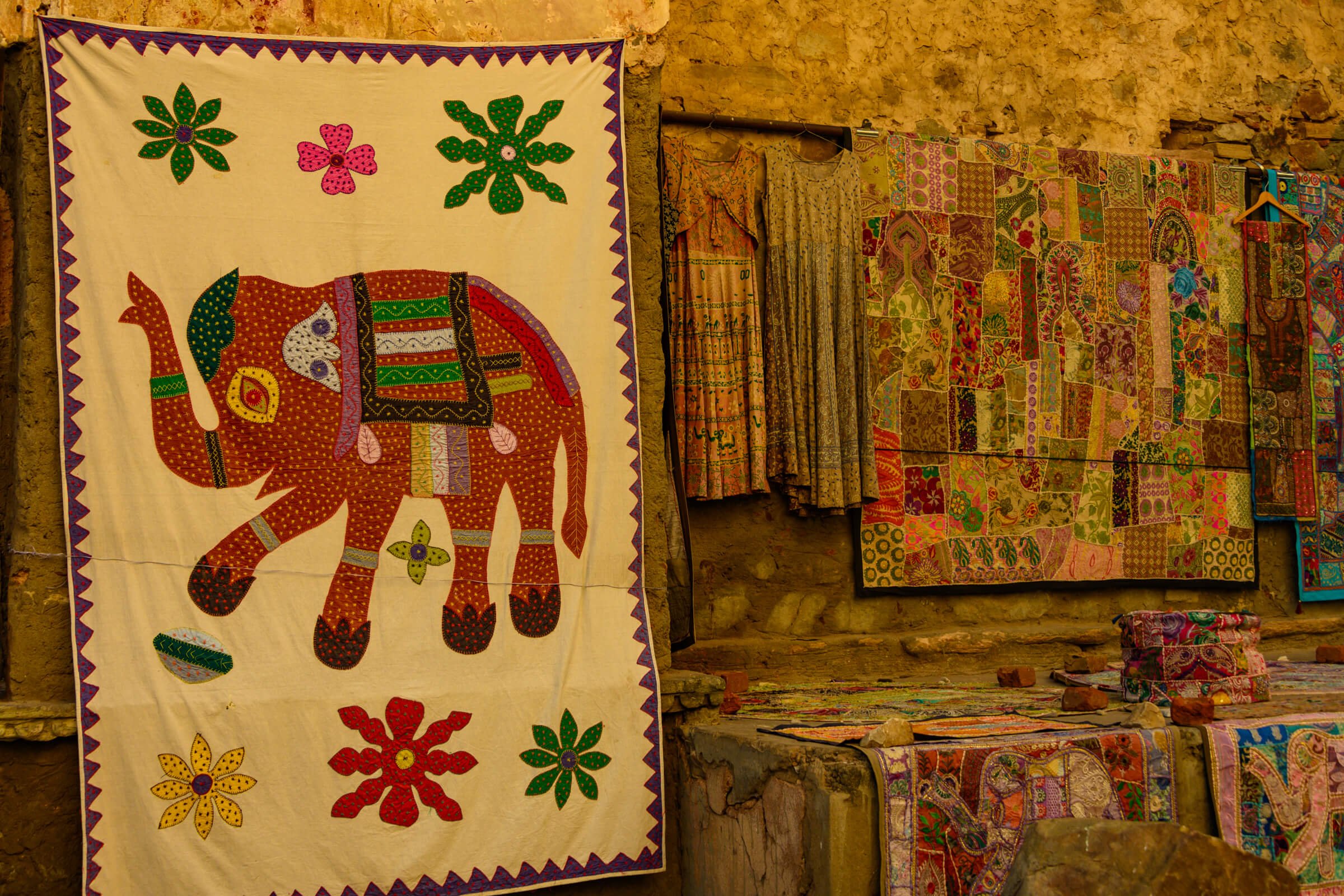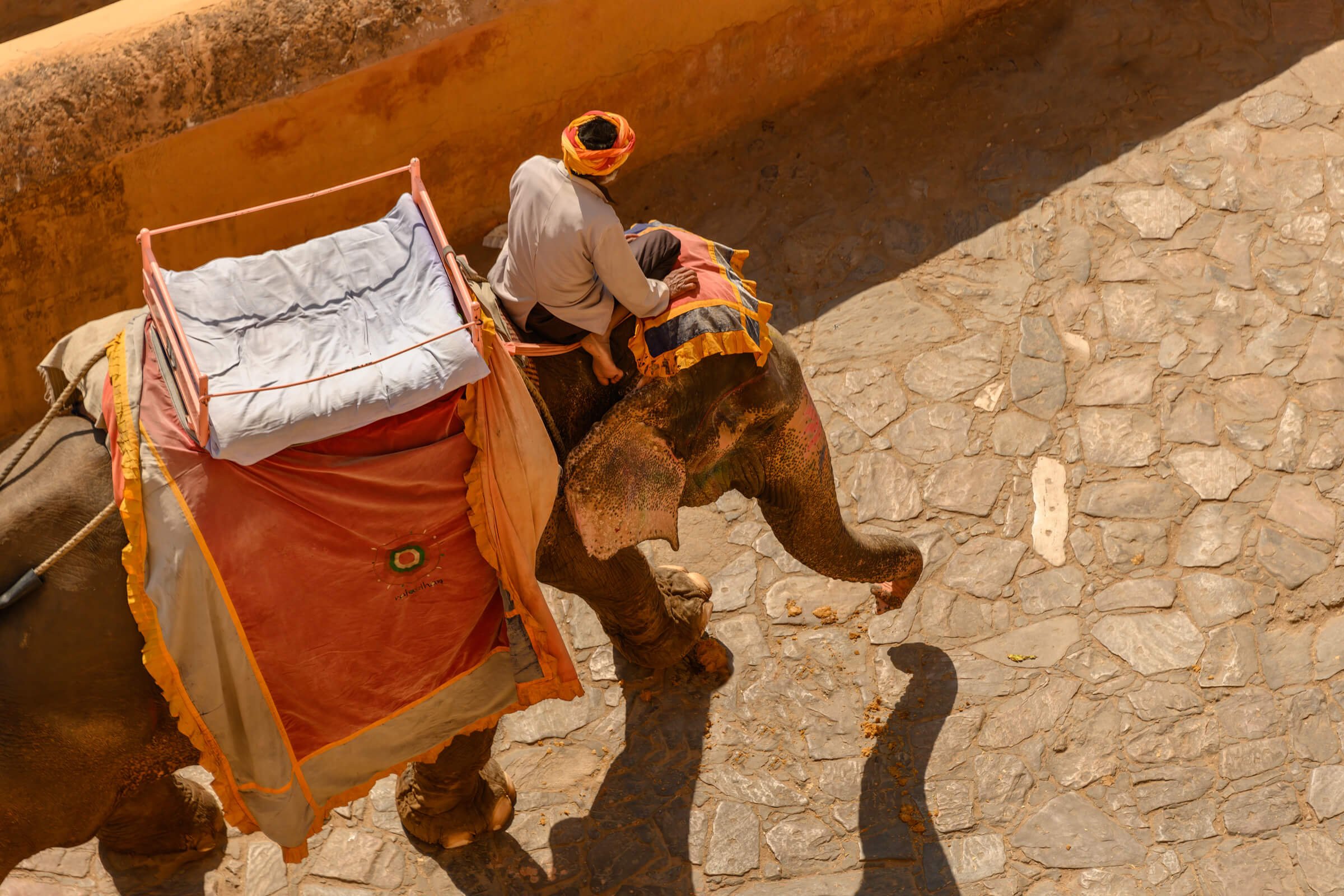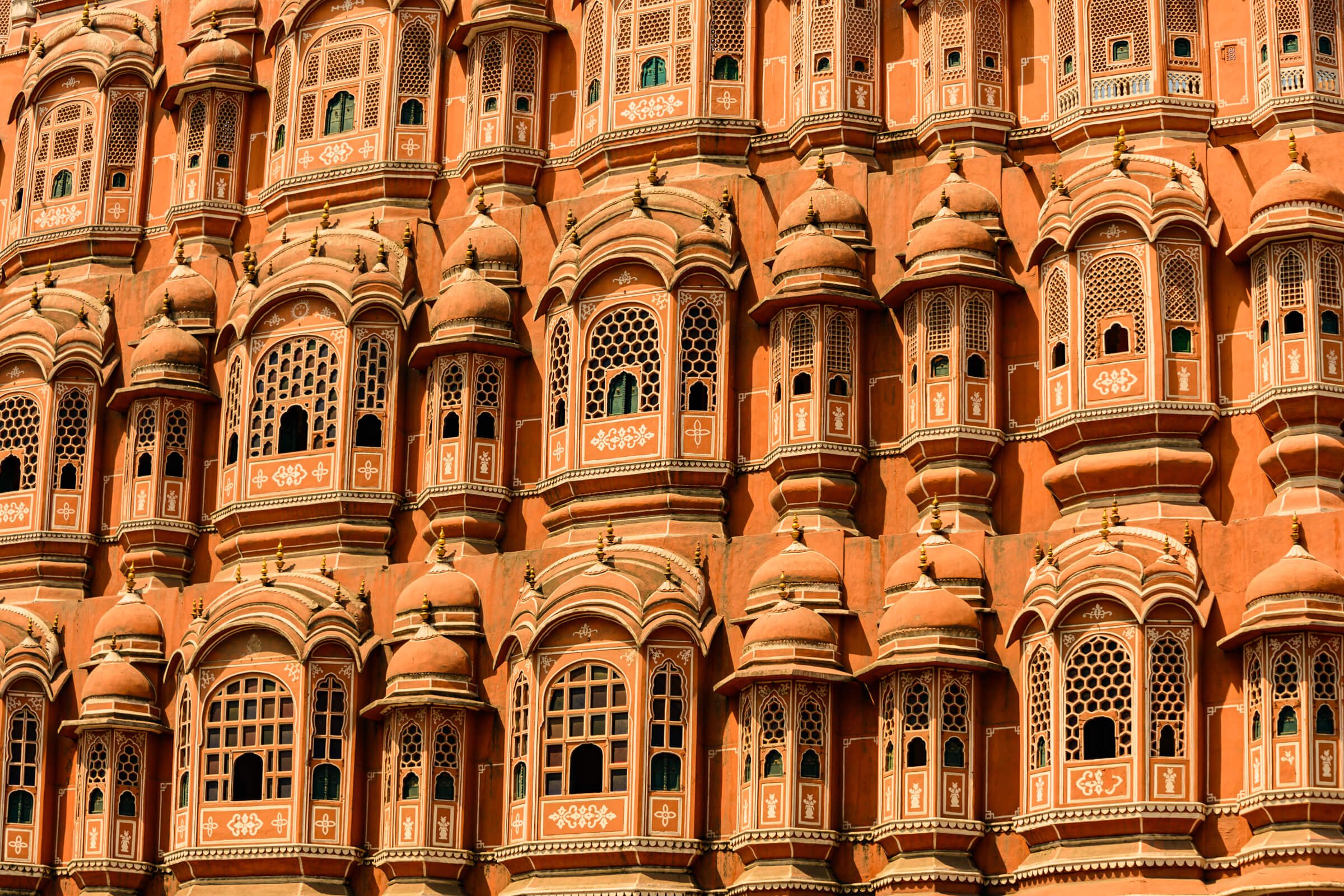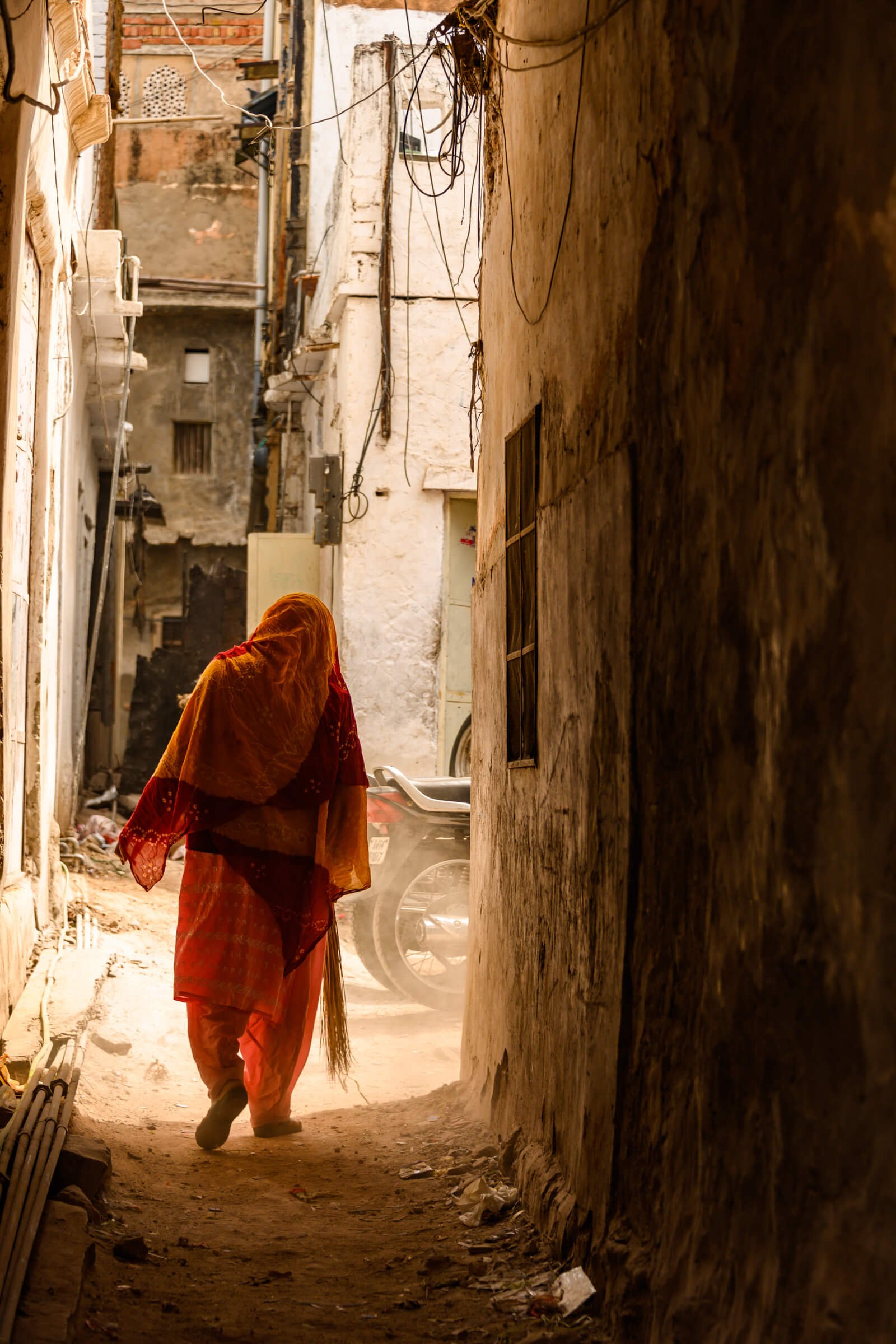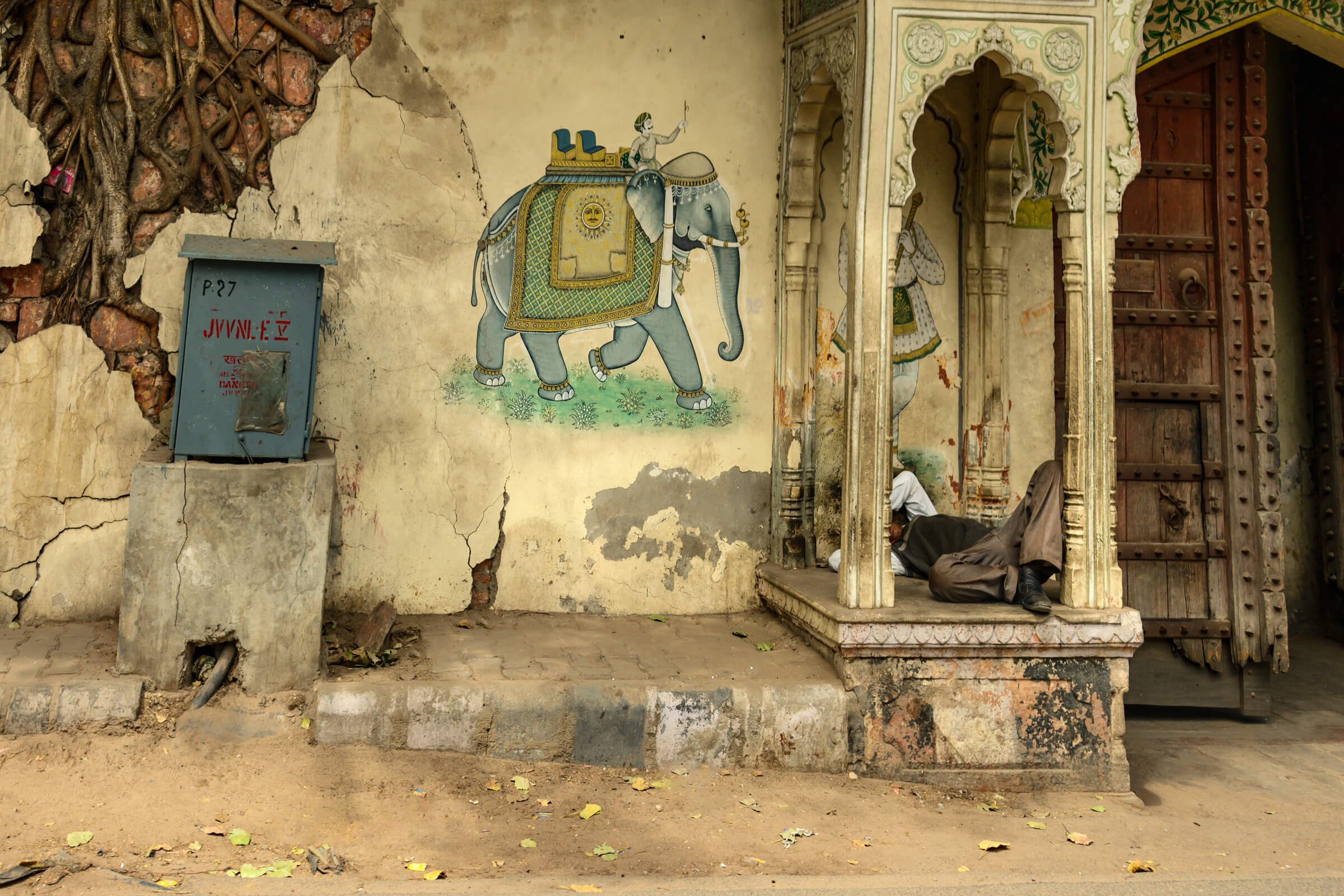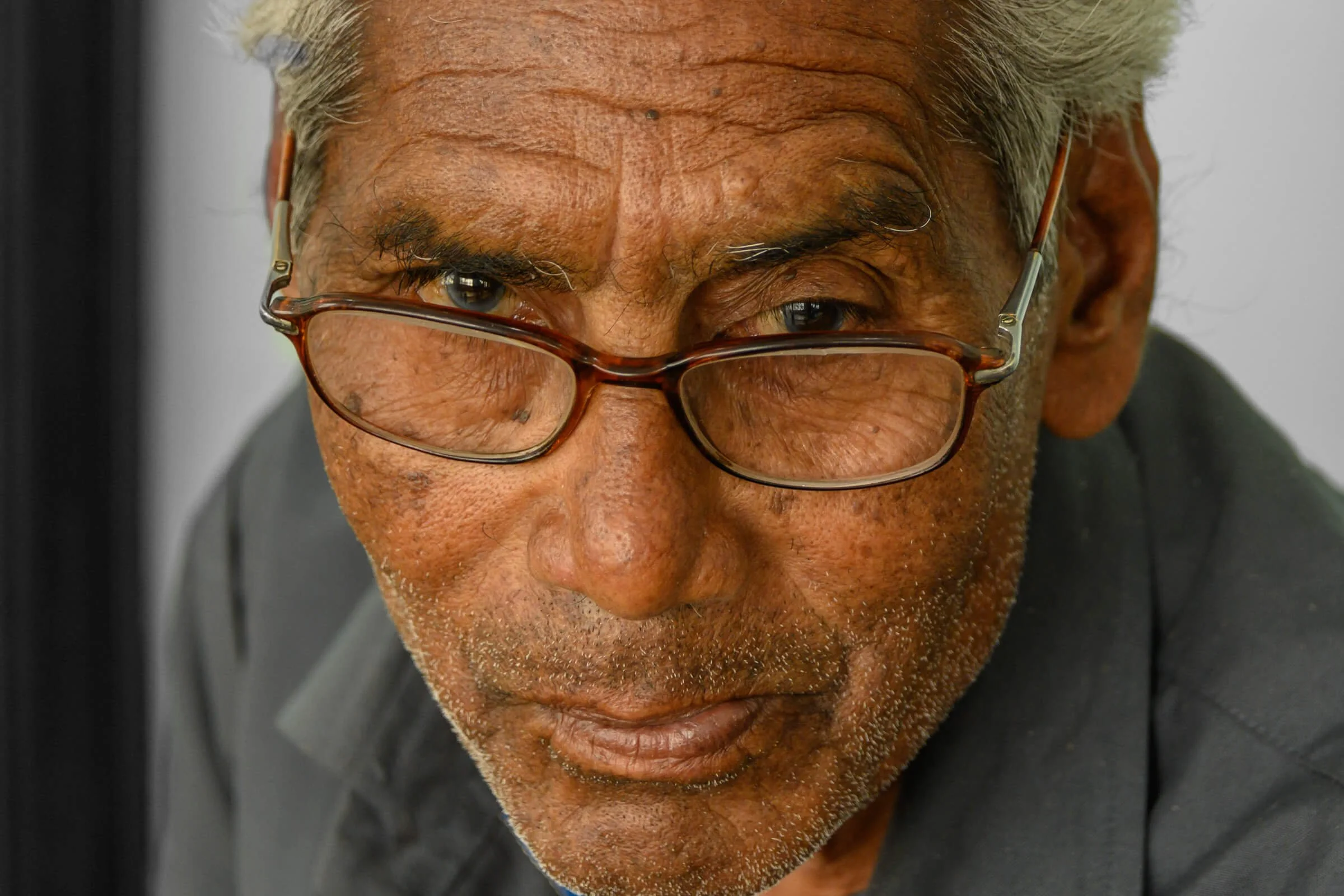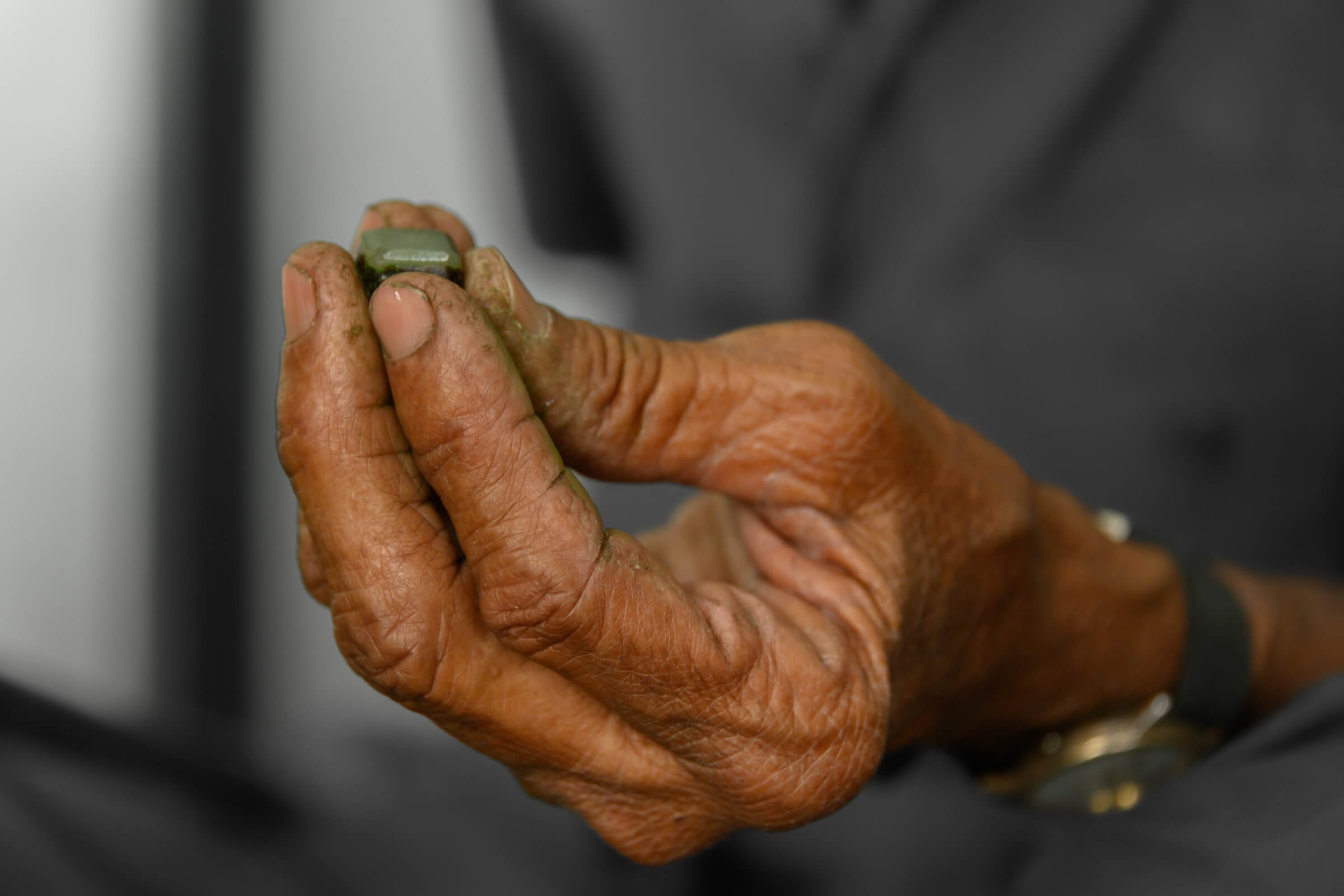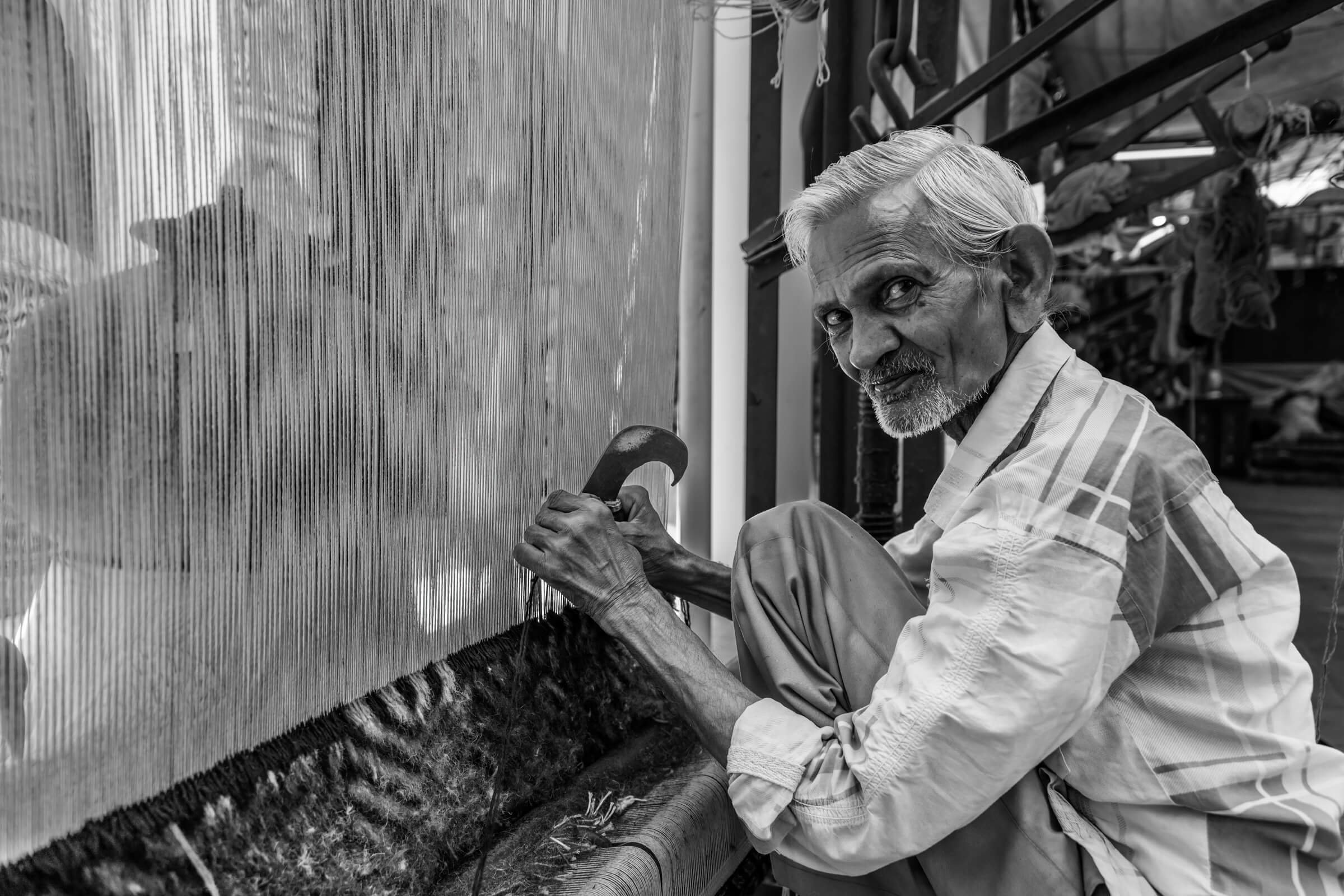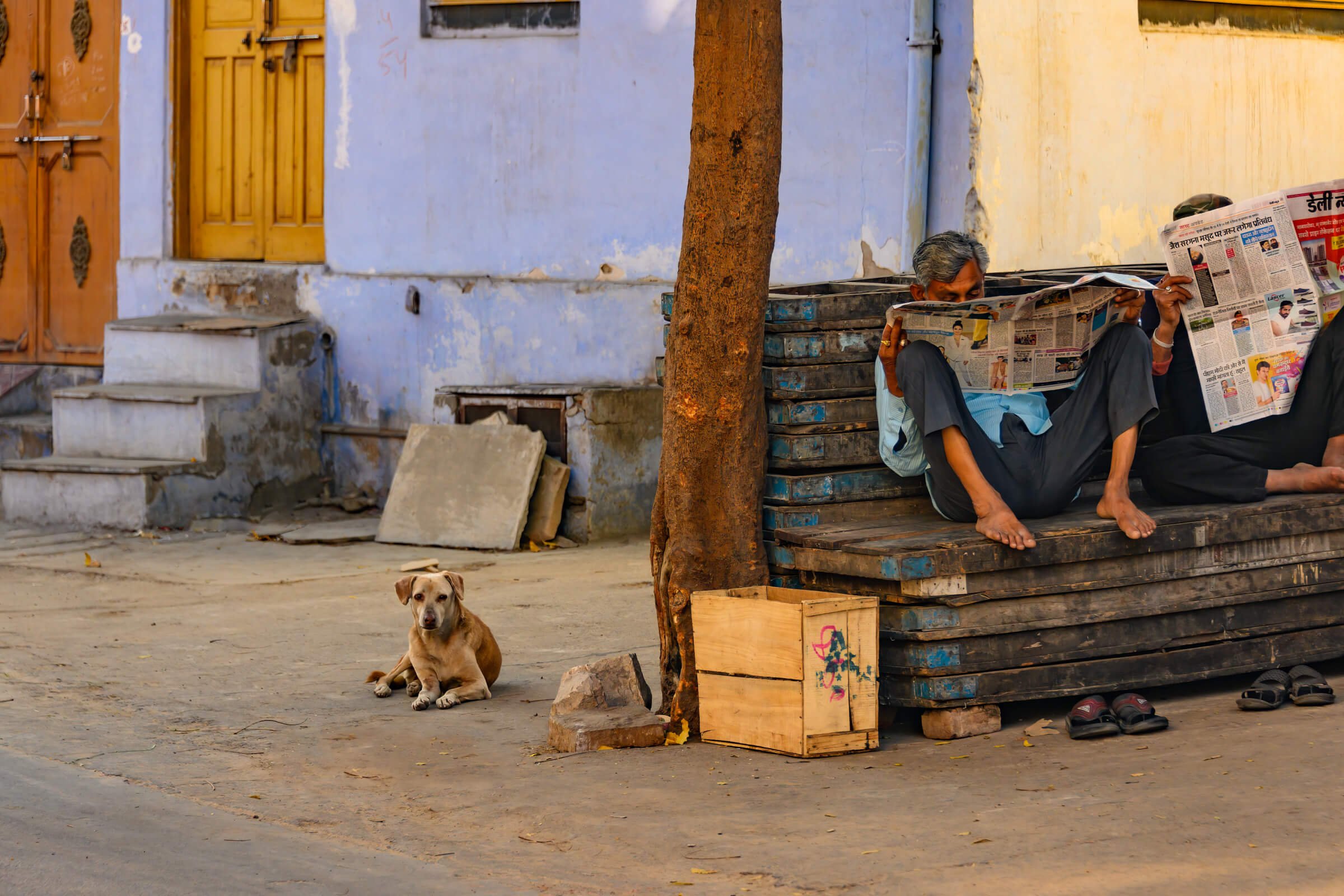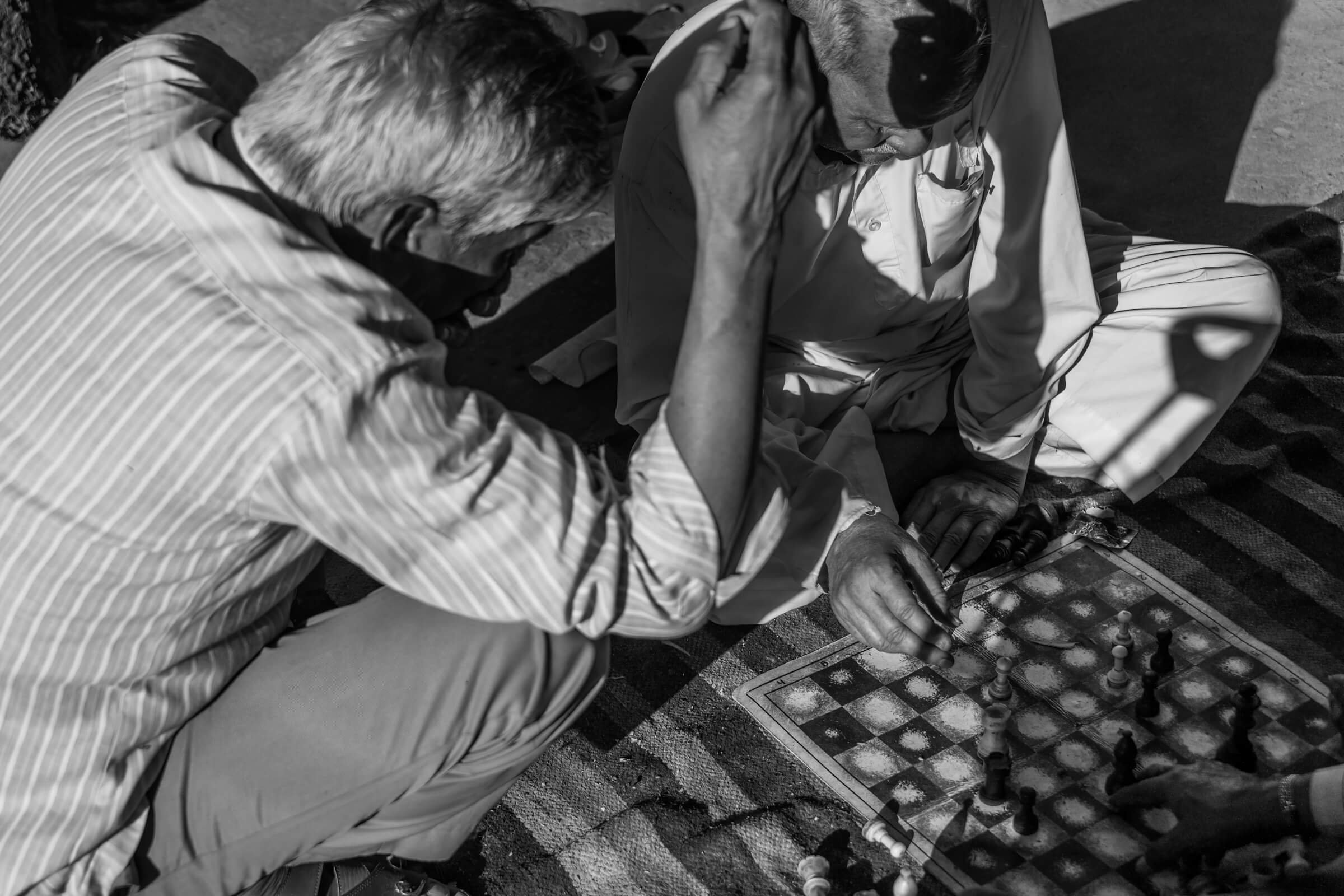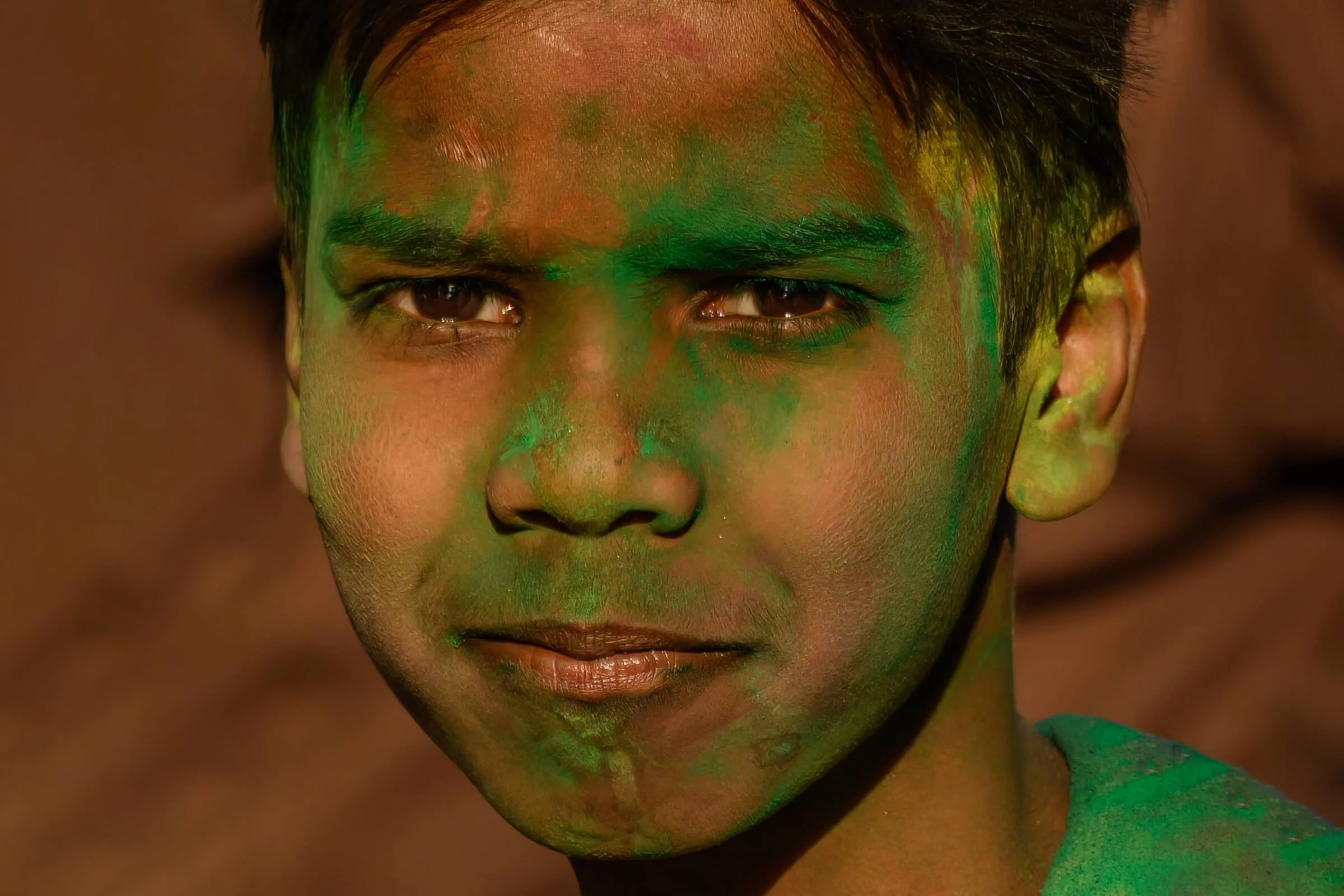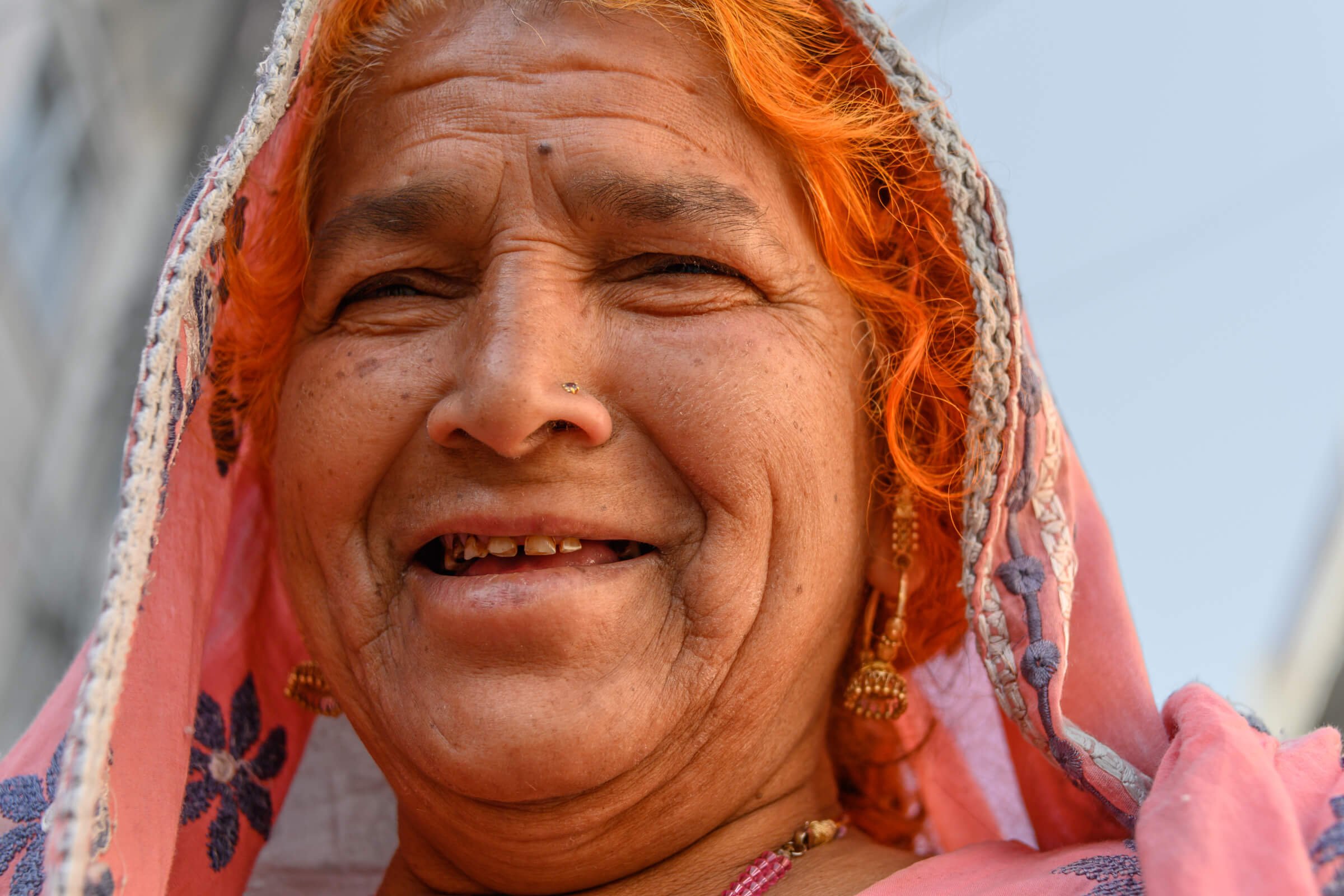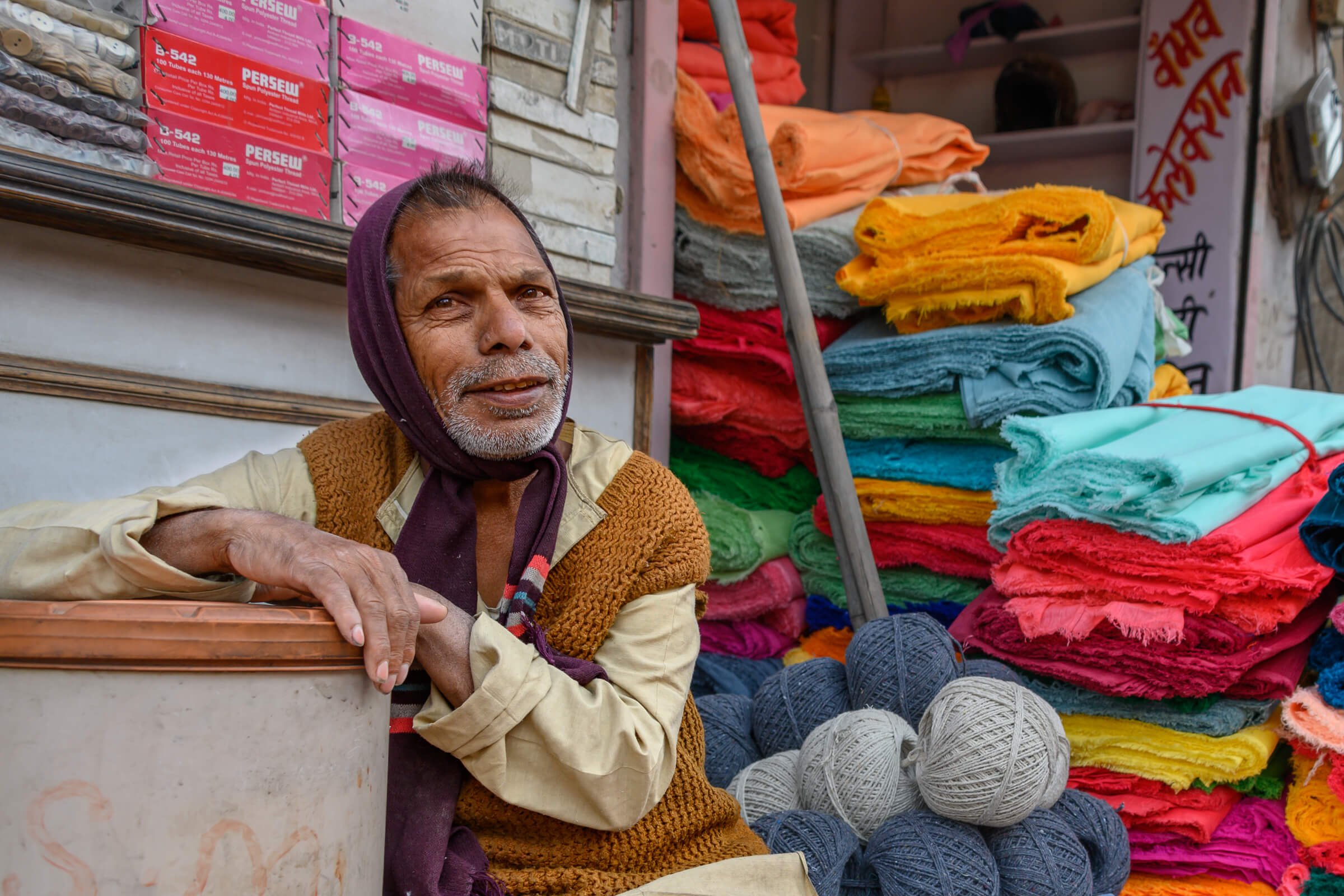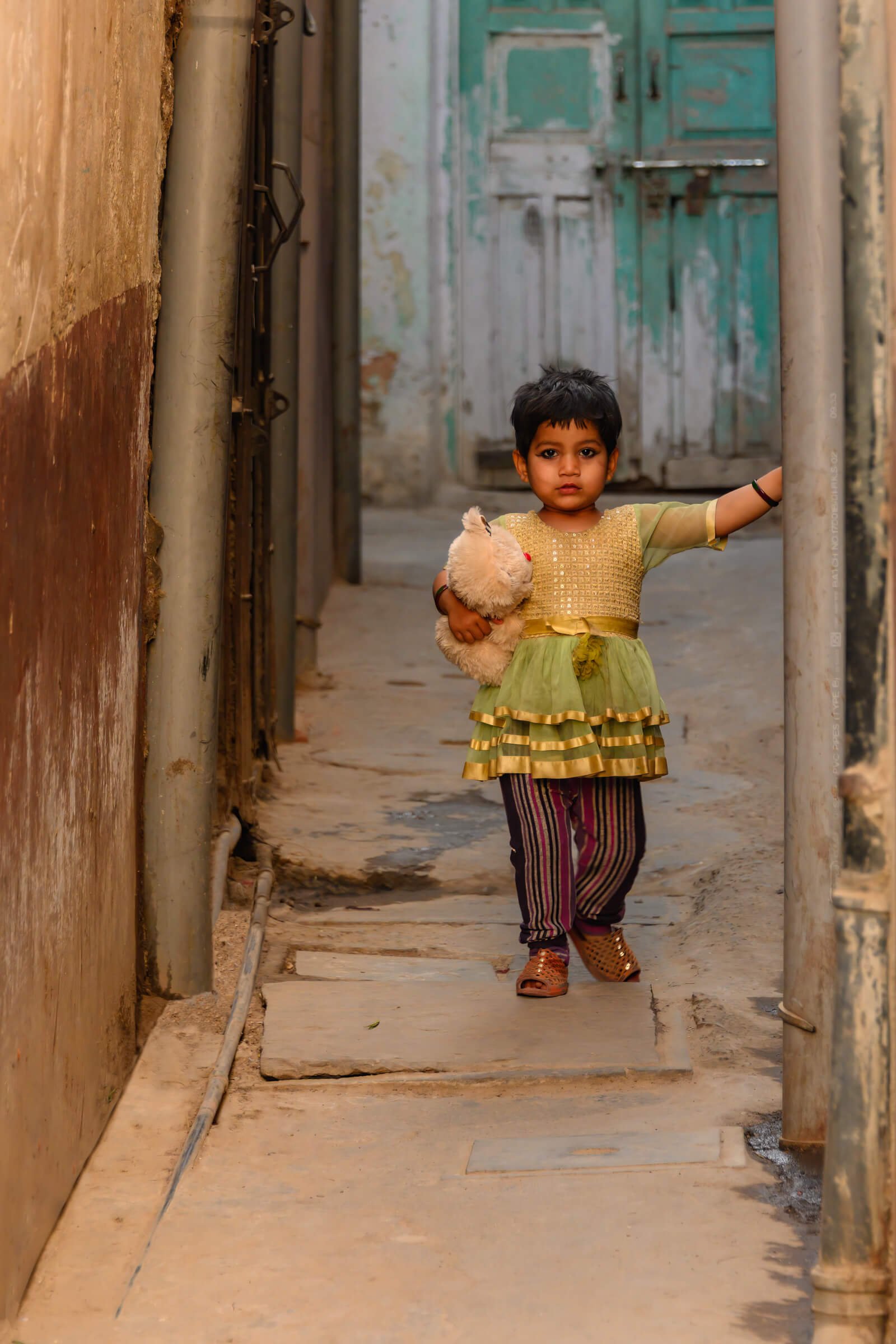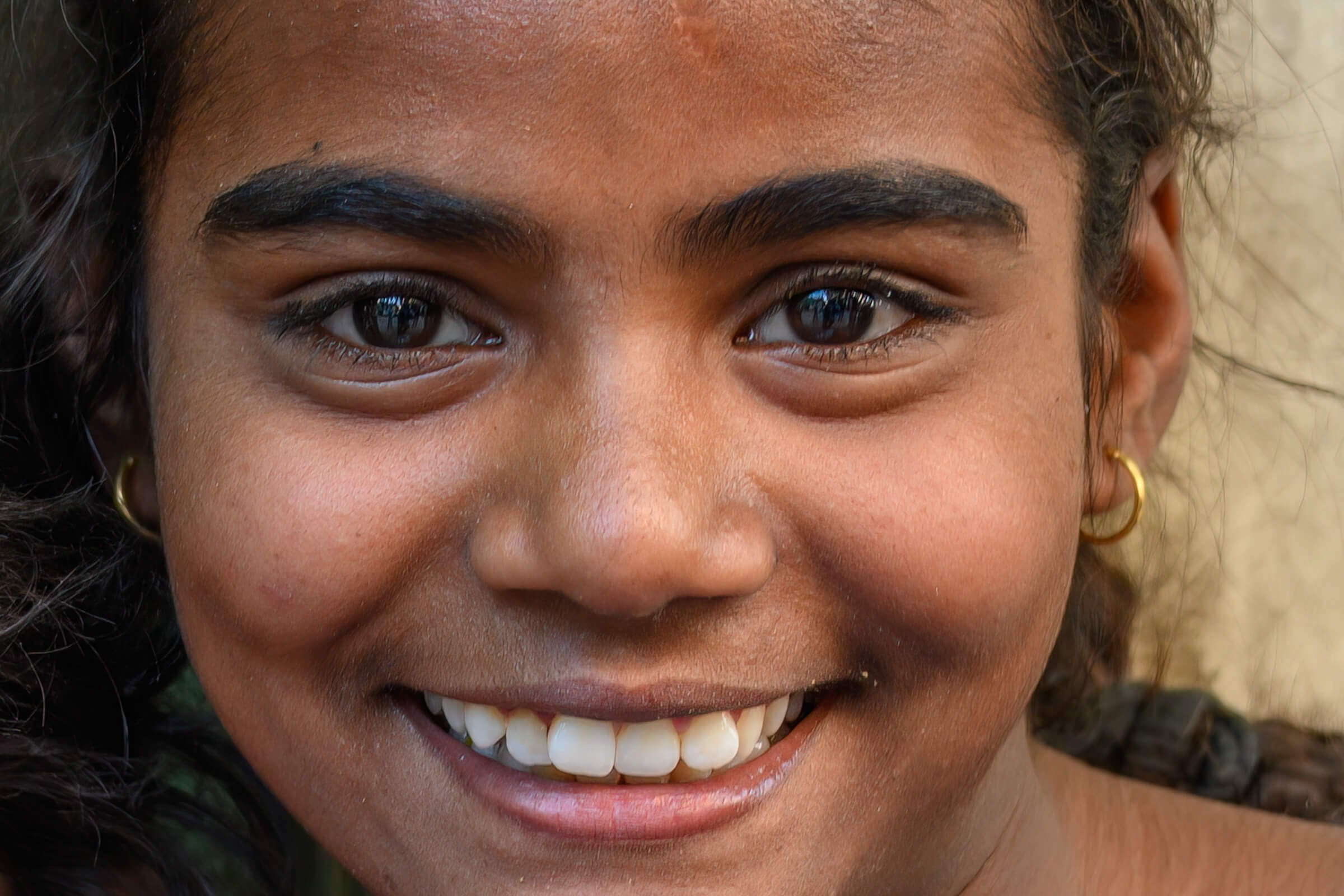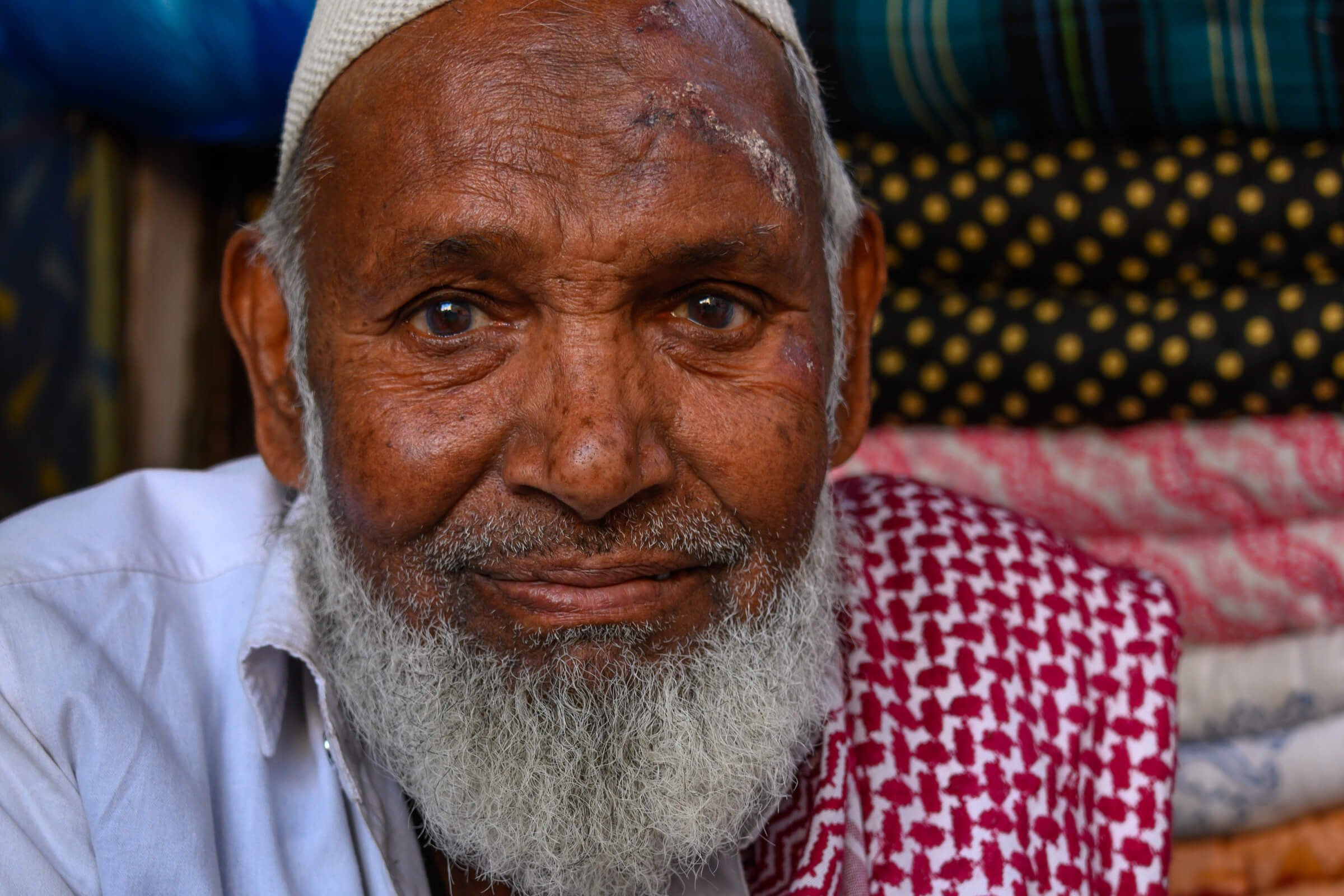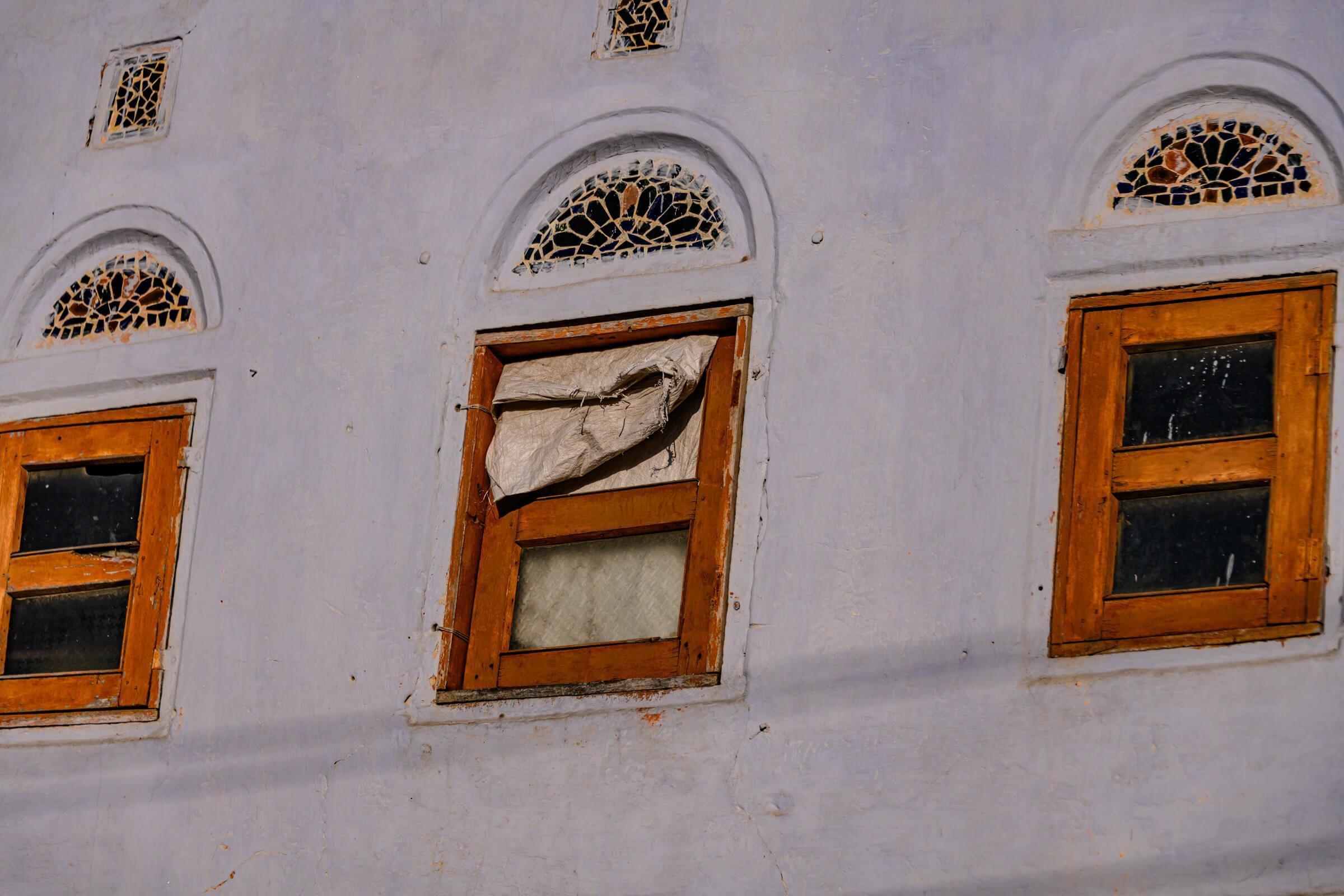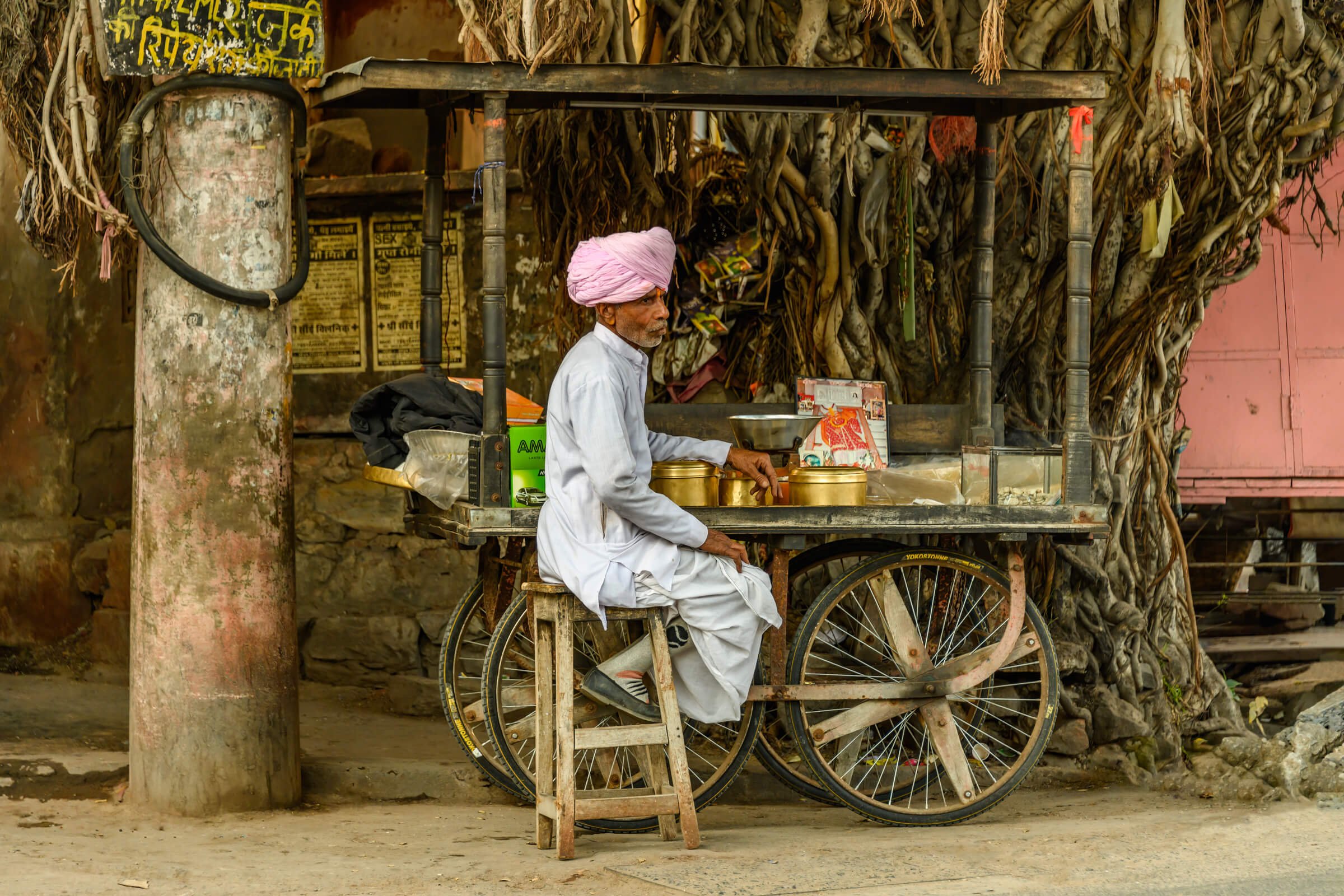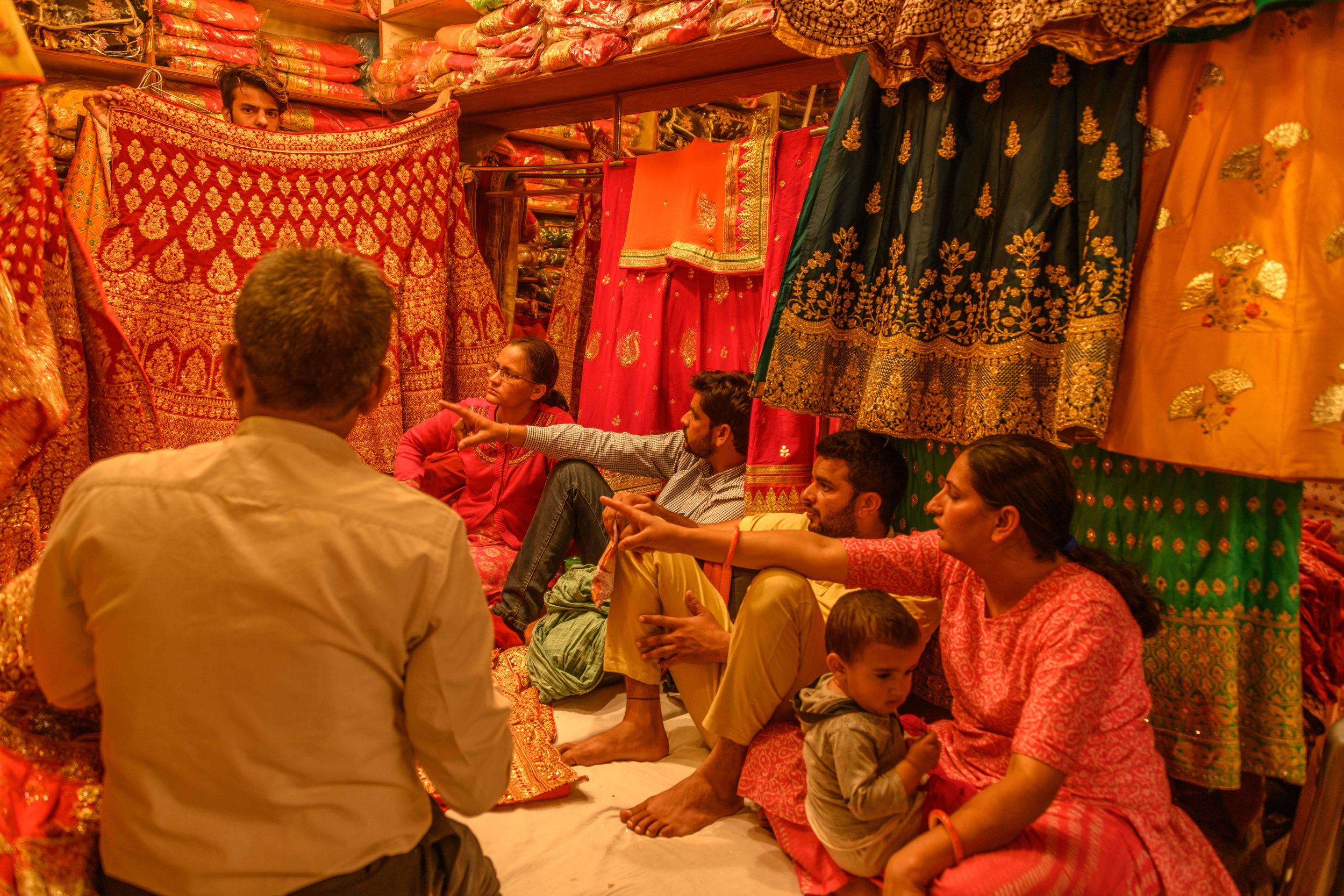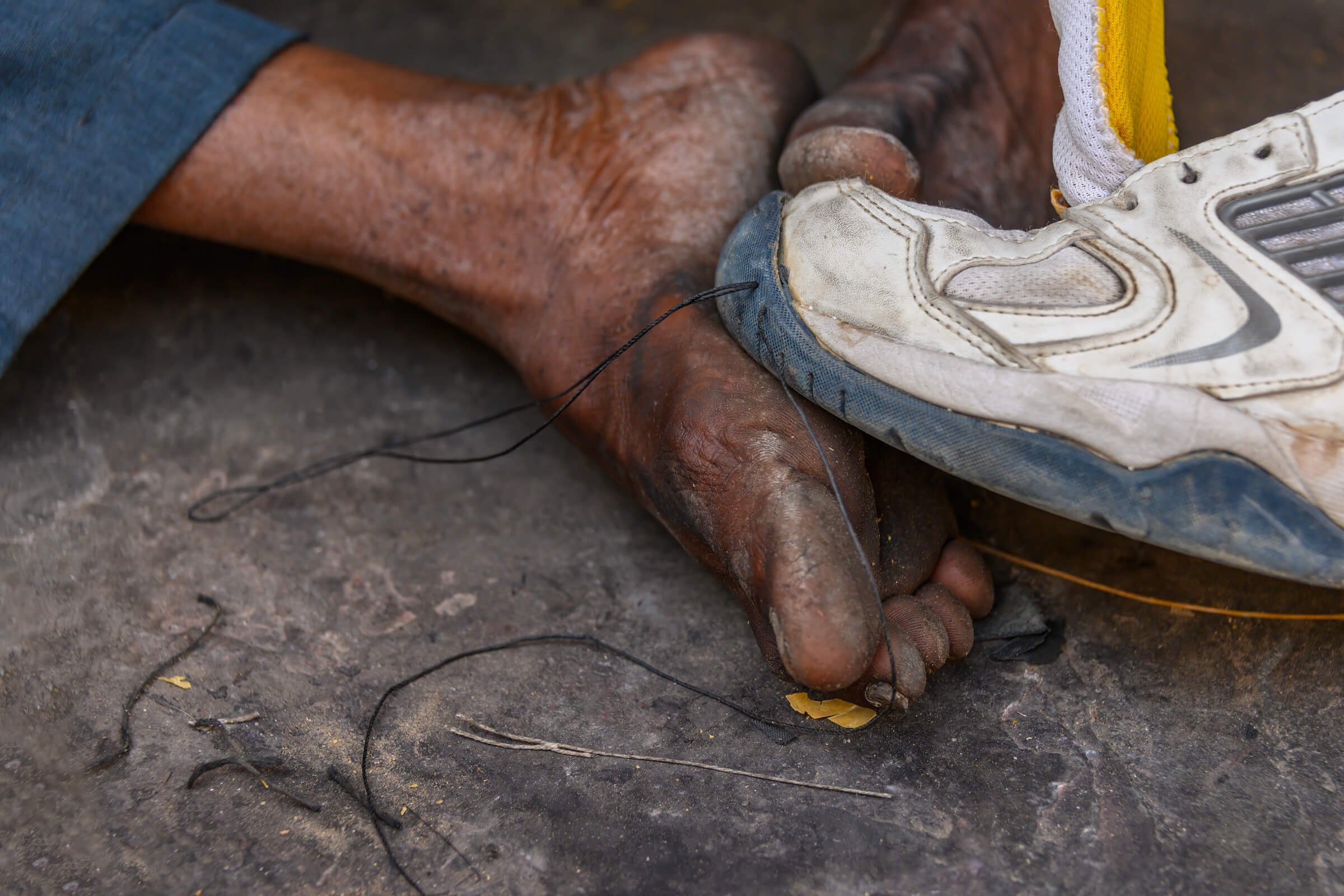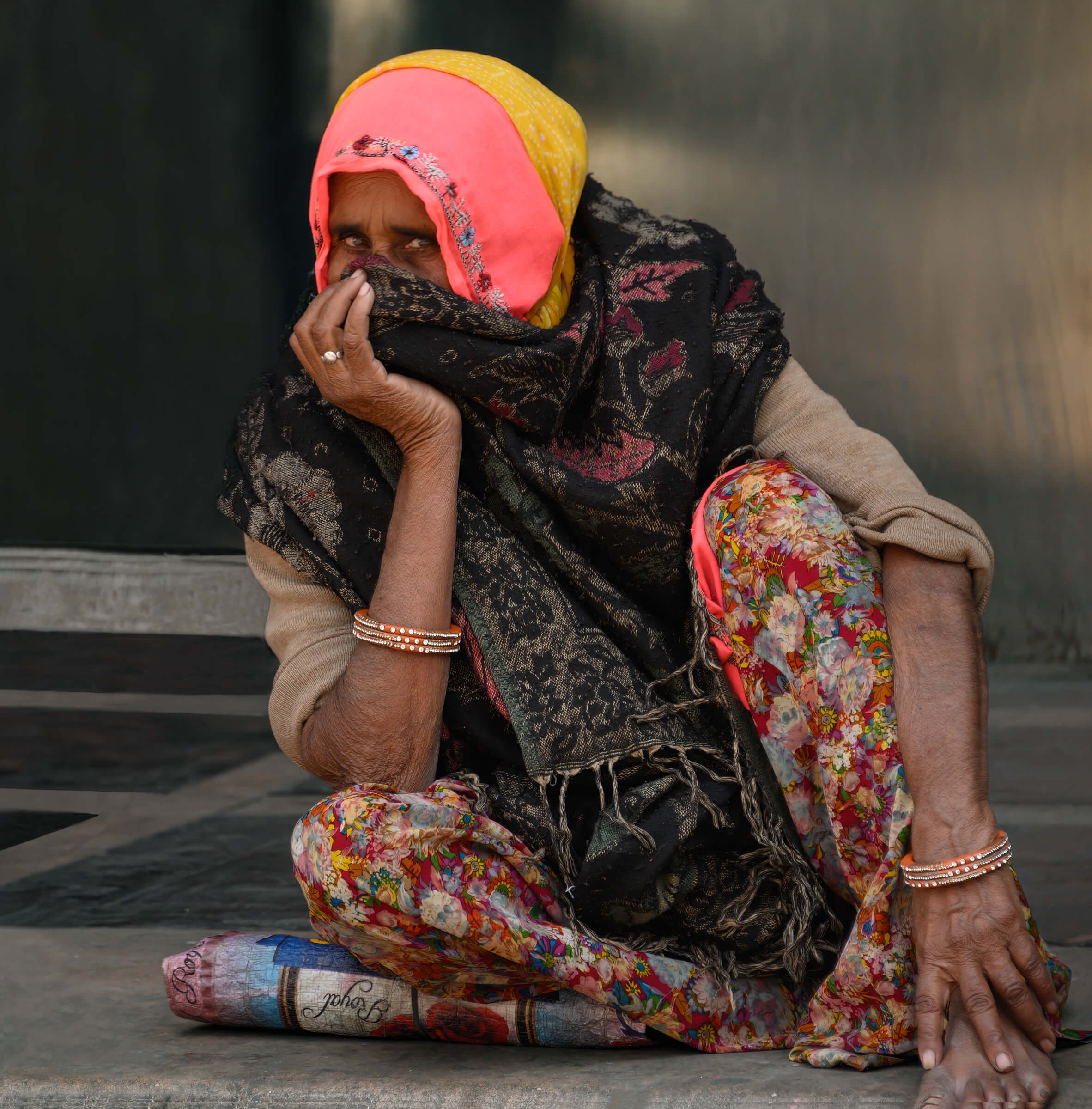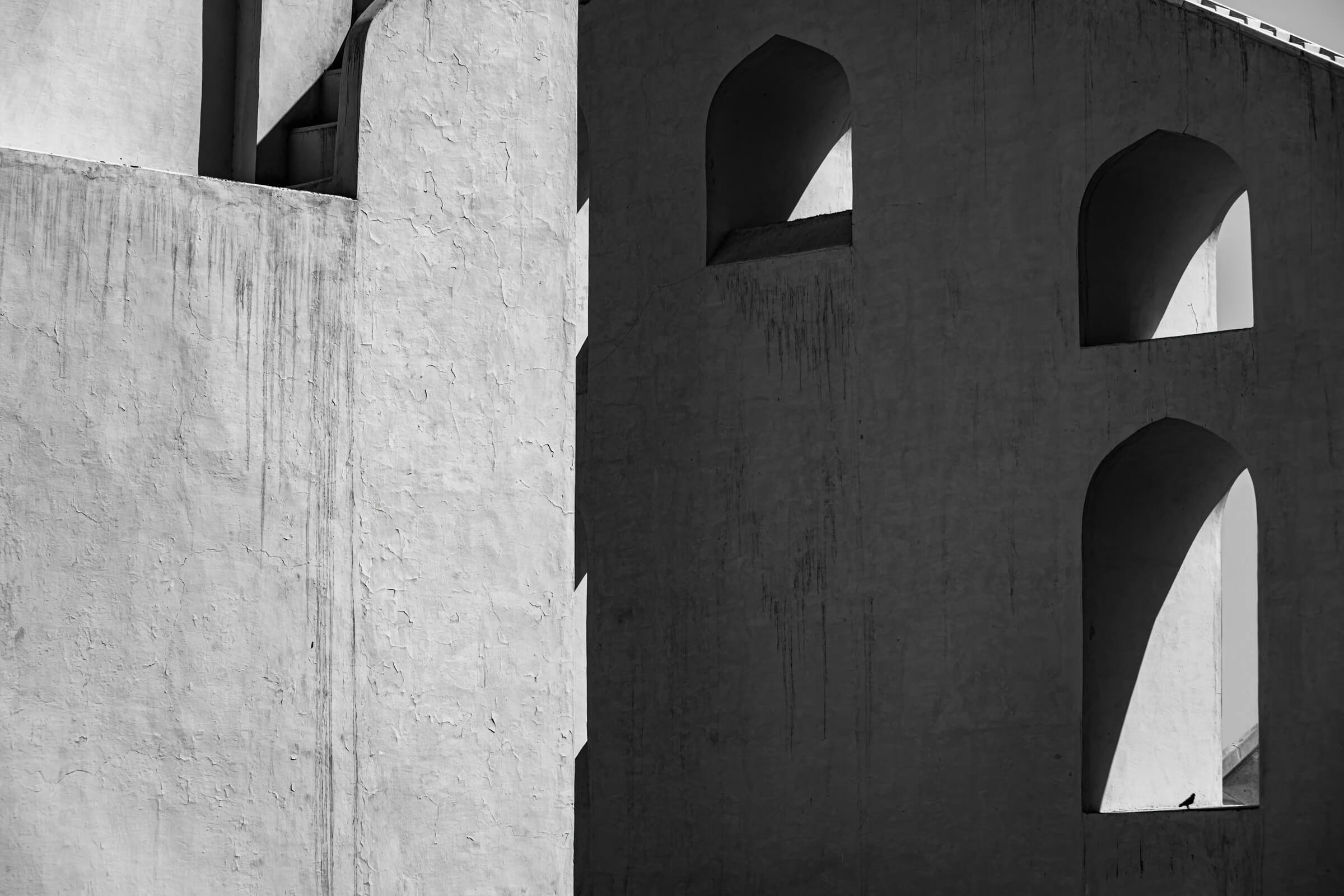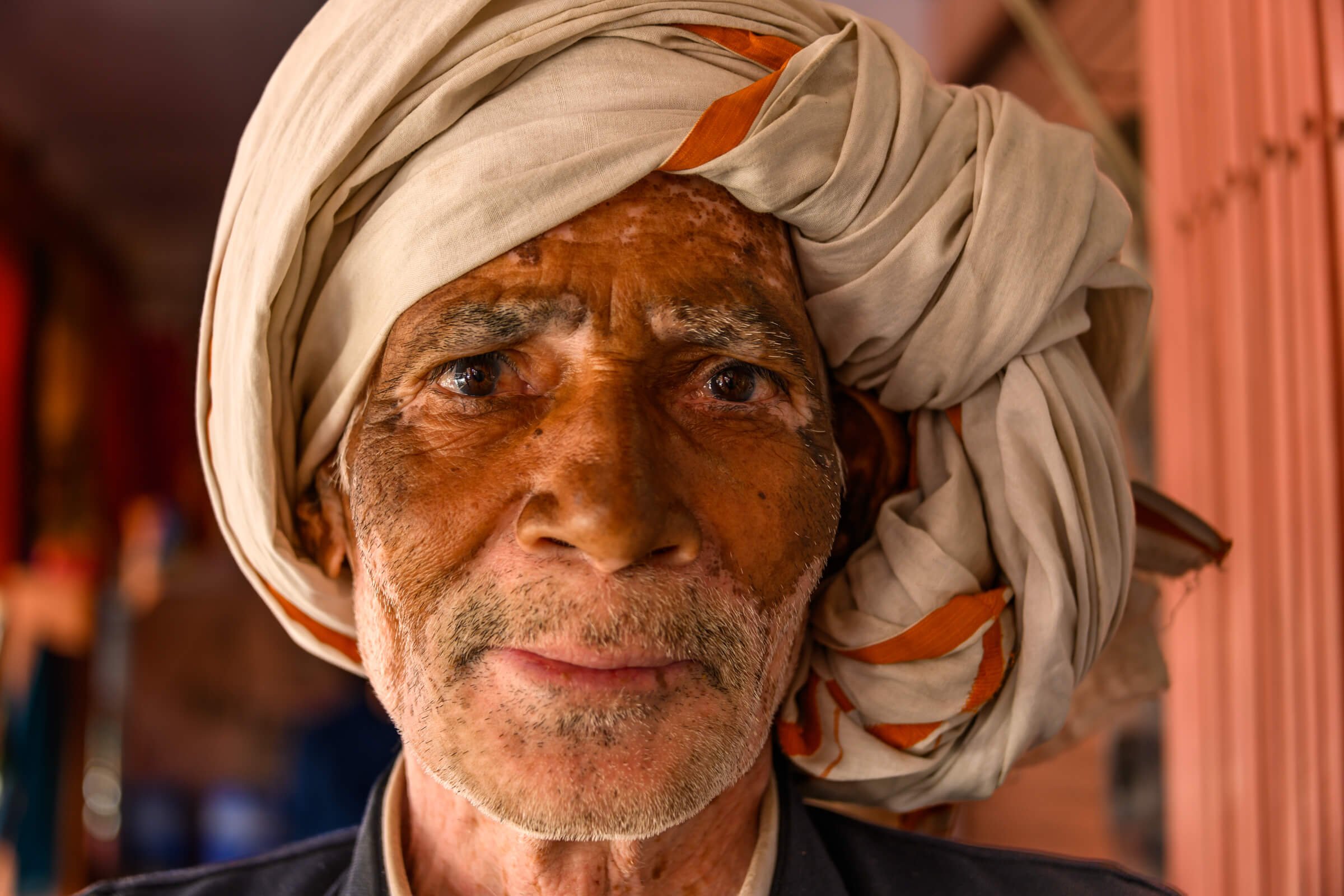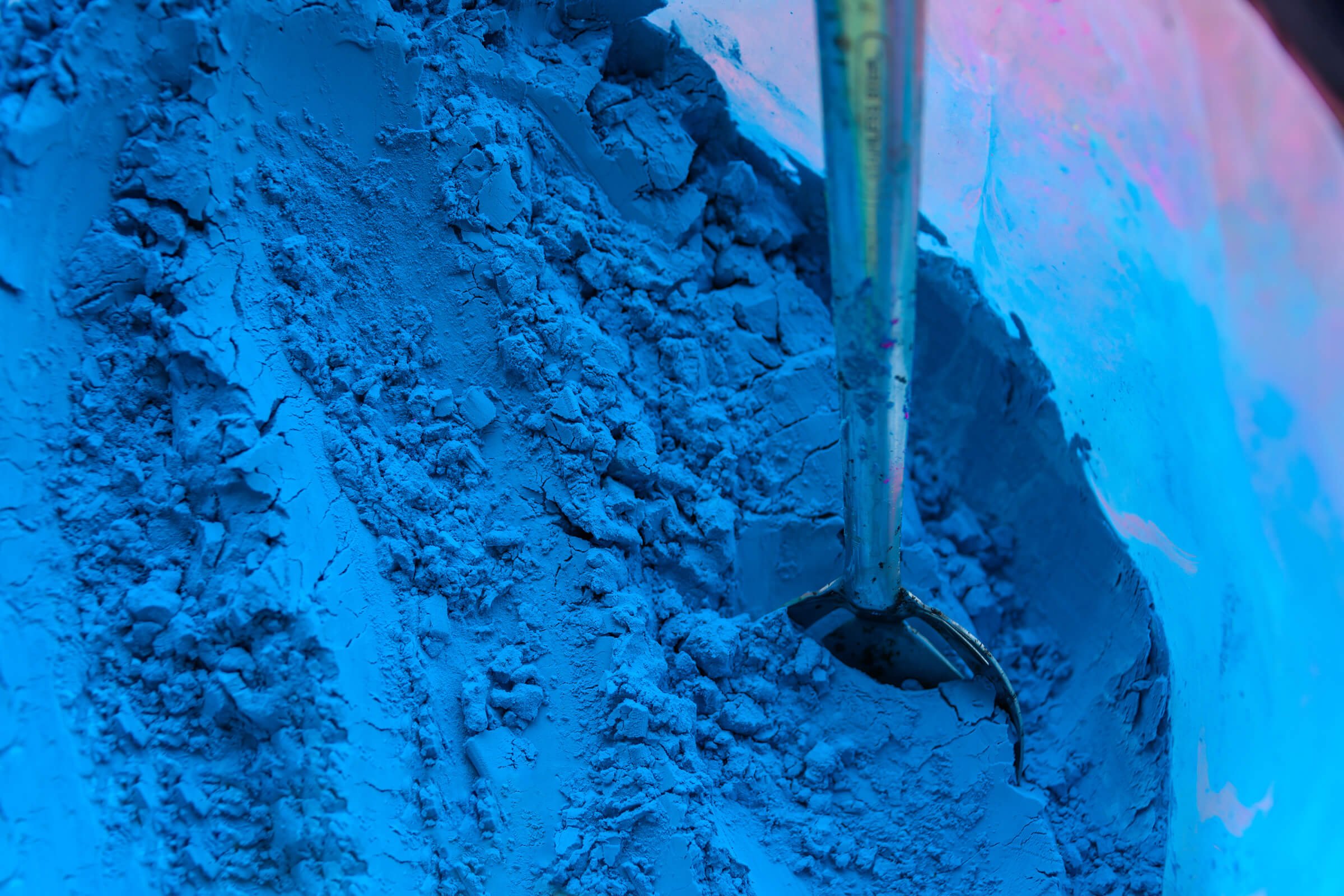India
-
I’ve always been intrigued about life in India, so planning my 2019 travel wasn’t difficult. It was time to experience India for the first time. The places I chose for this memorable trip included Uttar Pradesh, Delhi, Punjab, and Rajasthan.
My first stop was Uttar Pradesh, and we arrived by car in Varanasi - one of the oldest cities in the world that dates back to the 11th century B.C. Set on the banks of the vast River Ganges, this city has witnessed centuries of daily religious bathing, cremations, and rituals performed at the Ghats. This process allows pilgrims to cleanse their sins away. Among hundreds of other Ghats, the most significant in the city is Dashashwamedh. According to legends, this was created by the Hindu deity Brahma to welcome Shiva.
Through meditation and yoga, people began practising spiritual discipline when the sun started rising. This practice was undertaken mainly by the ‘Sadhu’ - also named the Holy Man by the west. But these were not the only people in the unique scene. Hundreds of young boys also arrived at the riverbank to be blessed on their journey to becoming monks. Women were also present, washing their family’s clothes as a daily duty while children sat around them waiting. Barbers were also situated on the Ghats steps, assisting anyone wanting to be consecrated on that day. I could also see little girls selling flowers for cremation attendees, and of course, a vast dog population was present - a scene like no other.
A few metres away, the rest of the city continued daily activities as usual. Tailors and shoemakers returned to the narrow streets to continue restless work.
As the sun set, hundreds of locals gathered on boats for the daily ceremony at Dashashwamedh Ghat. This space is venerated with flowers, candles, incense, and of course, prayers.
My next stop was Delhi, a welcoming and colourful city known for friendliness, chaotic traffic, the non-stop sound of car horns and tuk-tuks everywhere. You could also hear traditional music floating from various shops throughout the city - a mix of the past and present in one place. Delhi also showed me majestic buildings and historic ruins combined with modern skyscrapers and diplomatic enclaves.
Aside from driving past the main sights of the Parliament houses, I also asked for a short stop at the India Gate. Here I saw the War memorial arch and walked through the city’s main avenue full of vendors, tourists, and even people who came to fight!
After a short flight to Punjab and a drive to Amritsar, I visited a magical place founded by the Sikh Guru Ram Das. This location is distinguished for its Golden Temple, which was covered in copper and overlaid with pure gold when it was built. This magnificent temple welcomes thousands of Sikh pilgrims every day to celebrate life.
While at the site, I could get into the community facilities where hundreds of people were cooking for those on the journey that had nothing to eat and nowhere to rest. This was a humble moment for me. I wasn’t sure whether to photograph this particular stage, but the community allowed me to capture the moment while always smiling.
I also had the opportunity to meet a traditional family in their small village not far from the Golden Temple. After exploring the wheat fields, the family accompanied me to their barn to see how the local farmer processed the cereal after cropping and producing flour. This product was to be sold in another Indian region.
While still in Punjab, my journey continued to Wagah to witness the closing ceremony by sunset at the Indian-Pakistan border. Despite the hot weather, I sat by the grandstand with thousands of tourists waiting for the big event. Chants came from the Indian stands, which were also met by chants from the Pakistan side. Soon, soldiers from both countries marched in perfect drill formation, passing through the steps, and bringing down their national flags. The ceremony closed with everybody dancing on the ground and loud combined applause.
The next morning I flew to Jaipur, the capital of Rajasthan, to visit first the unique Jantar Mantar Observatory. This historic structure was built in 1700 alongside the city palace. I also explored the Amber Fort, a one-of-a-kind palace on a hill surrounded by decorated elephants who transported visitors with pleasure.
When I returned to Jaipur city, my time was mostly spent on the streets photographing the local people. I was grateful to capture their day-to-day labour, using the looms, carving precious stones, playing chess, and selling or choosing fabrics for Saris.
As I was visiting during spring, it was a few days before the ancient Indian Colour Festival. Locals and tourists alike were preparing for the annual celebration, painting their faces with lots of excitement. Mirza Road, the main avenue, was full of powder paints used for covering yourself or spraying at family and friends.
India represented everything I was expecting - and more. Joy, respect, and authentic human connections. I am so pleased to have met everyone on my path, and my great appreciation goes out to my four guides and drivers - thank you!
